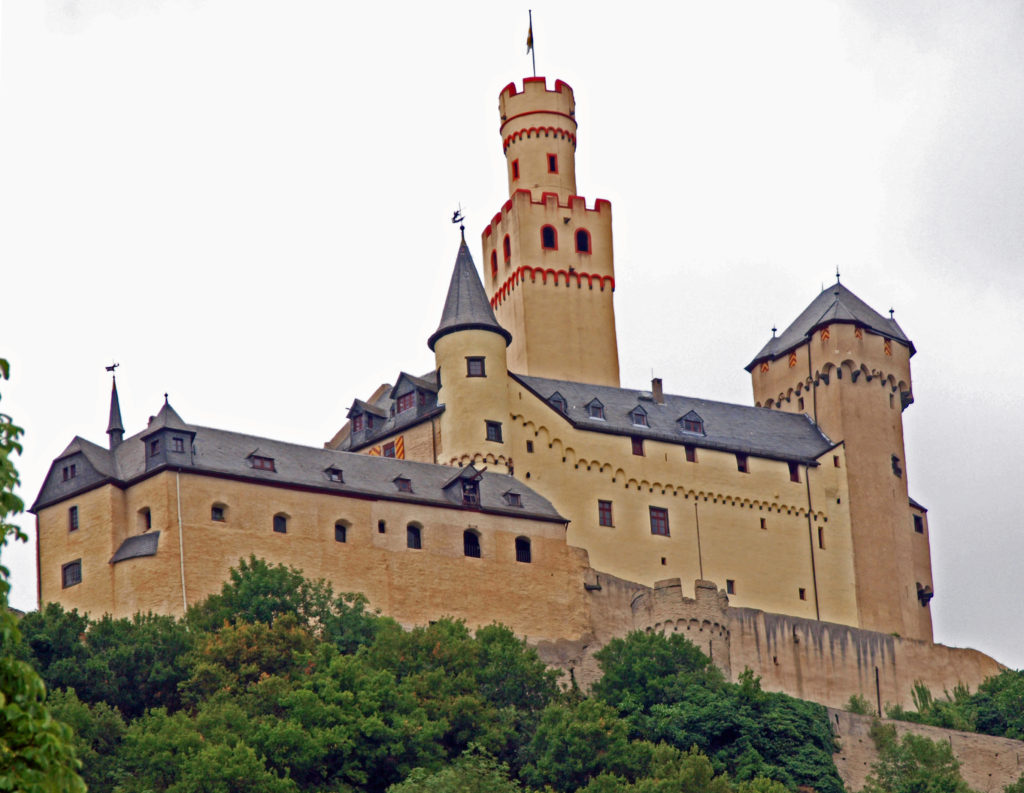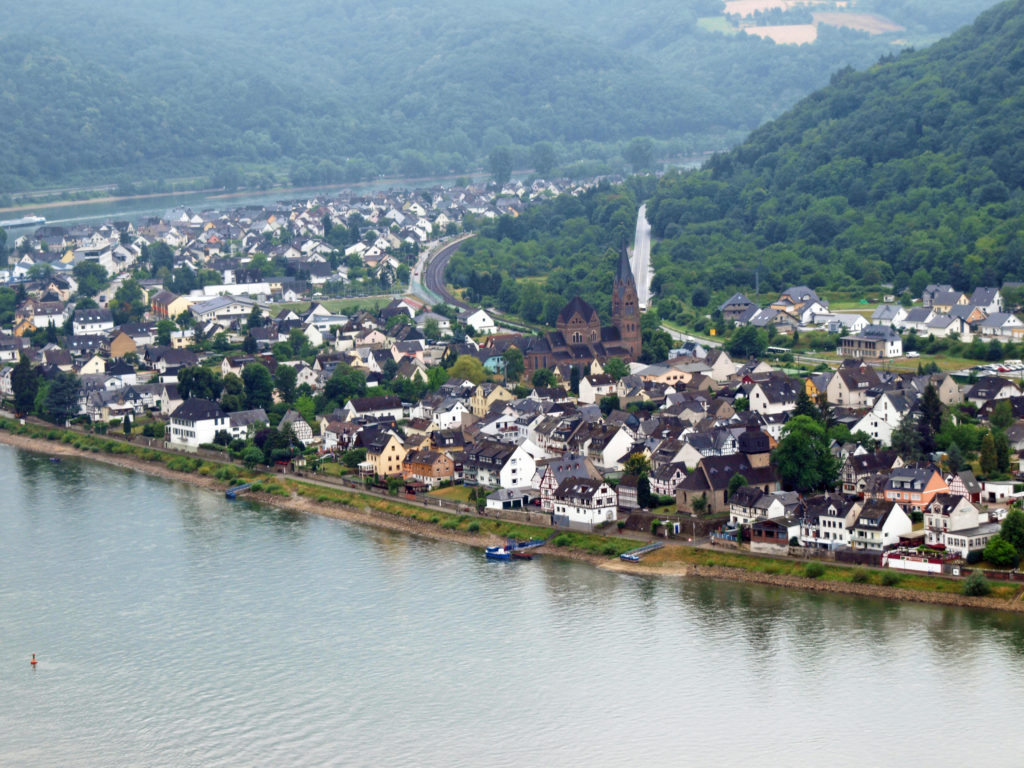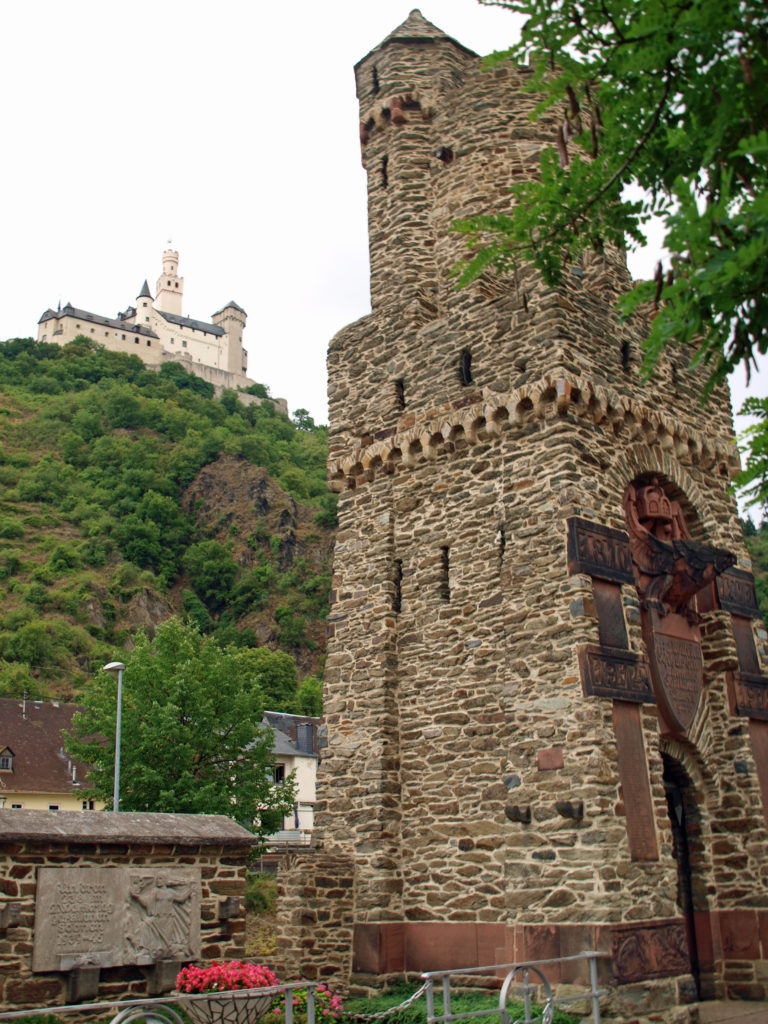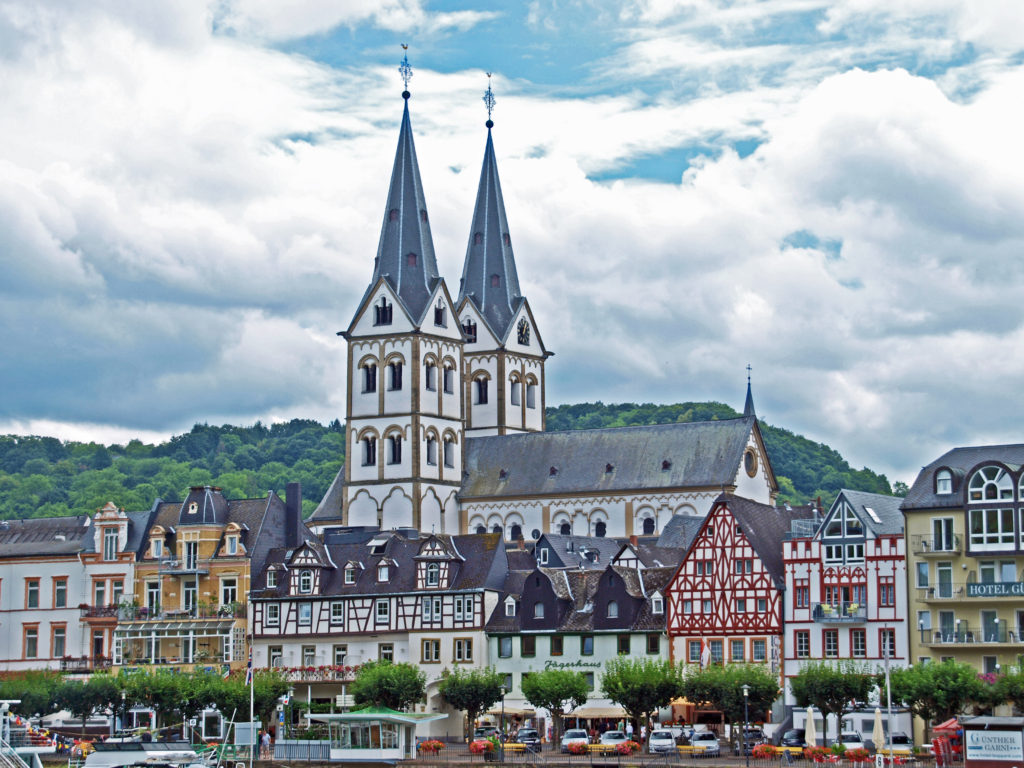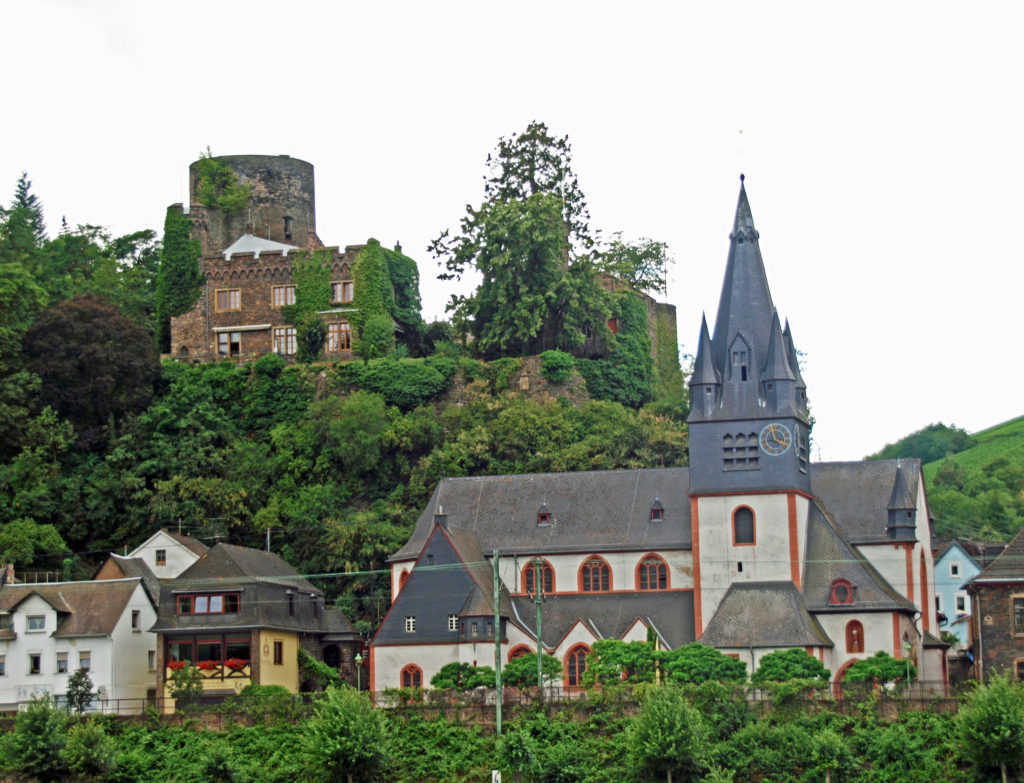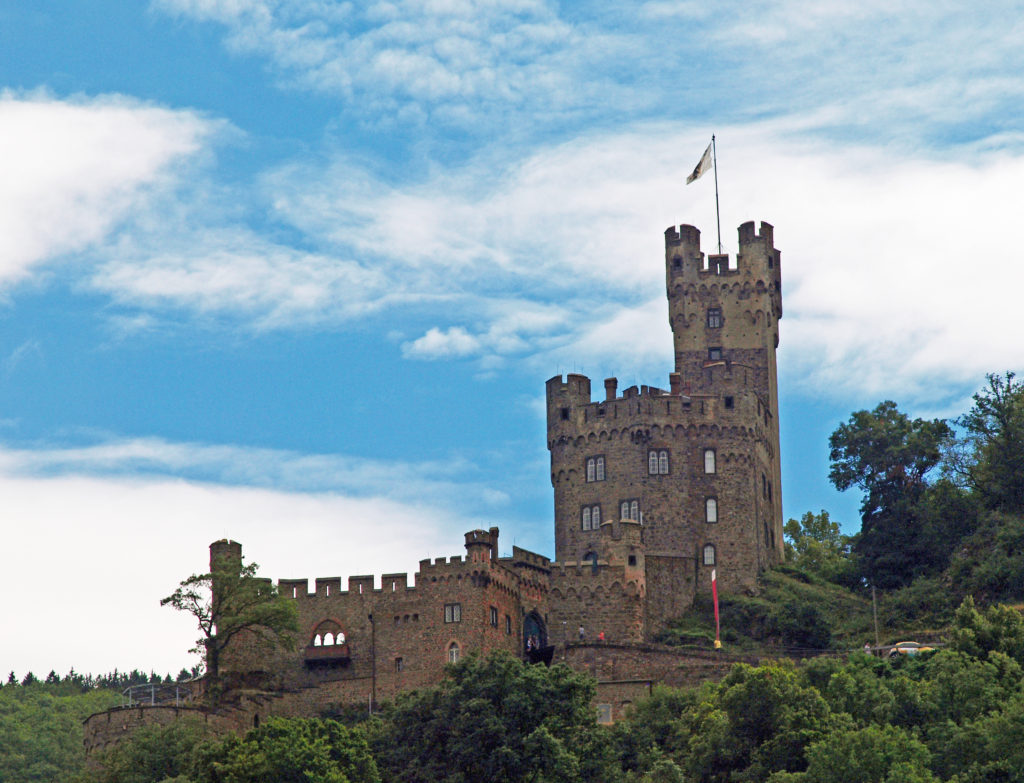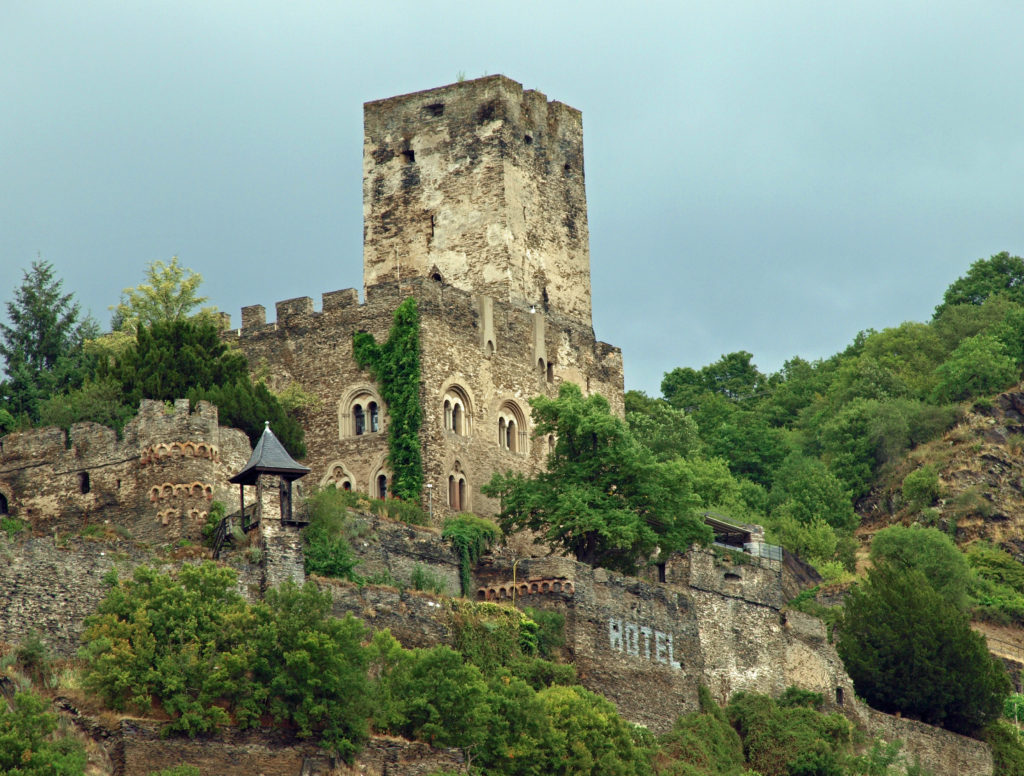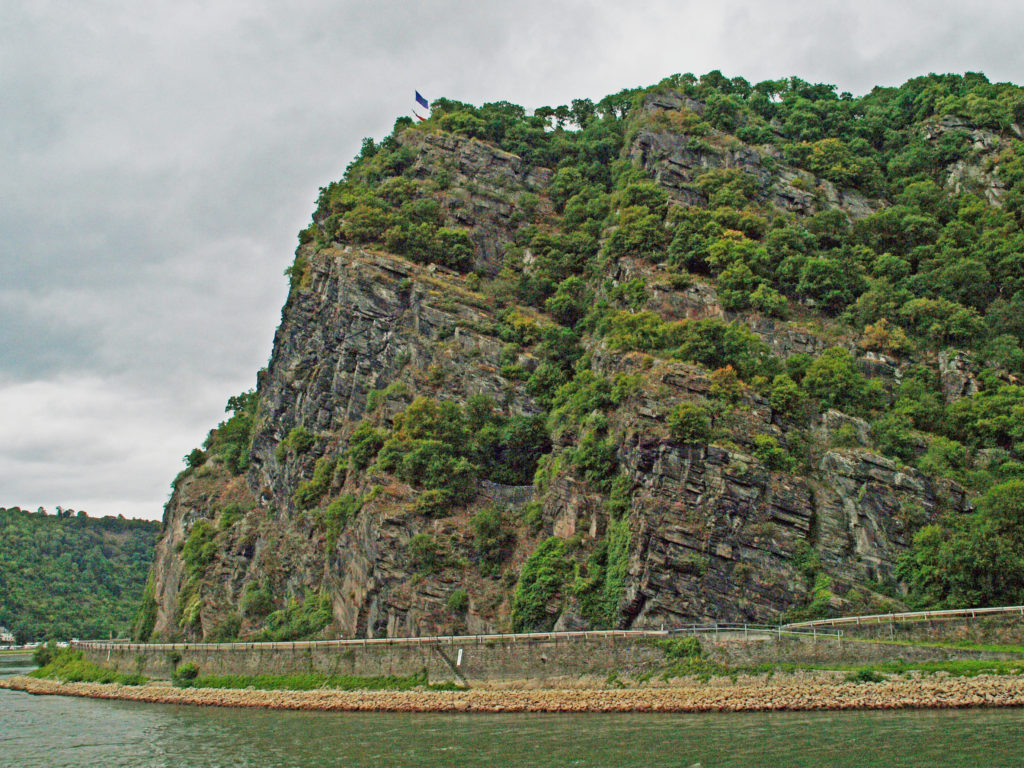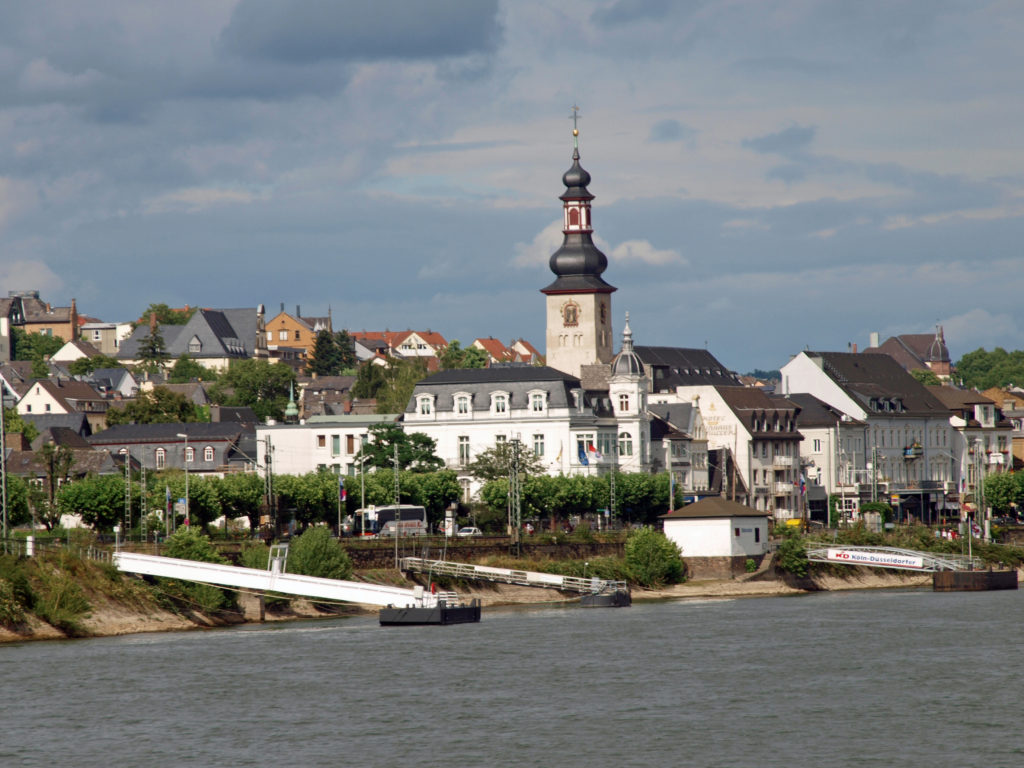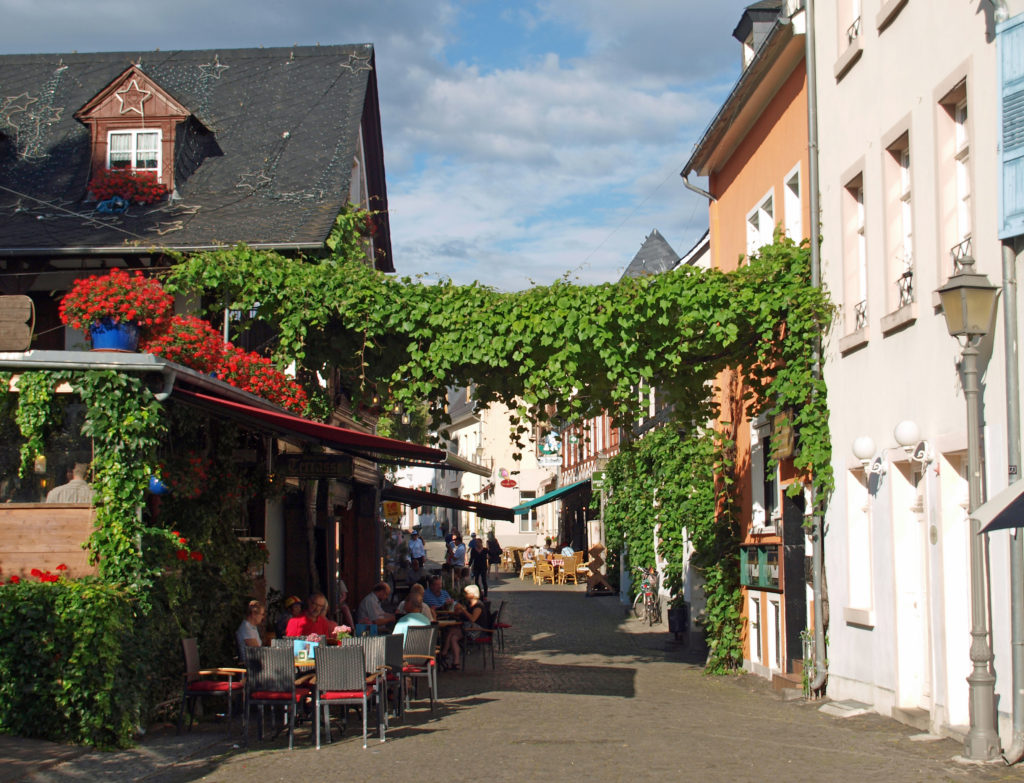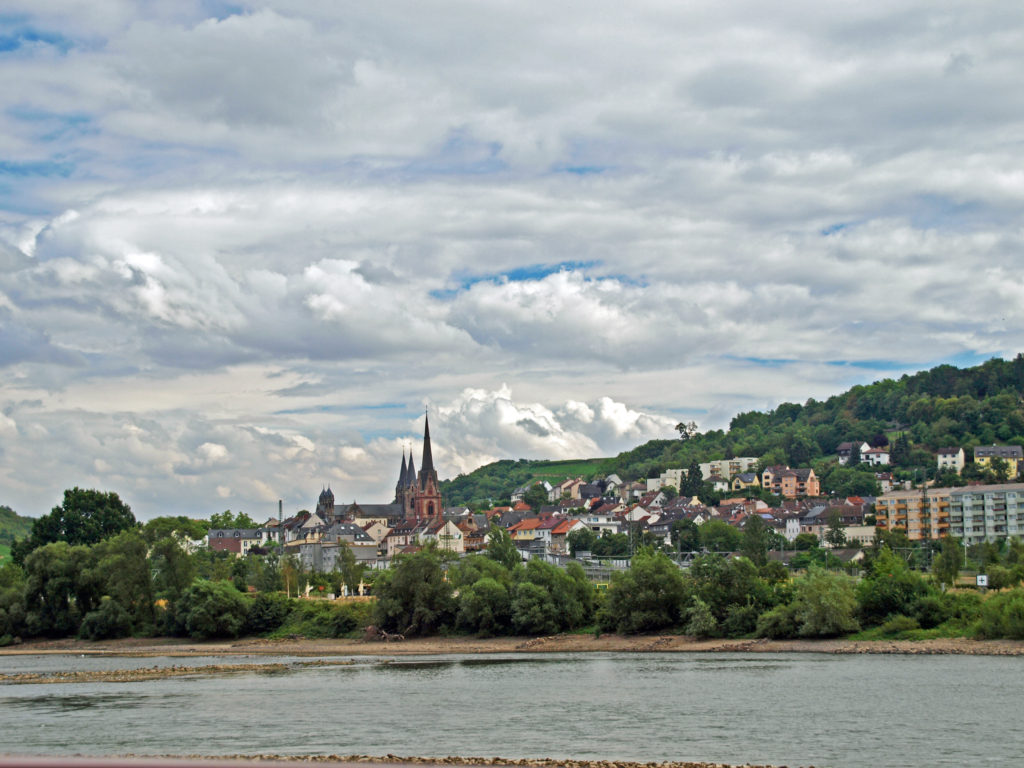When travelers think of Swiss cities, Bern and Basel probably don’t come immediately to mind. In fact, Rick Steves’ Switzerland guide book doesn’t even mention Basel. And even though Bern is the capital of Switzerland, it is not nearly as well known as Geneva, Zurich, and Lucerne. But both Bern and Basel have charming and interesting medieval city centers and are well worth exploring.
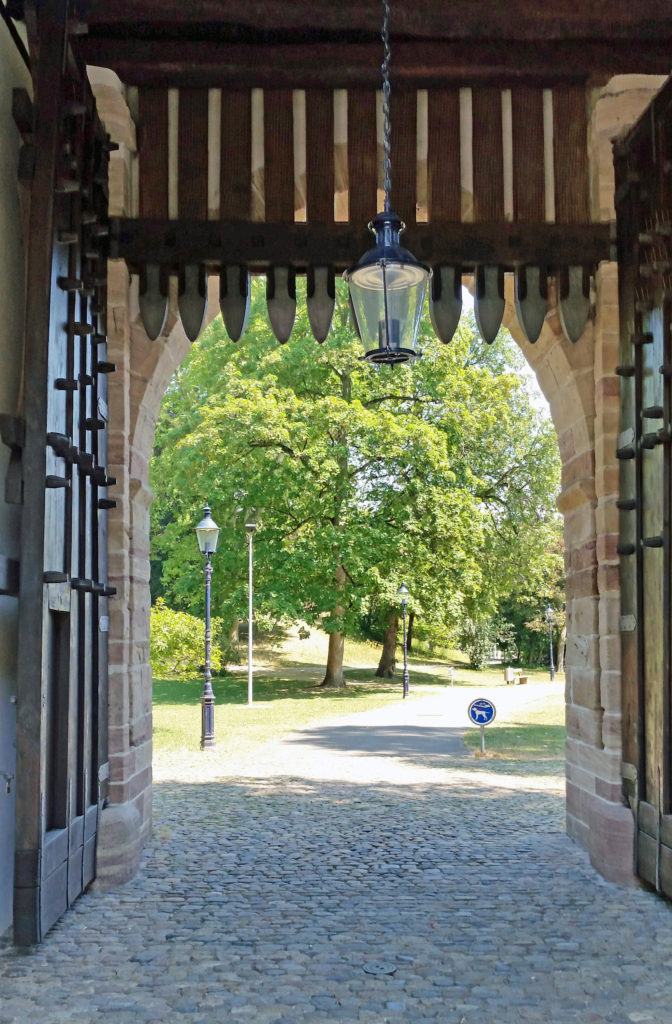
Basel is located on the Rhine River where the borders of Switzerland, Germany, and France meet. The city center straddles the river, and the city’s suburbs spill into both Germany and France. Bern is located on the Aare River midway between Geneva and Zurich, about 40 miles as the crow flies south of Basel .
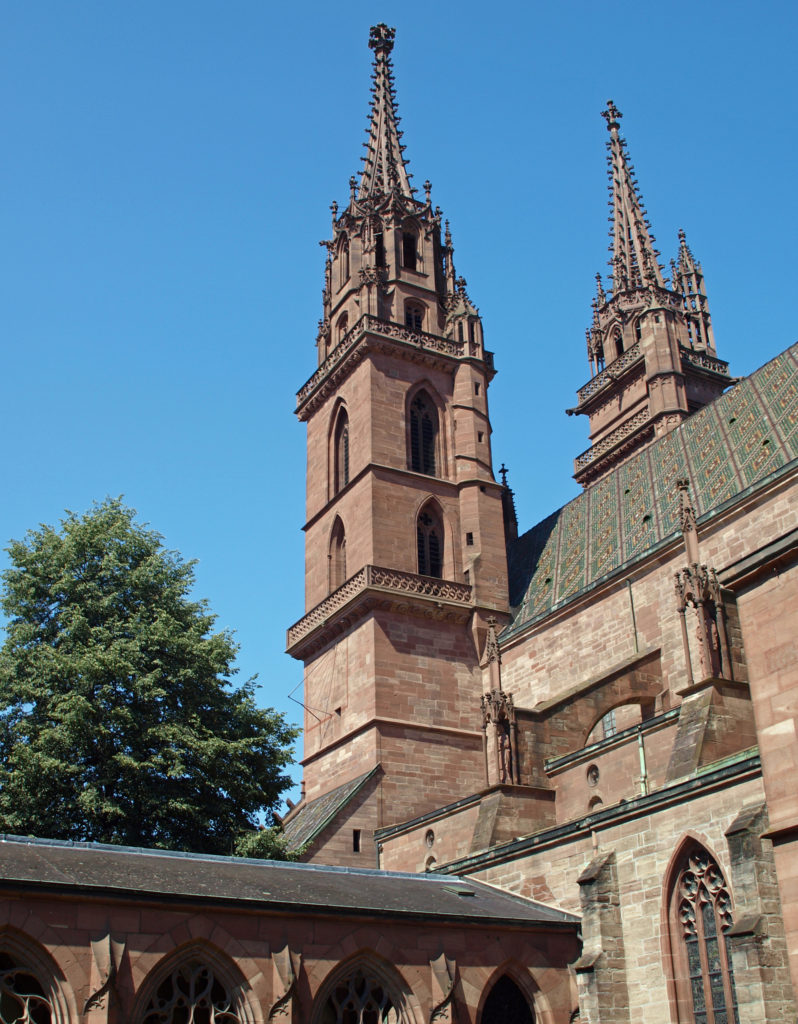 BASEL
BASEL
When my wife and I did a Rhine River cruise a number of years ago, Basel wasn’t really on our agenda. It was just the place where the cruise ended, where we would spend the night before extending our trip to the Lauterbrunnen Valley in the Berner Oberland section of Switzerland.
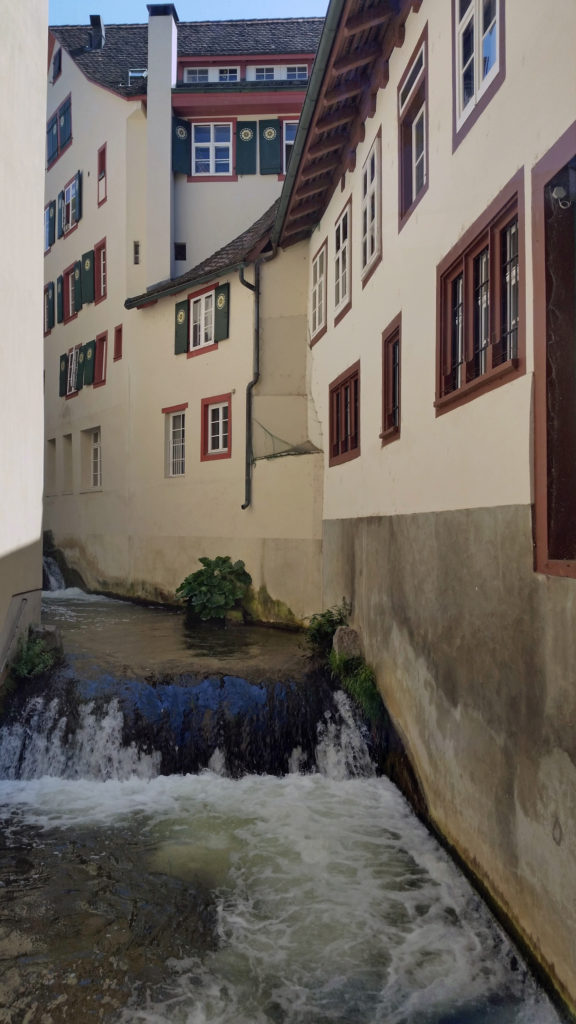 Since our guide book didn’t cover Basel at all, we didn’t know quite what to expect. But, after disembarking the ship in the morning and taking a taxi to our hotel, we took advantage of having the rest of the day to explore the city.
Since our guide book didn’t cover Basel at all, we didn’t know quite what to expect. But, after disembarking the ship in the morning and taking a taxi to our hotel, we took advantage of having the rest of the day to explore the city.
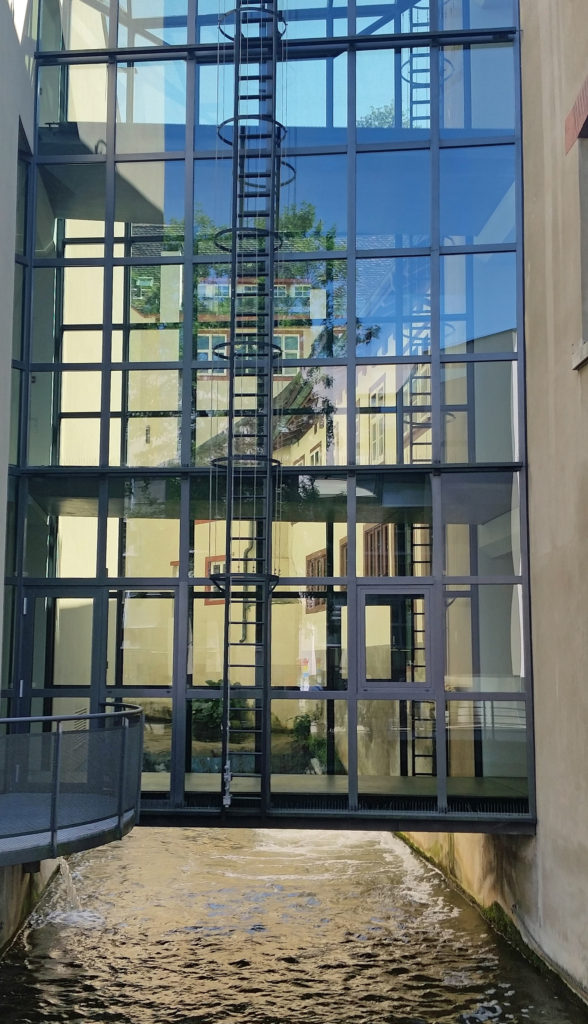 We first headed to the Museum of Contemporary Art, part of the Kunstmuseum. On the way there we discovered an old section of the city (the St. Alban District) that is as picturesque and has all of the charm of the other medieval city centers we’ve visited, but with few tourists and no crowds.
We first headed to the Museum of Contemporary Art, part of the Kunstmuseum. On the way there we discovered an old section of the city (the St. Alban District) that is as picturesque and has all of the charm of the other medieval city centers we’ve visited, but with few tourists and no crowds.
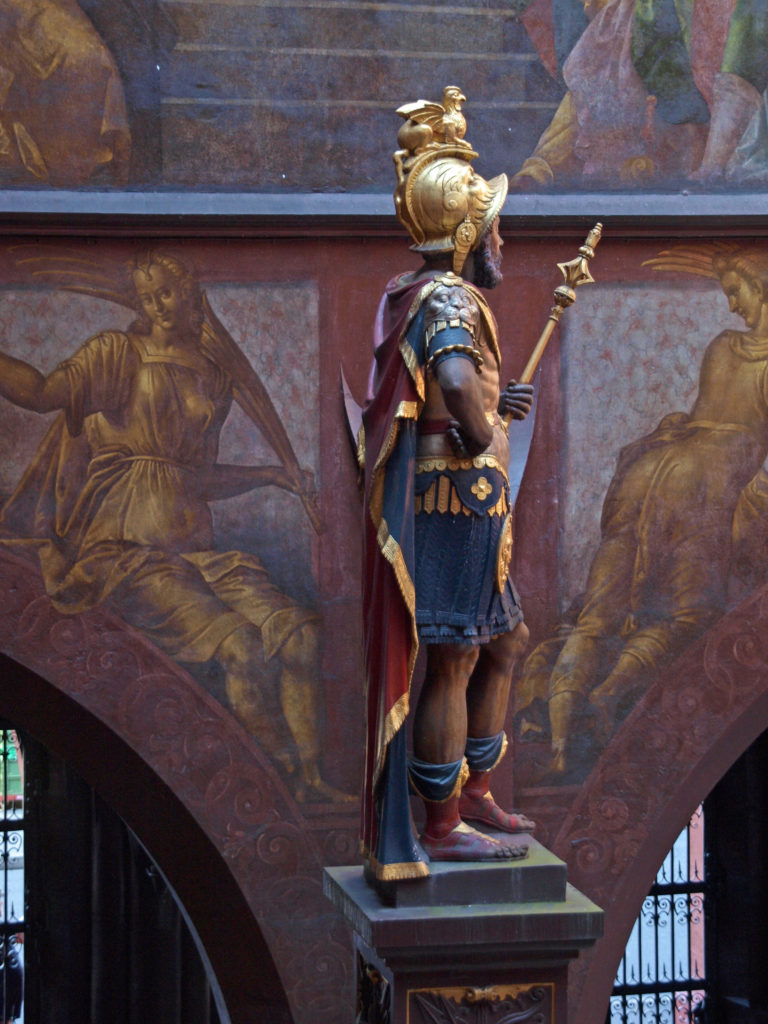 After touring the museum, we spent the rest of the day sampling Swiss cuisine and exploring more of the city center, including Basel Cathedral (Basel Minster) and the Basel Town Hall (Rathaus), which has been the seat of government for 500 years. All in all, Basel was a delightful surprise, and a fitting end to our Rhine River cruise.
After touring the museum, we spent the rest of the day sampling Swiss cuisine and exploring more of the city center, including Basel Cathedral (Basel Minster) and the Basel Town Hall (Rathaus), which has been the seat of government for 500 years. All in all, Basel was a delightful surprise, and a fitting end to our Rhine River cruise.
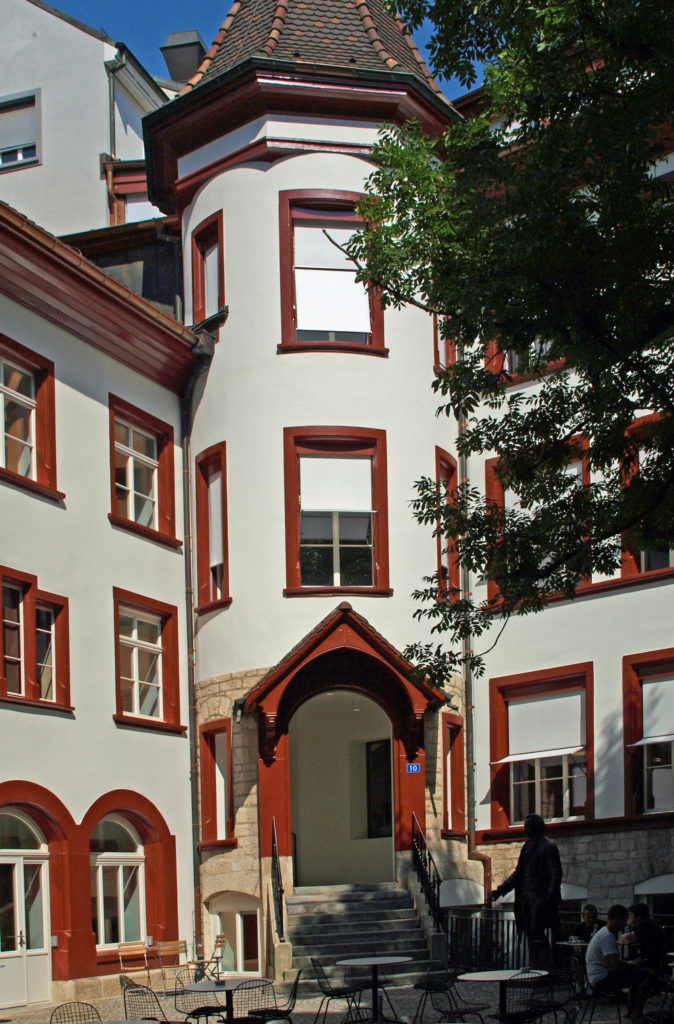
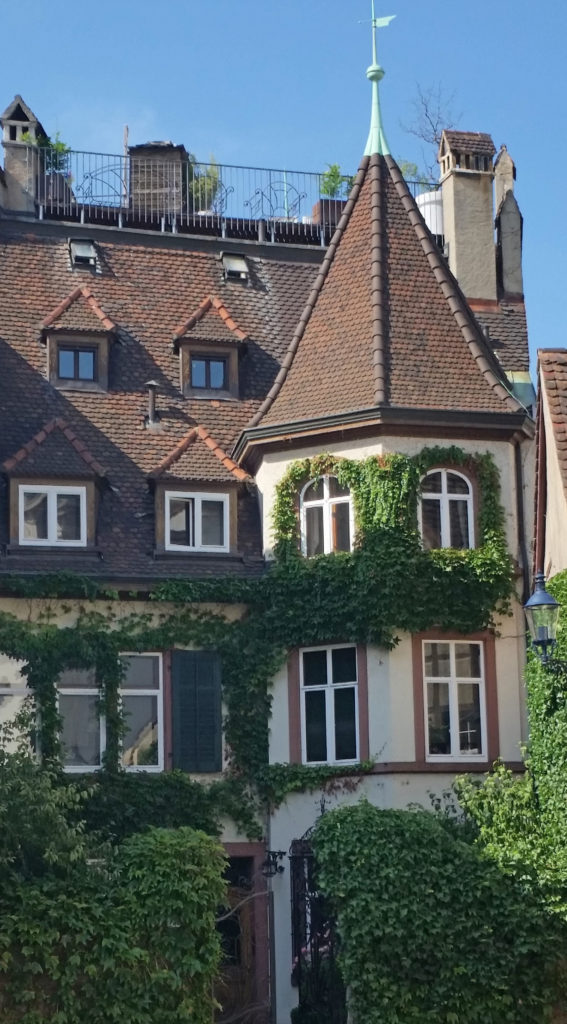
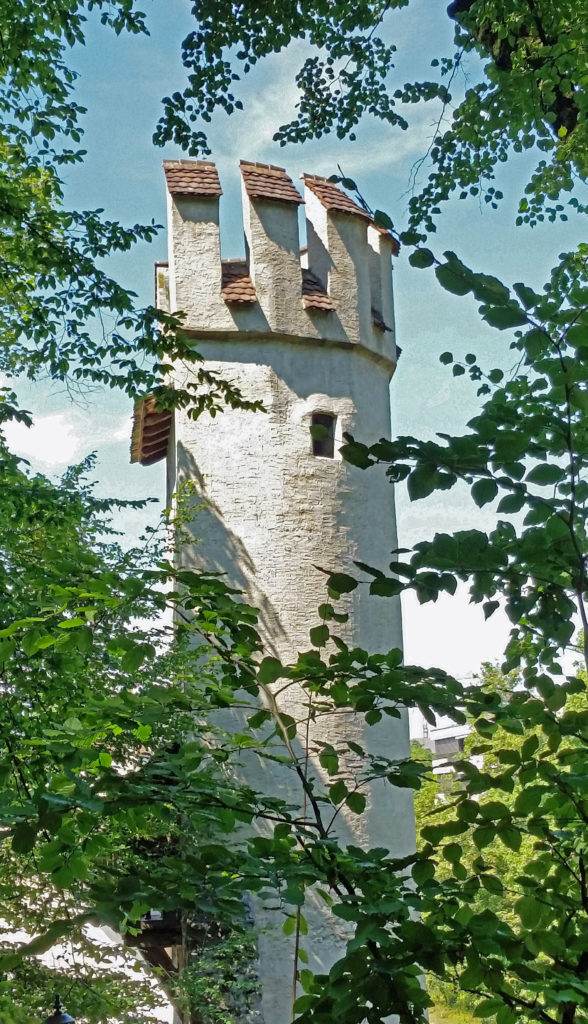 I later learned that Basel is considered by many to be the cultural heart of Switzerland. The Kunstmuseum (linked above), which opened in 1661, is the oldest public art museum in the world. The Museum of Contemprary Art is also the oldest contemporary art museum in Europe. And the and the University of Basel, founded in 1460, is the oldest university in Switzerland. Clearly, there is a lot of history here.
I later learned that Basel is considered by many to be the cultural heart of Switzerland. The Kunstmuseum (linked above), which opened in 1661, is the oldest public art museum in the world. The Museum of Contemprary Art is also the oldest contemporary art museum in Europe. And the and the University of Basel, founded in 1460, is the oldest university in Switzerland. Clearly, there is a lot of history here.
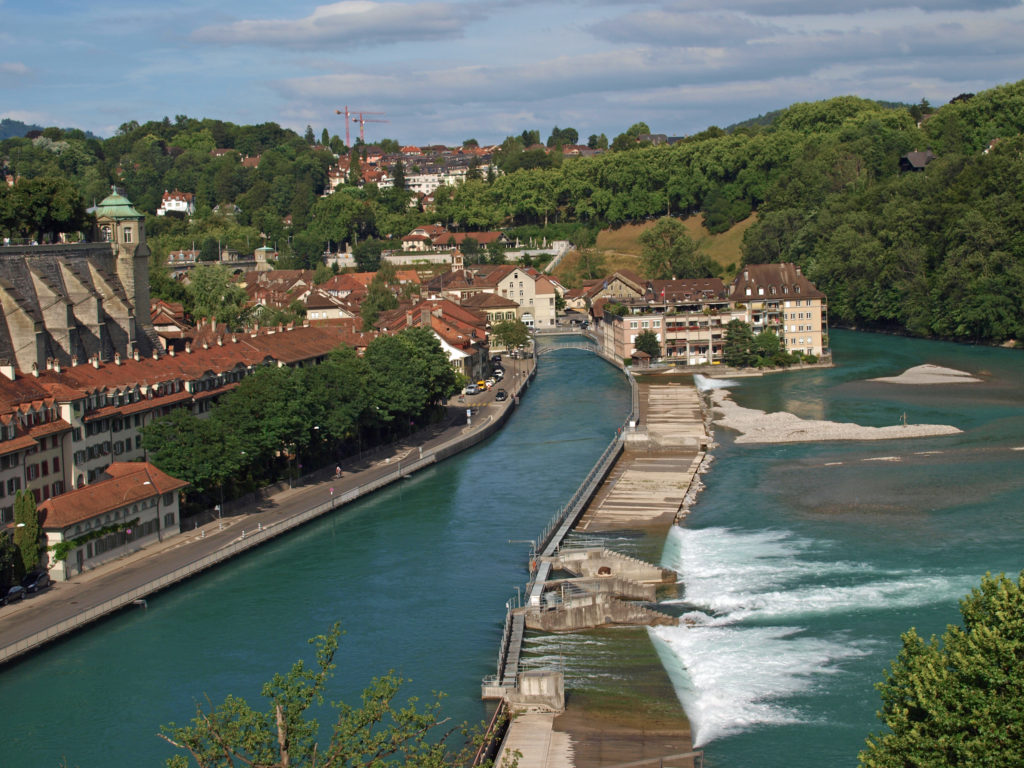 BERN
BERN
Bern also wasn’t really on our radar before the trip. After our stay in the Lauterbrunnen Valley, it was an overnight stop on our way back to Amsterdam and our flight home. But we had booked a hotel room in the old medieval city center, and had the afternoon and evening to explore the old town.

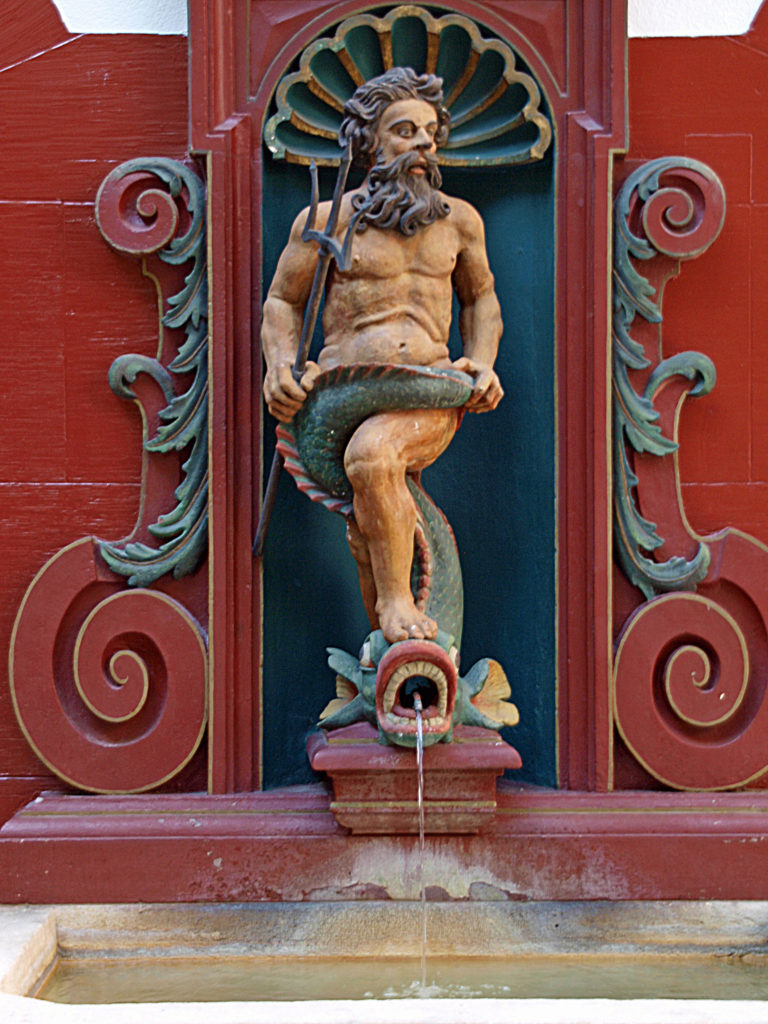
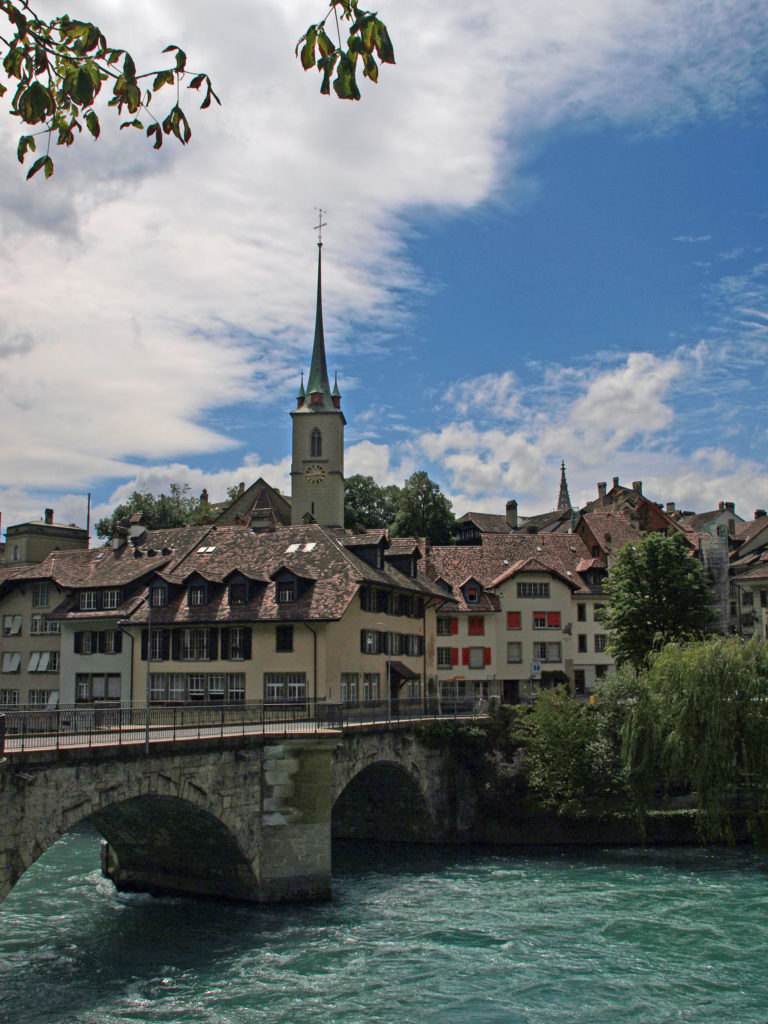 We wandered our way through the medieval center and down to the Aare River at the point of the peninsula that the old city is located on. The Aare is strikingly beautiful, colored turquoise blue by the glacial silt it carries. We lingered along river for a while before crossing the relatively new (built in 1840) high bridge (Nydeggbrucke) on our way to a couple of cold beers at the Altes Tramsdepot, a restaurant and pub housed in what was once a transit center.
We wandered our way through the medieval center and down to the Aare River at the point of the peninsula that the old city is located on. The Aare is strikingly beautiful, colored turquoise blue by the glacial silt it carries. We lingered along river for a while before crossing the relatively new (built in 1840) high bridge (Nydeggbrucke) on our way to a couple of cold beers at the Altes Tramsdepot, a restaurant and pub housed in what was once a transit center.
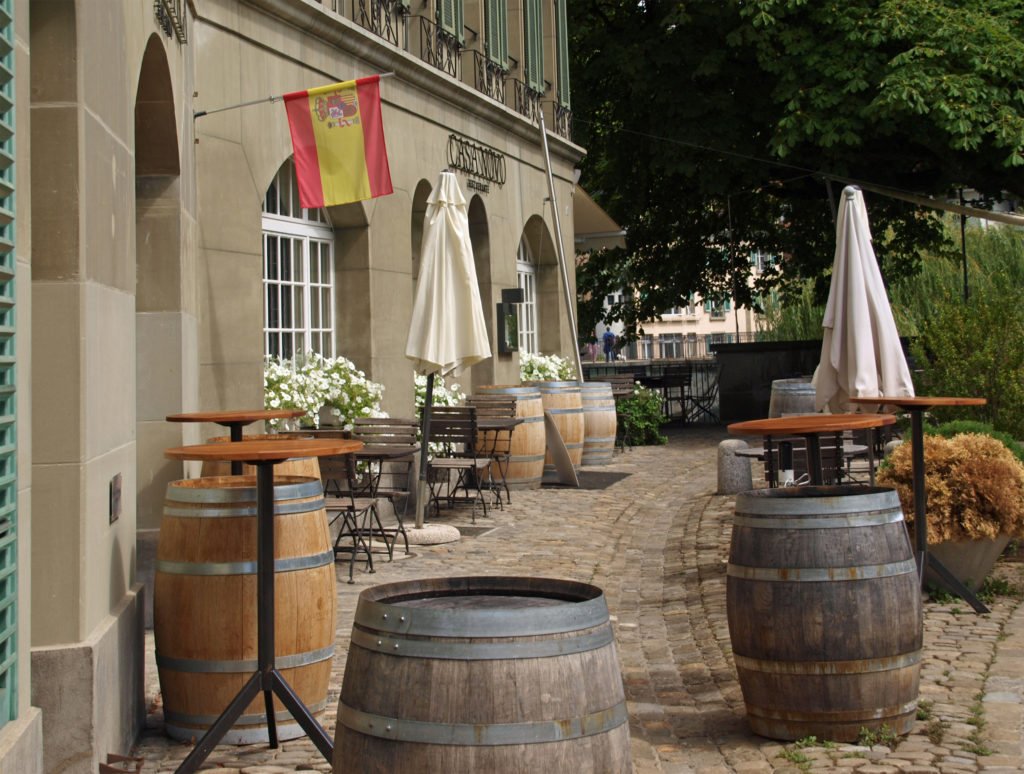
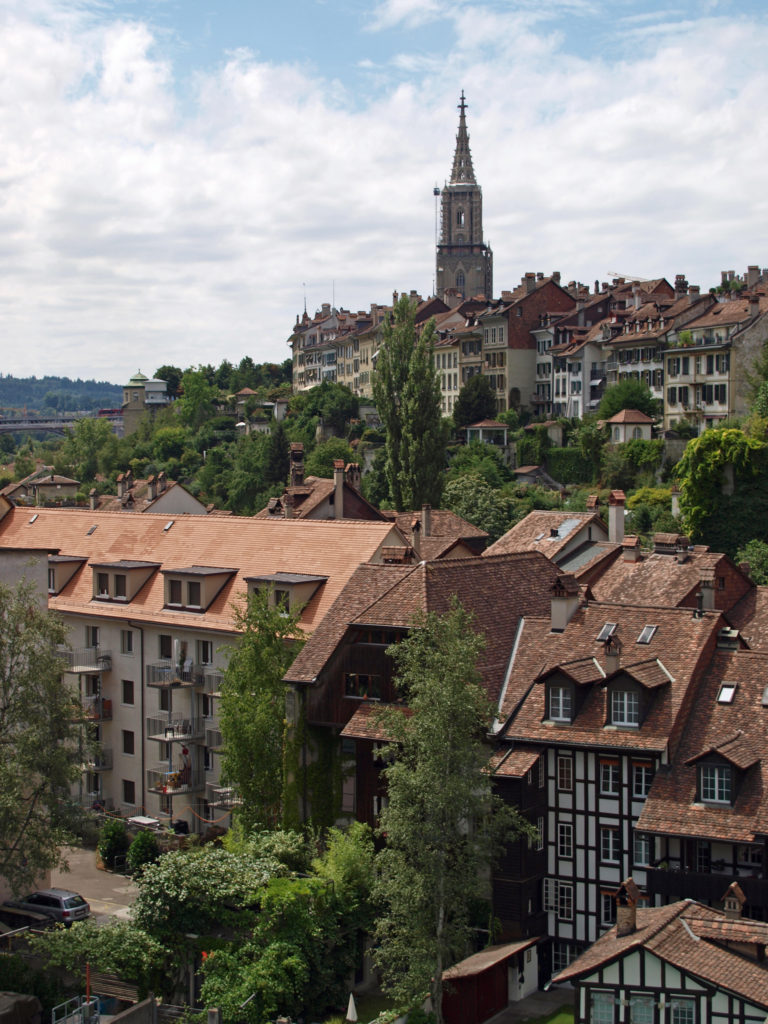 The restaurant and the viewpoint next to it provide a good view of the river and the old city. And below, along the river, you can sometimes see brown bears, which are the symbol of Bern, in the Bear Park (Barenpark). The bears were not out and about when we were there, though.
The restaurant and the viewpoint next to it provide a good view of the river and the old city. And below, along the river, you can sometimes see brown bears, which are the symbol of Bern, in the Bear Park (Barenpark). The bears were not out and about when we were there, though.
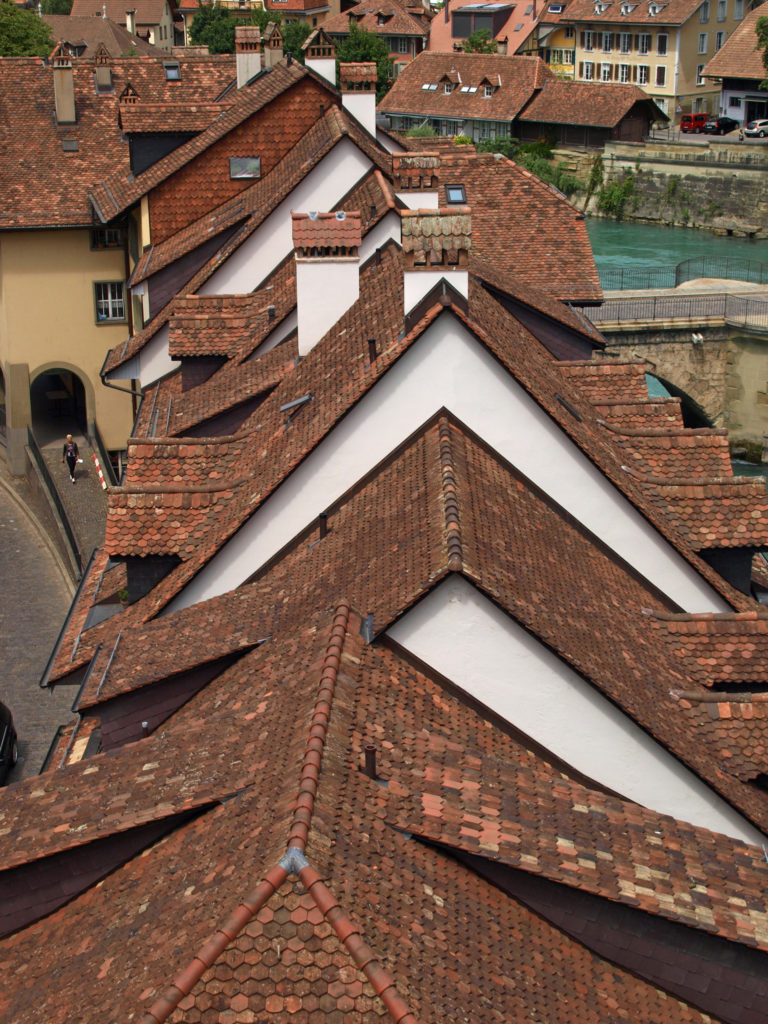
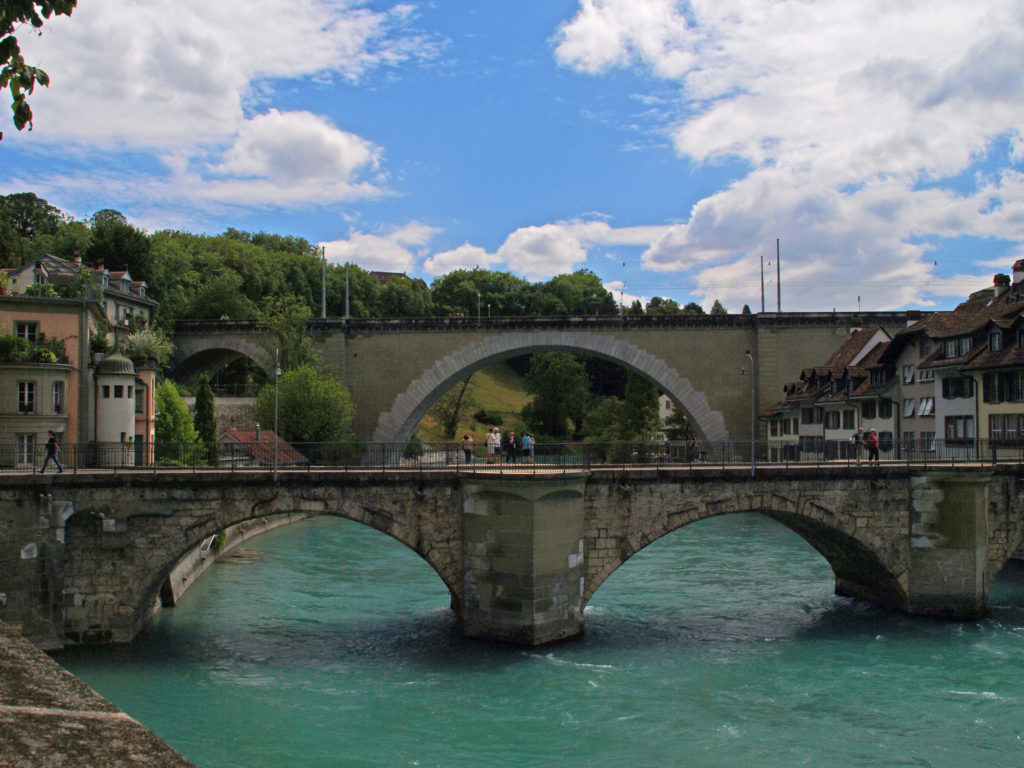 Just downstream of the Nydeggbrucke, the older Untertorbrucke is a good vantage point to photograph the river and the high bridge. The current Untertorbrucke was constructed in 1489 to replace a wooden bridge built in 1256.
Just downstream of the Nydeggbrucke, the older Untertorbrucke is a good vantage point to photograph the river and the high bridge. The current Untertorbrucke was constructed in 1489 to replace a wooden bridge built in 1256.
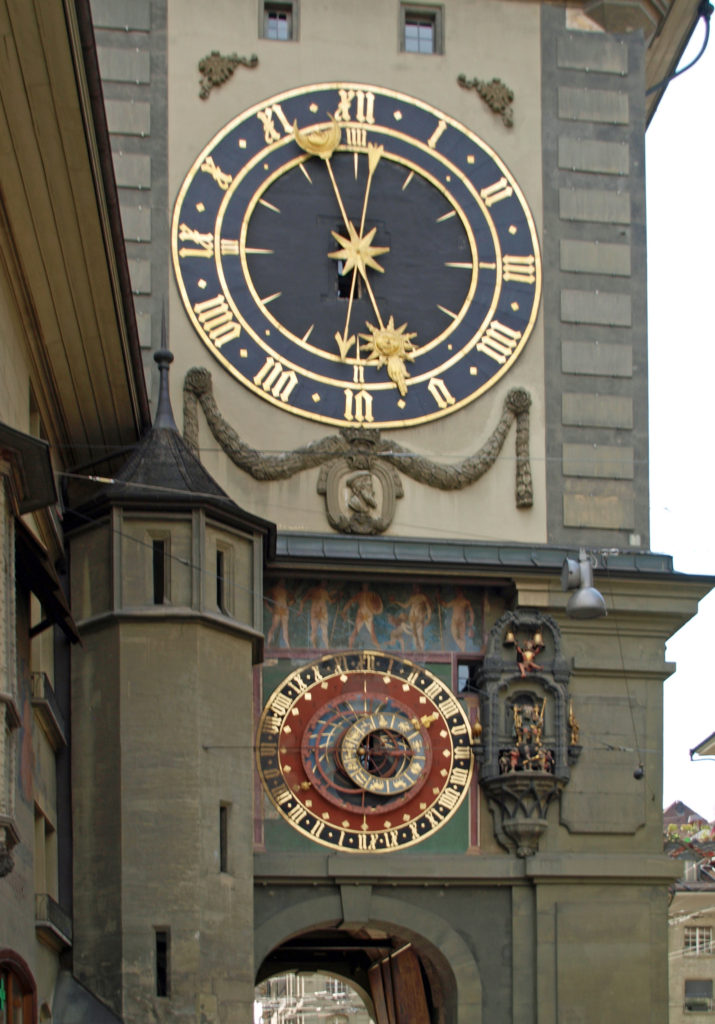 Back in the medieval city center (all of which is a UNESCO World Heritage Site), we visited the Bern Cathedral (Bern Minster) and the Swiss Assembly building (the Bundeshaus). On the grounds of the Bundeshaus we found a rock garden with rocks from places around the world that have Switzerland in their name or are somehow associated with Switzerland. The Wallowa Mountains in Oregon are often referred to as the “Switzerland of America,” and, sure enough, one of the rocks in the rock garden came from Joseph, Oregon.
Back in the medieval city center (all of which is a UNESCO World Heritage Site), we visited the Bern Cathedral (Bern Minster) and the Swiss Assembly building (the Bundeshaus). On the grounds of the Bundeshaus we found a rock garden with rocks from places around the world that have Switzerland in their name or are somehow associated with Switzerland. The Wallowa Mountains in Oregon are often referred to as the “Switzerland of America,” and, sure enough, one of the rocks in the rock garden came from Joseph, Oregon.
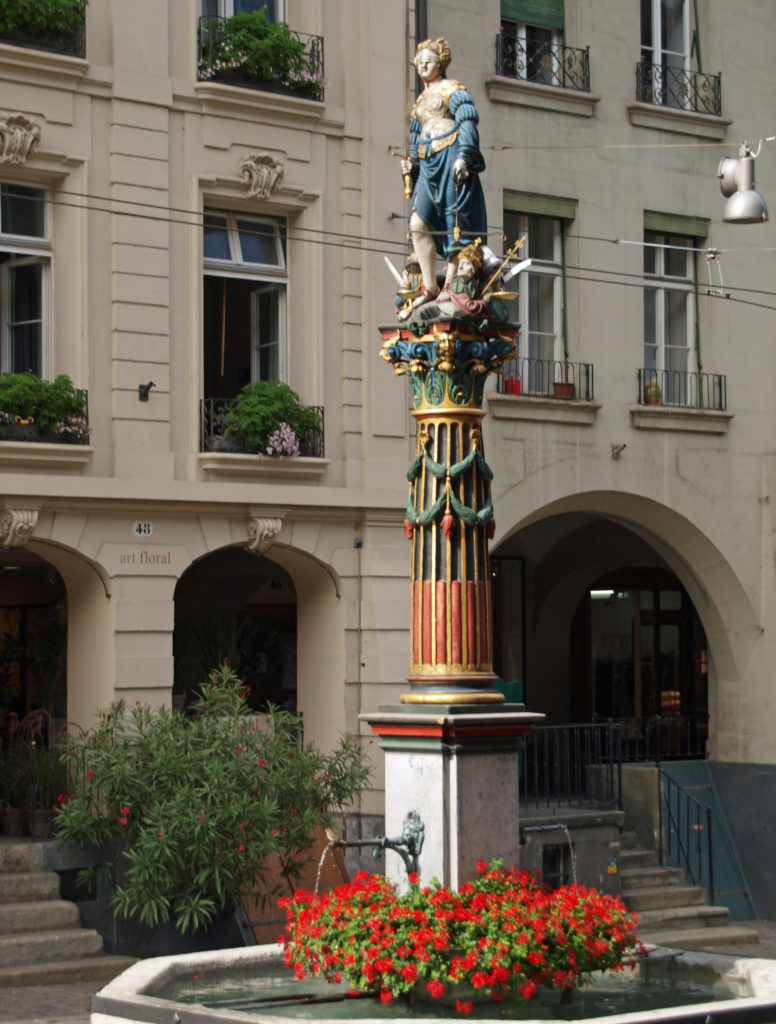
The following morning we boarded a train for an all day journey back to Amsterdam, where we spent a few more days before flying back to Portland. The Rhine River cruise, our foray into Switzerland, and our exploration of Amsterdam were all quite incredible experiences. I just wish that we had been able to spend more time in Switzerland, including Bern and Basel. They are both very interesting cities and we barely scratched the surface of what is there for the visitor. I hope to return someday, and I think that most travelers will find even a brief visit to Bern or Basel as worthwhile as we did.
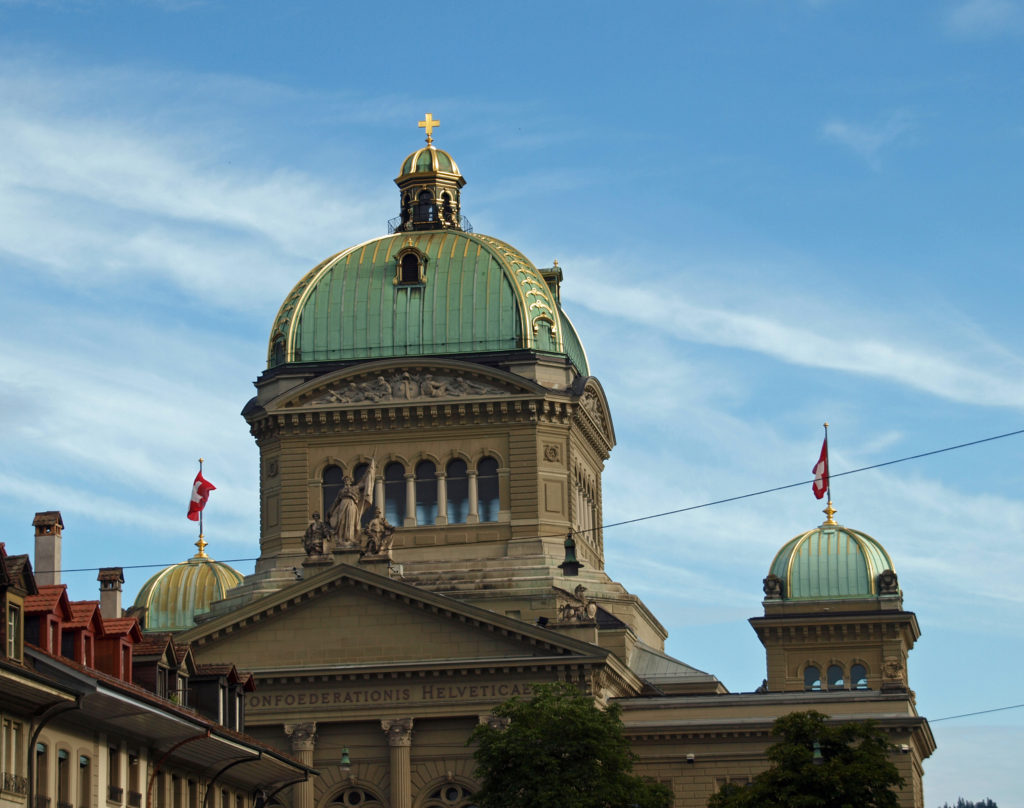
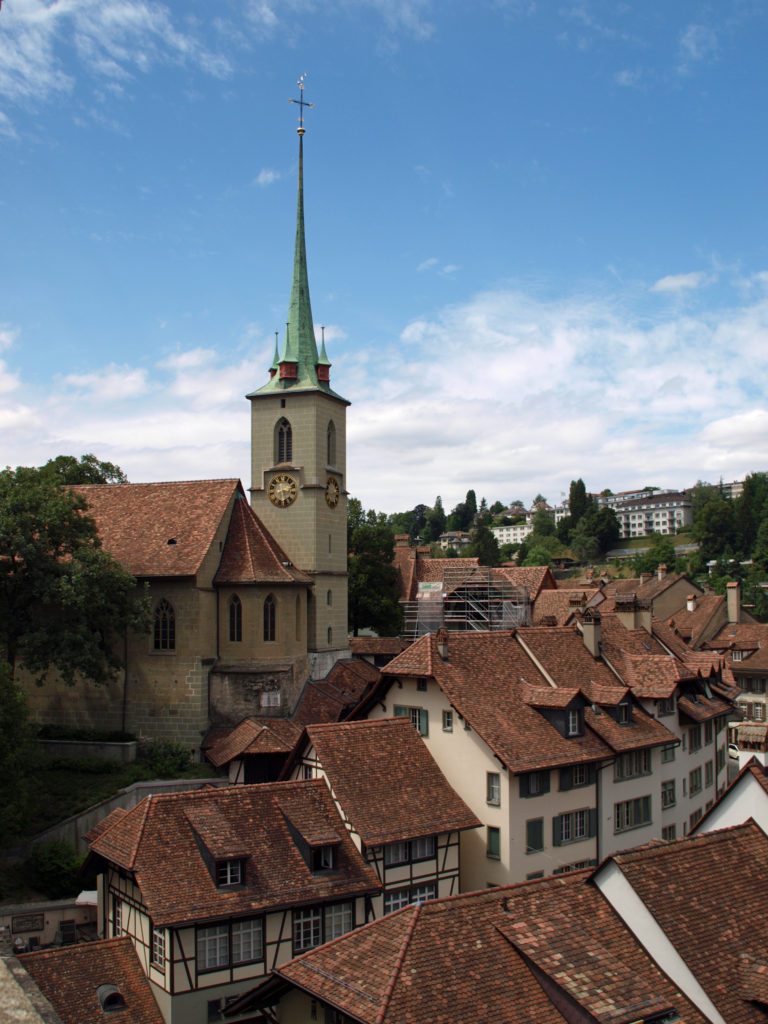 Originally posted February 27, 2021 by Alan K. Lee. Updated and reposted February 9, 2024.
Originally posted February 27, 2021 by Alan K. Lee. Updated and reposted February 9, 2024.
All photos © Alan K. Lee

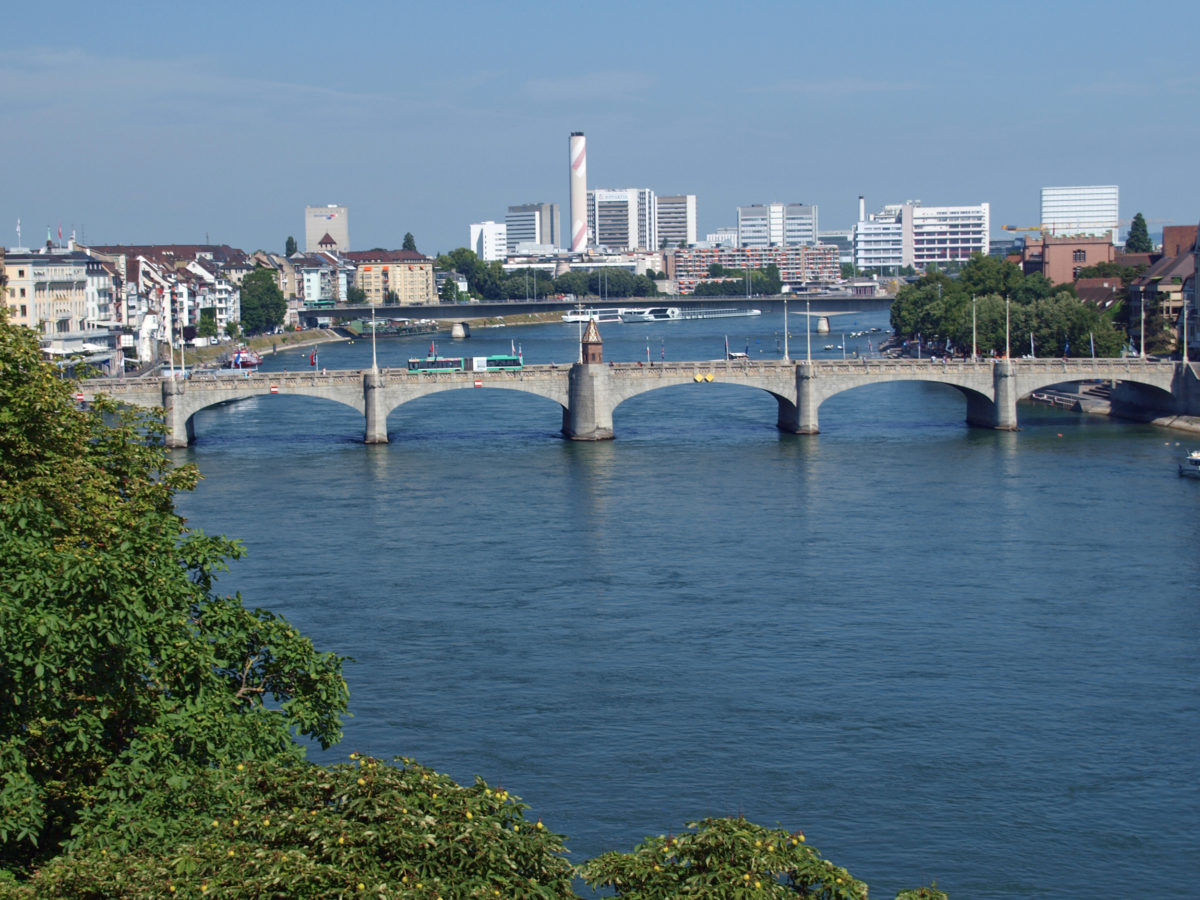
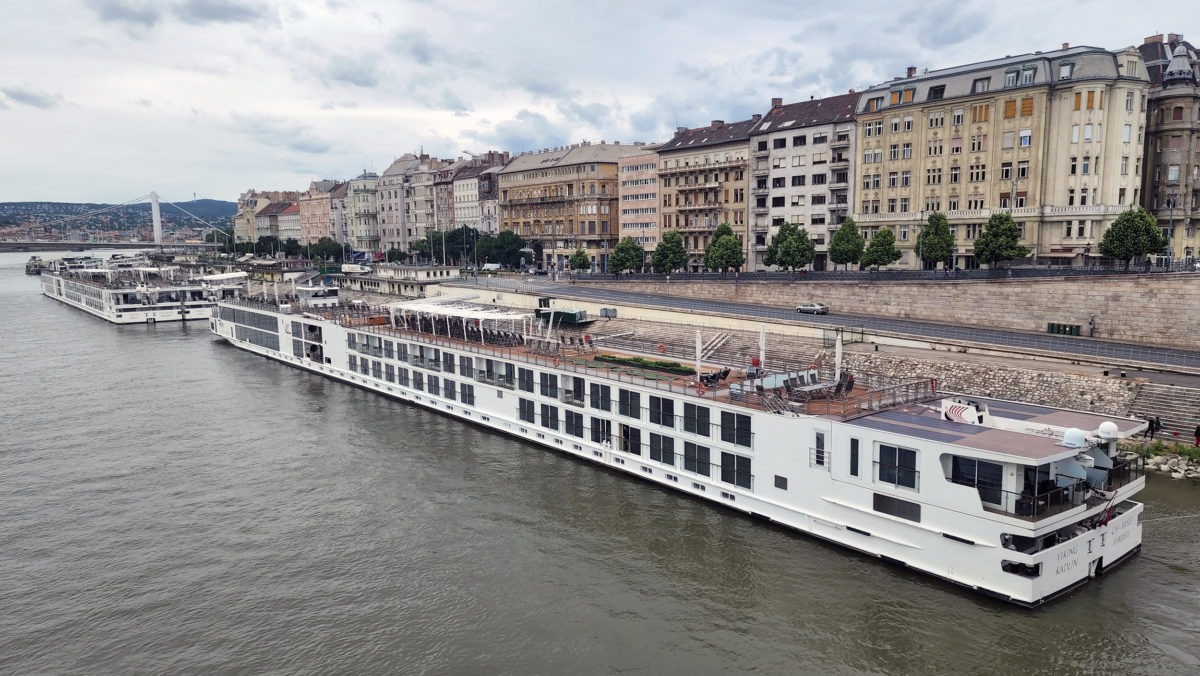

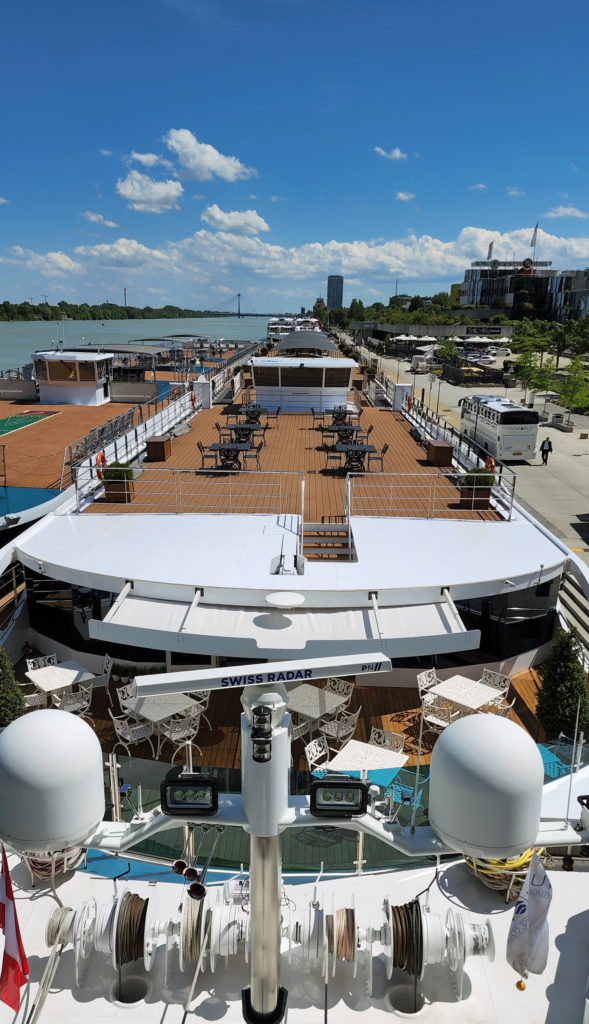
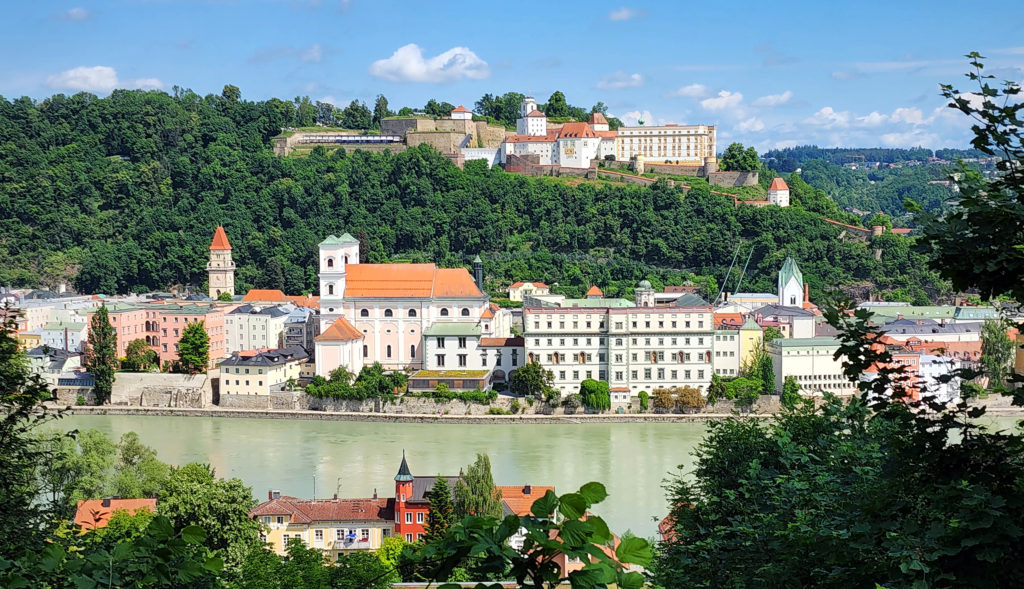
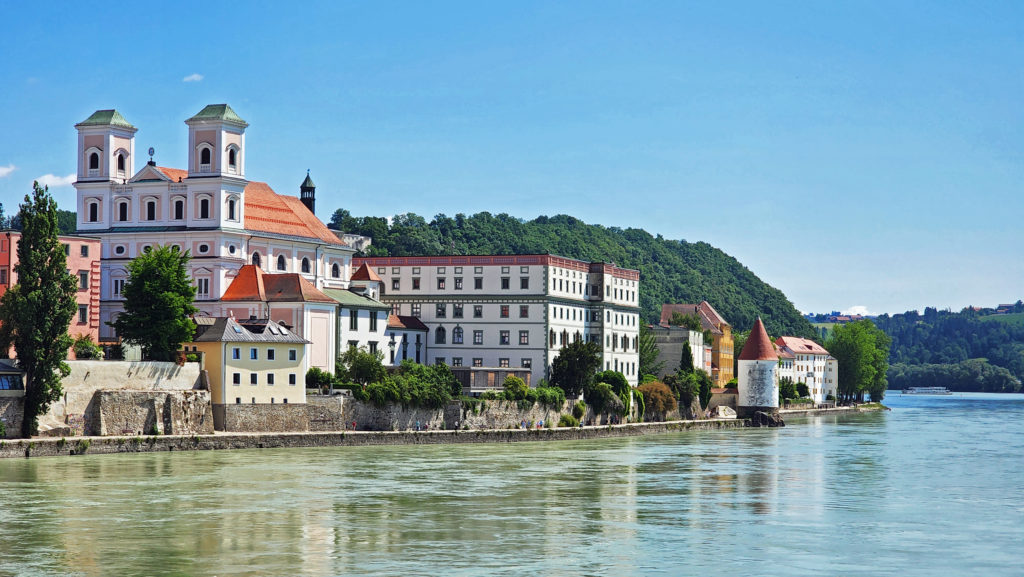
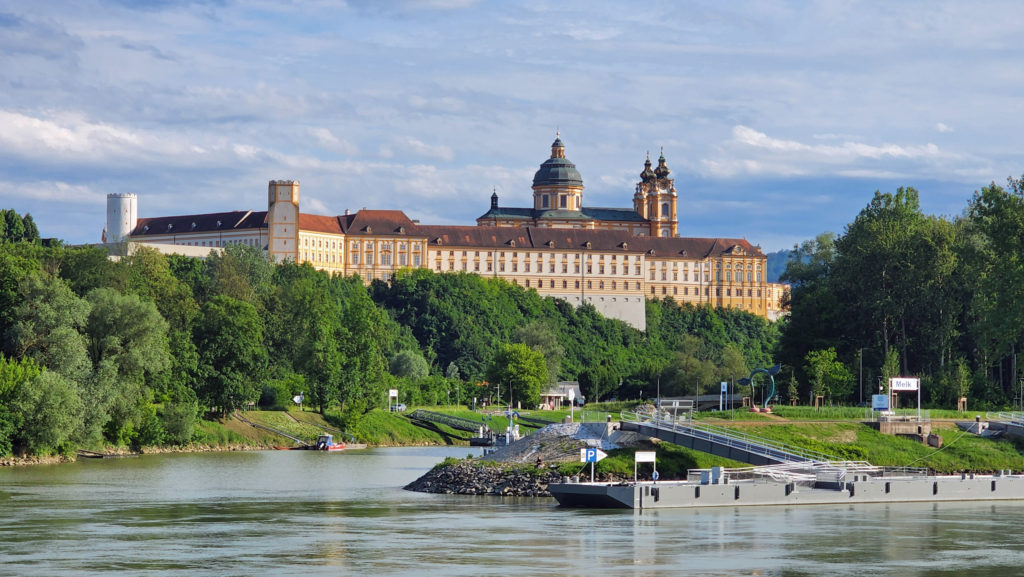
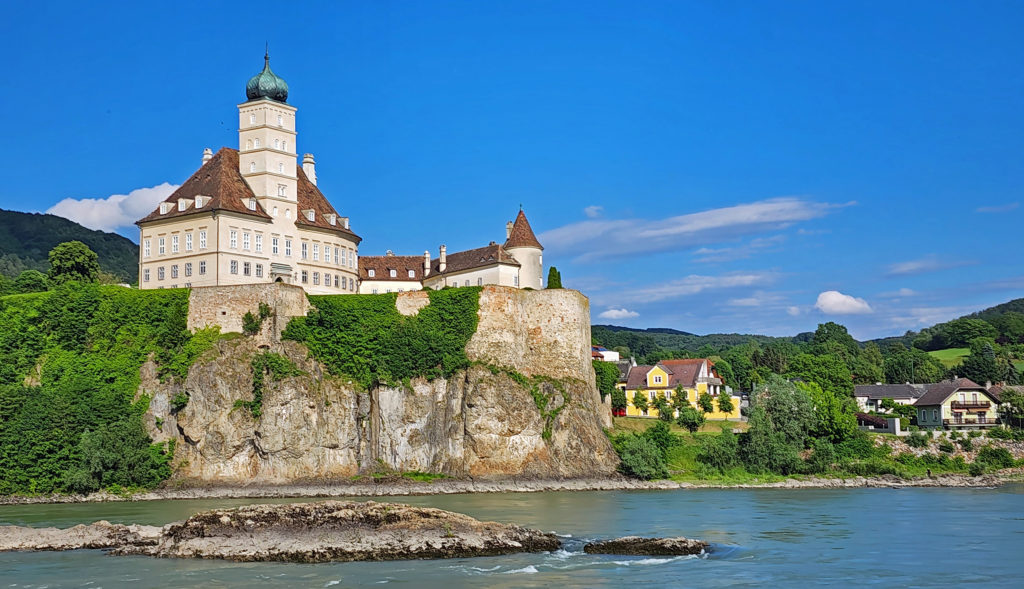
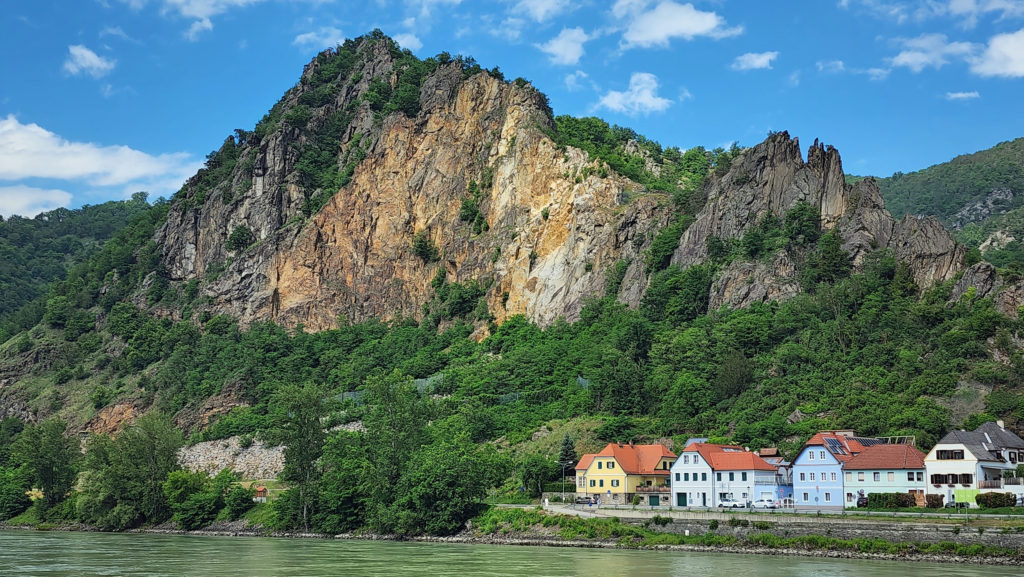
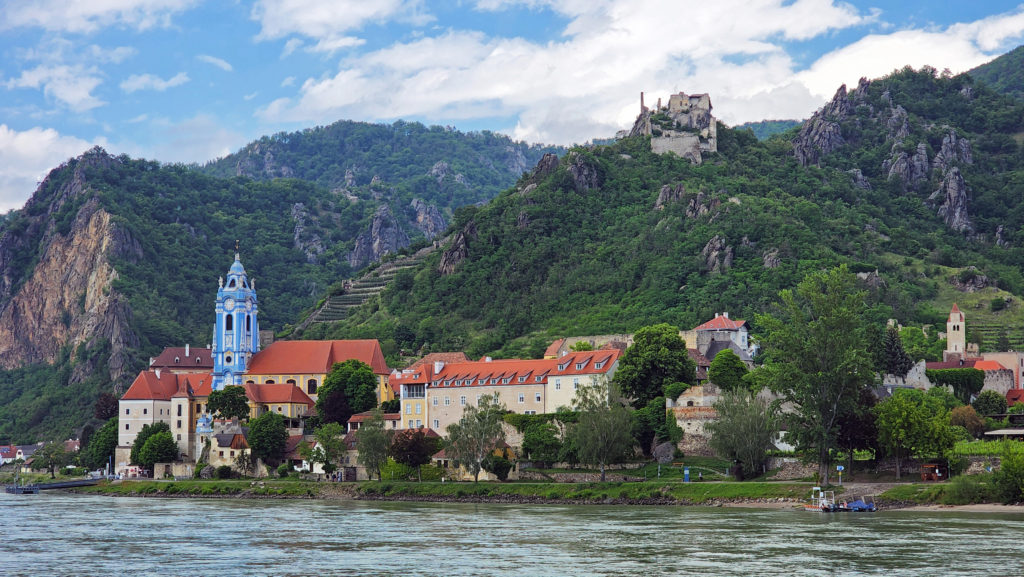
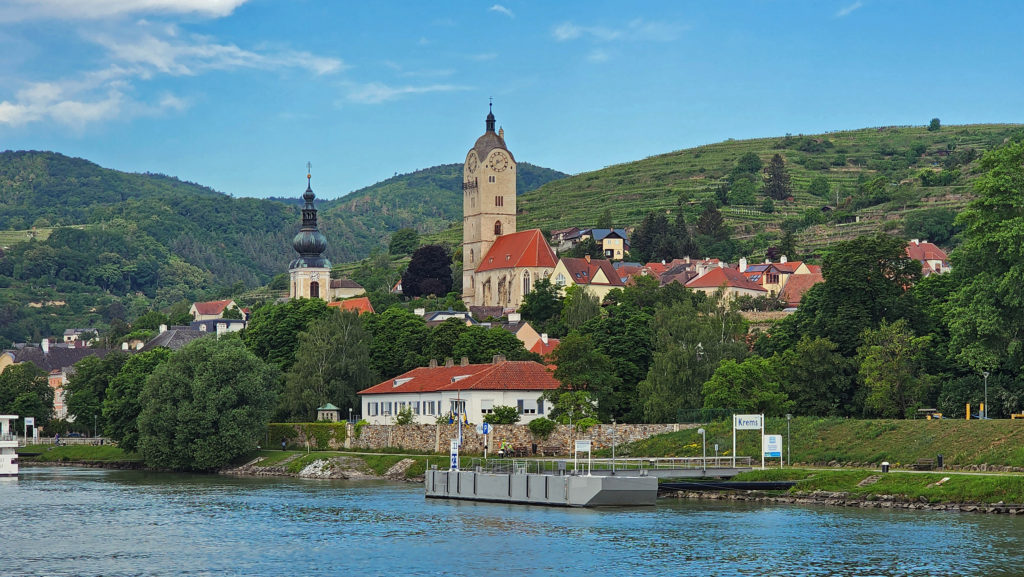
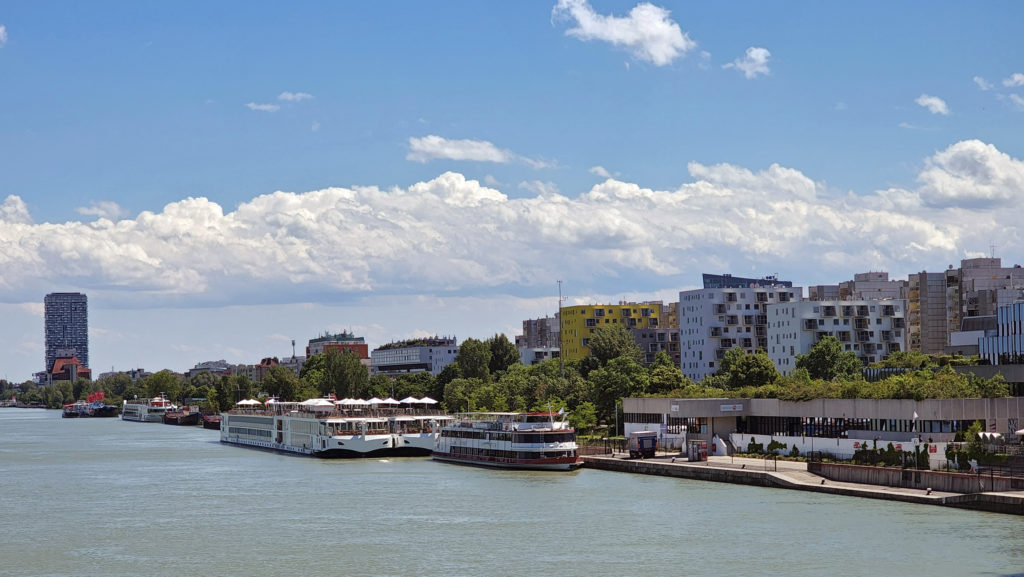
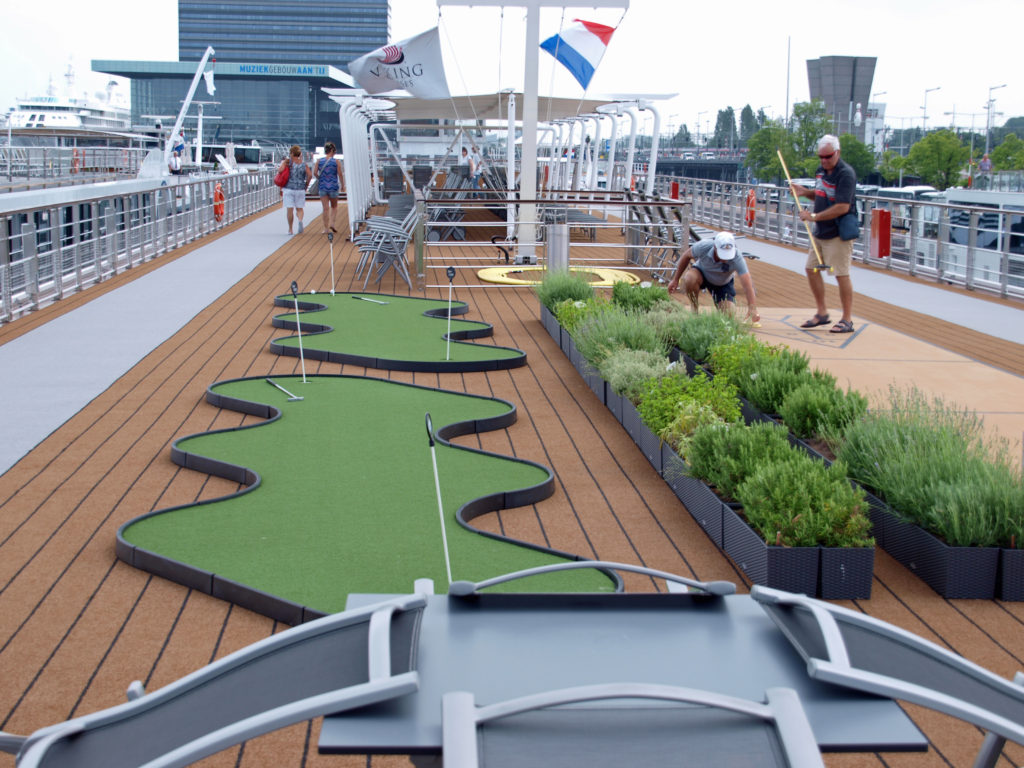
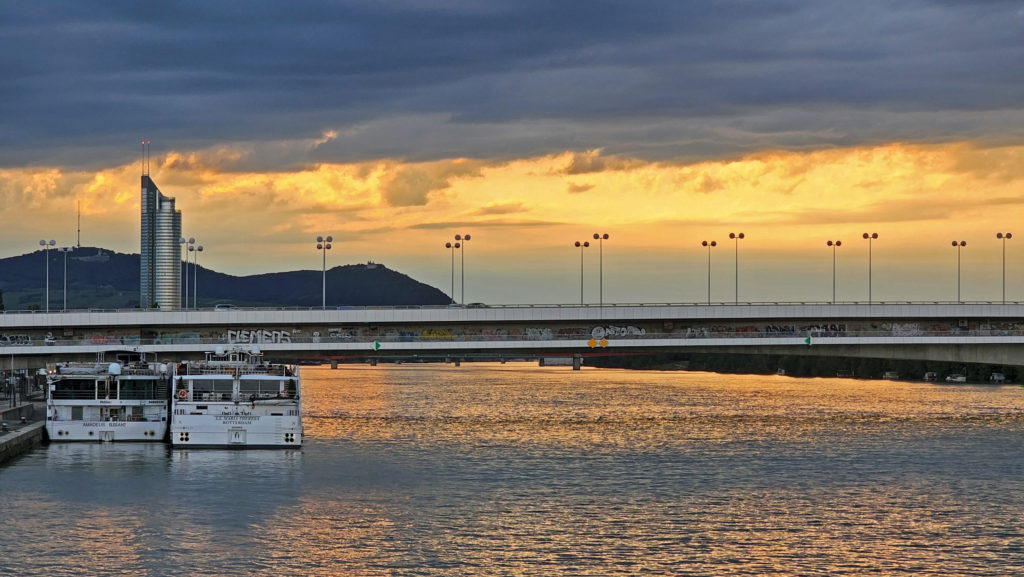
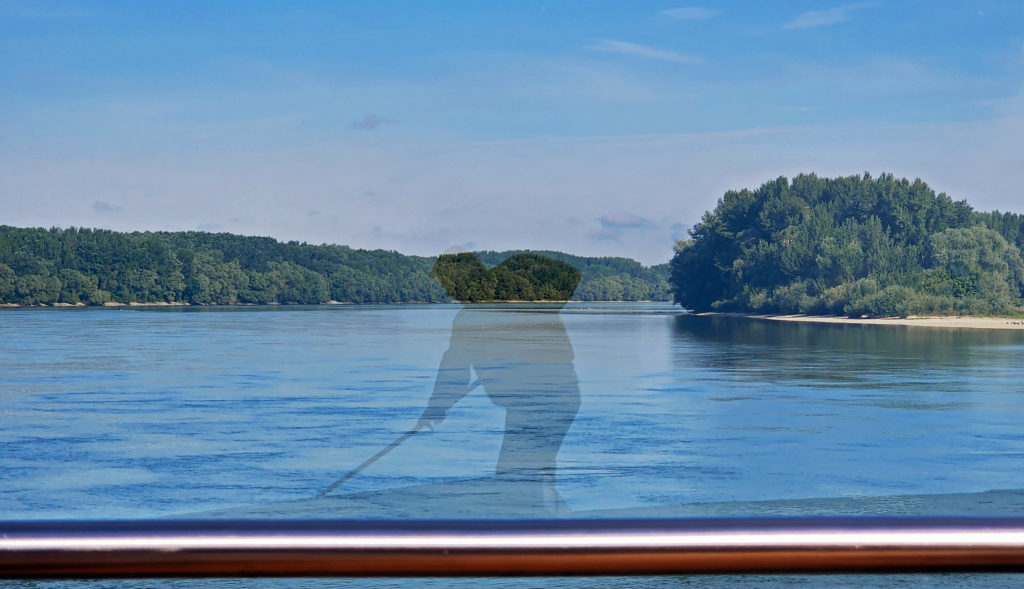
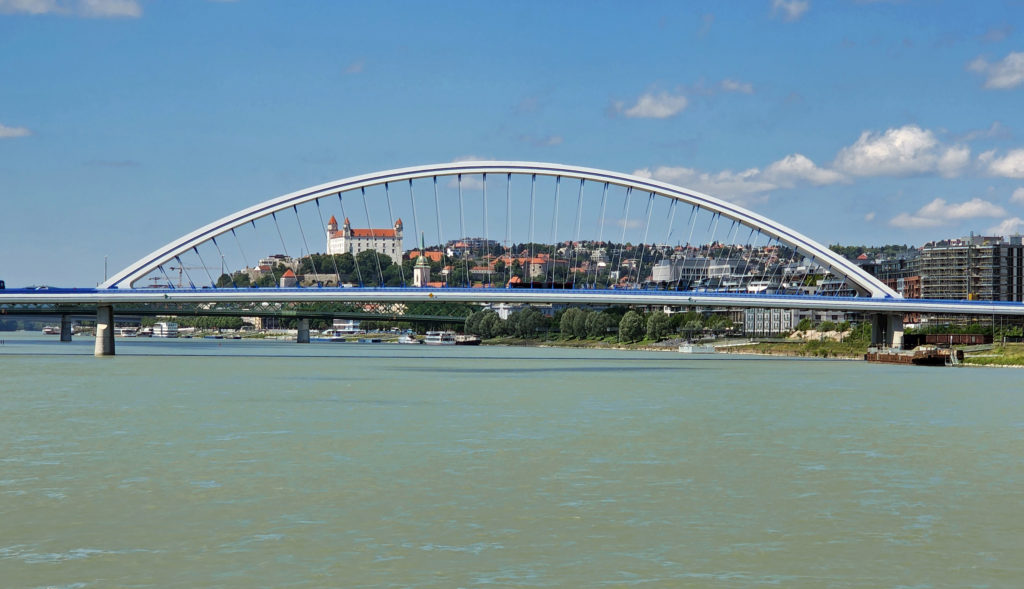
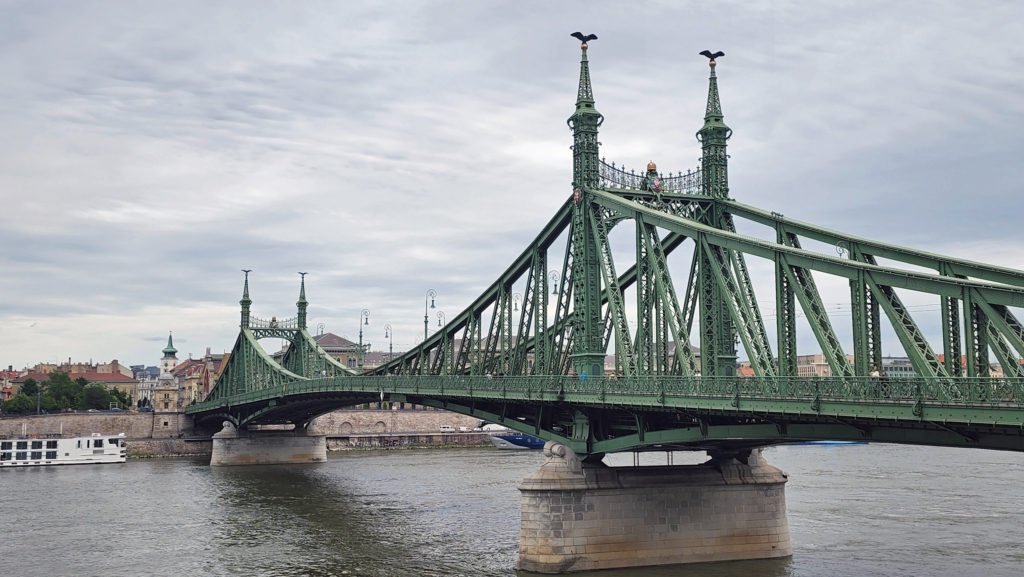
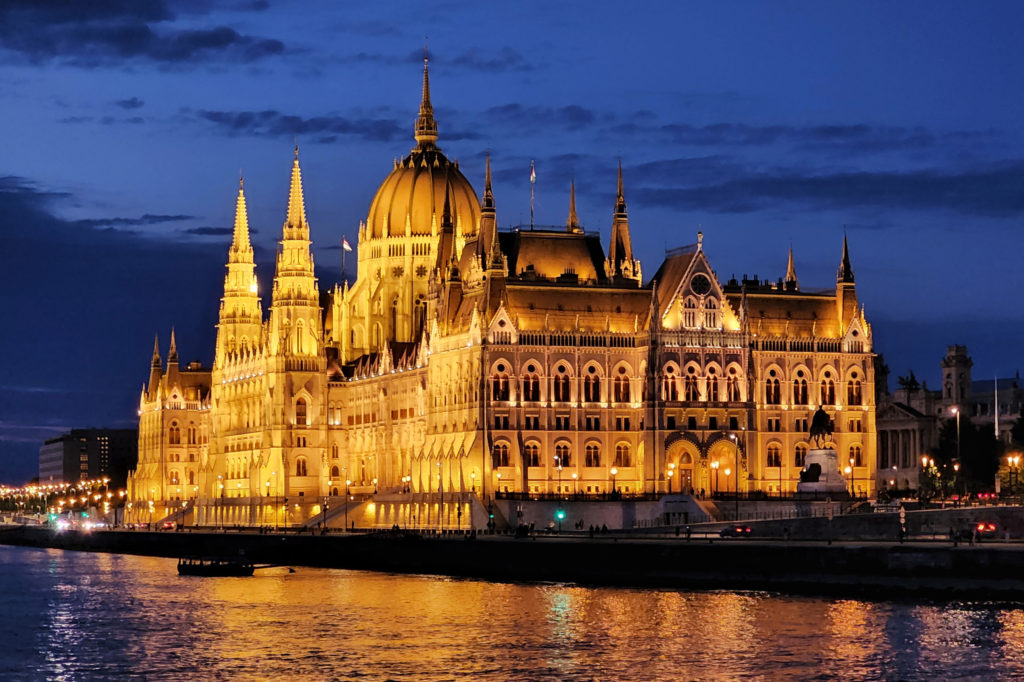

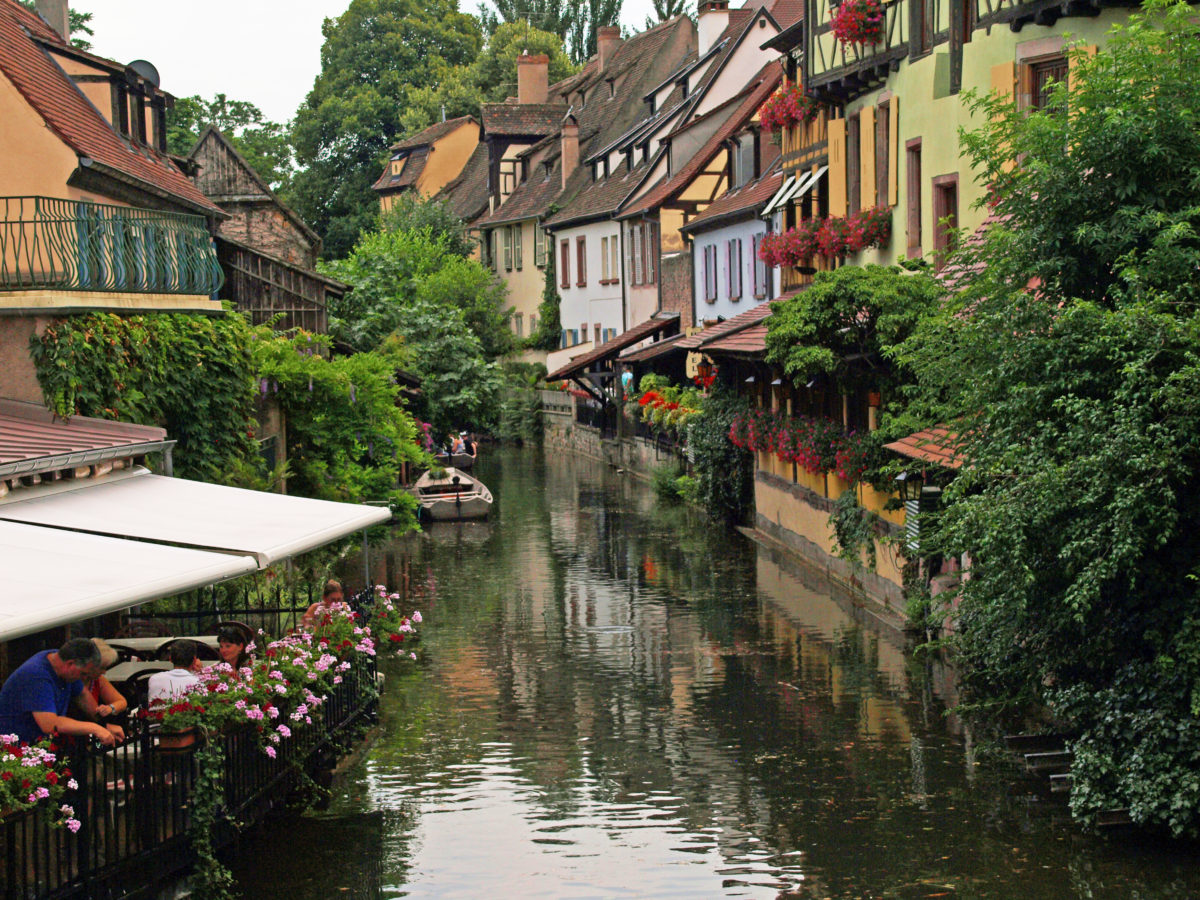
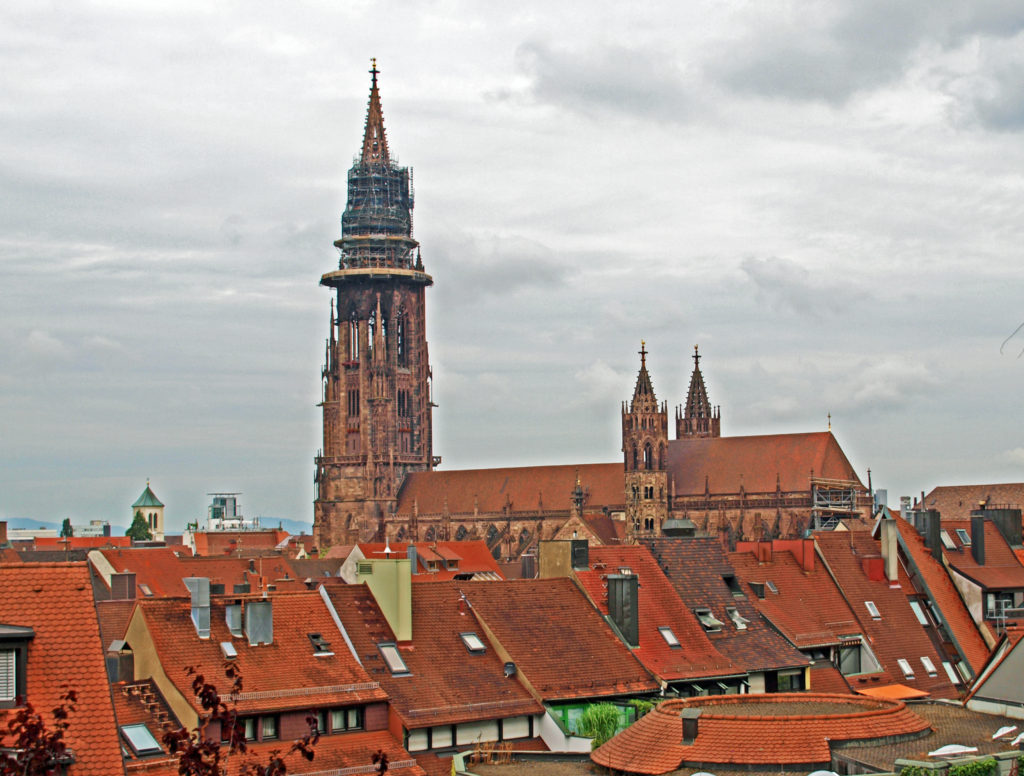

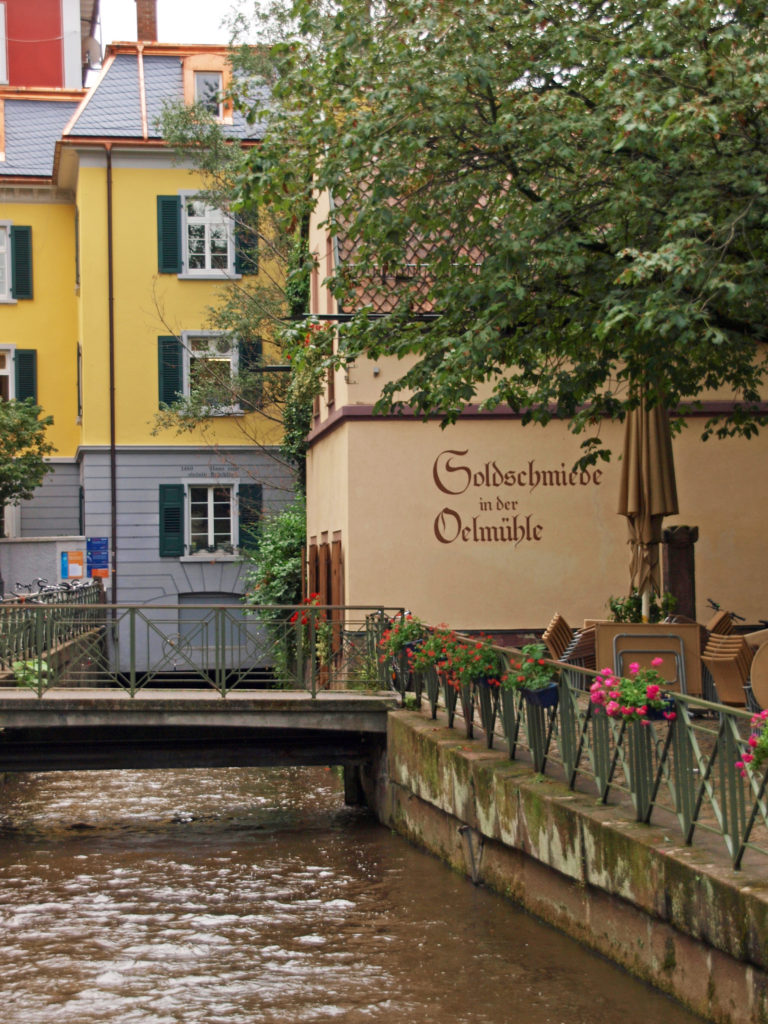
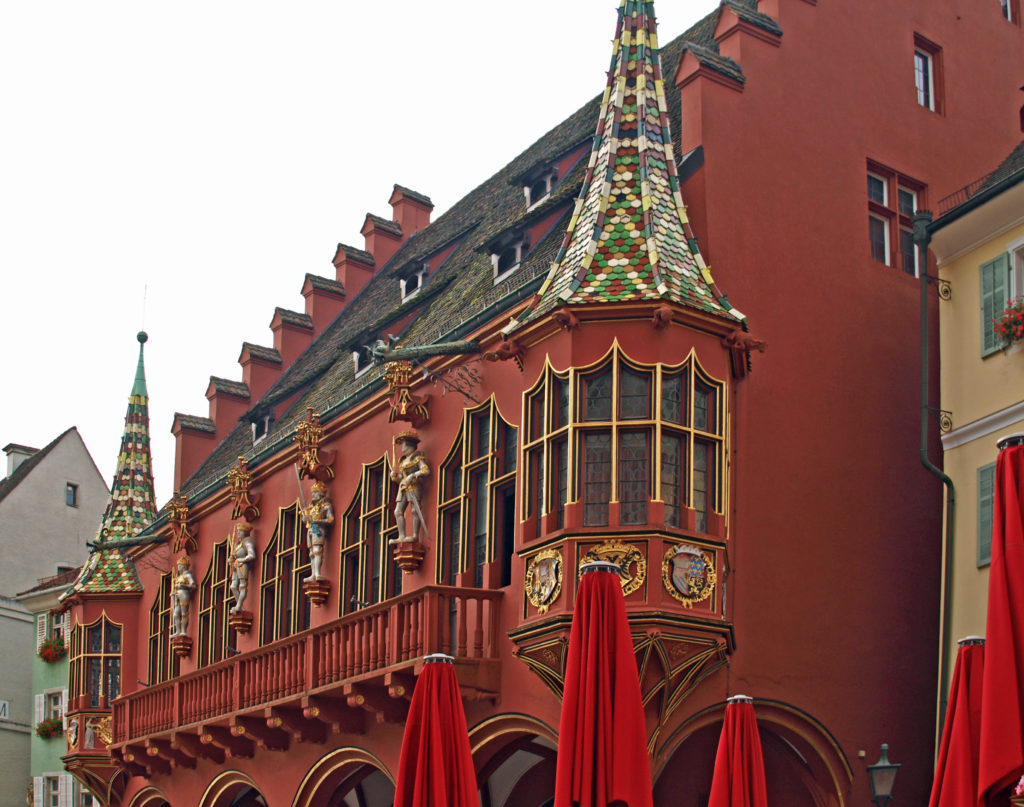
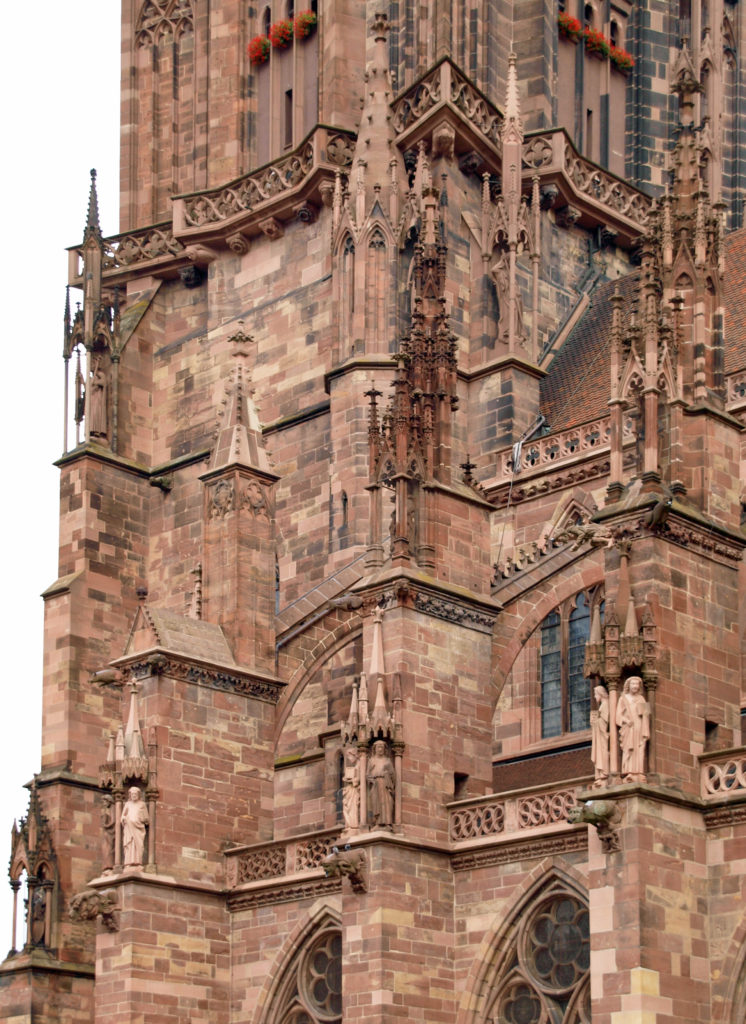
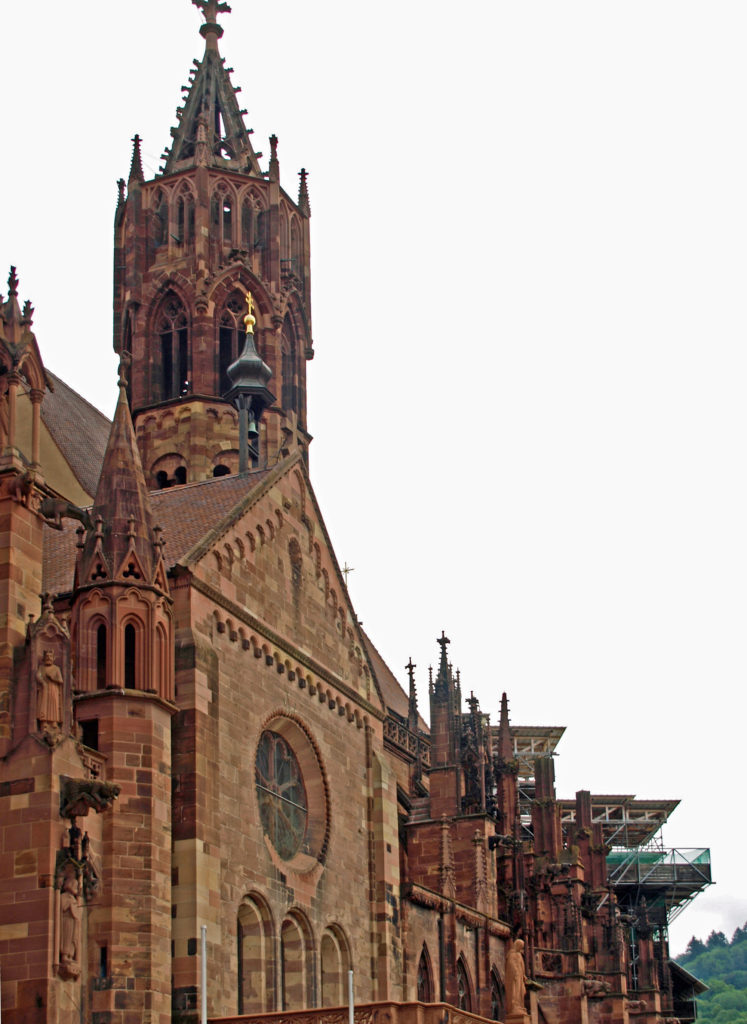
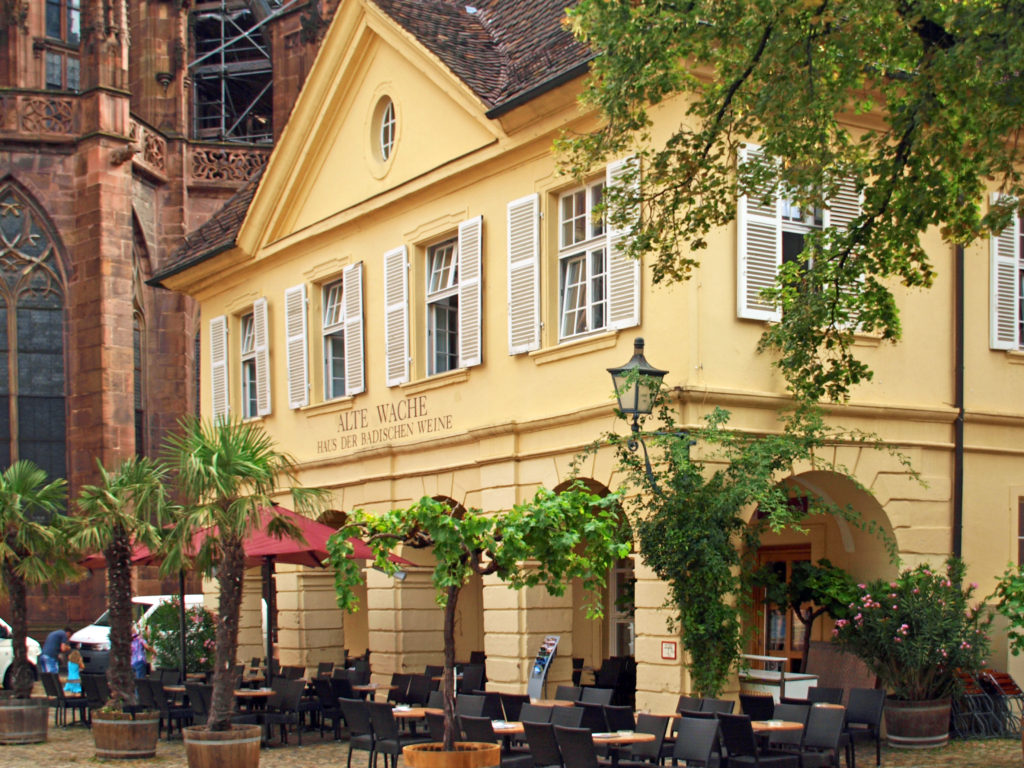
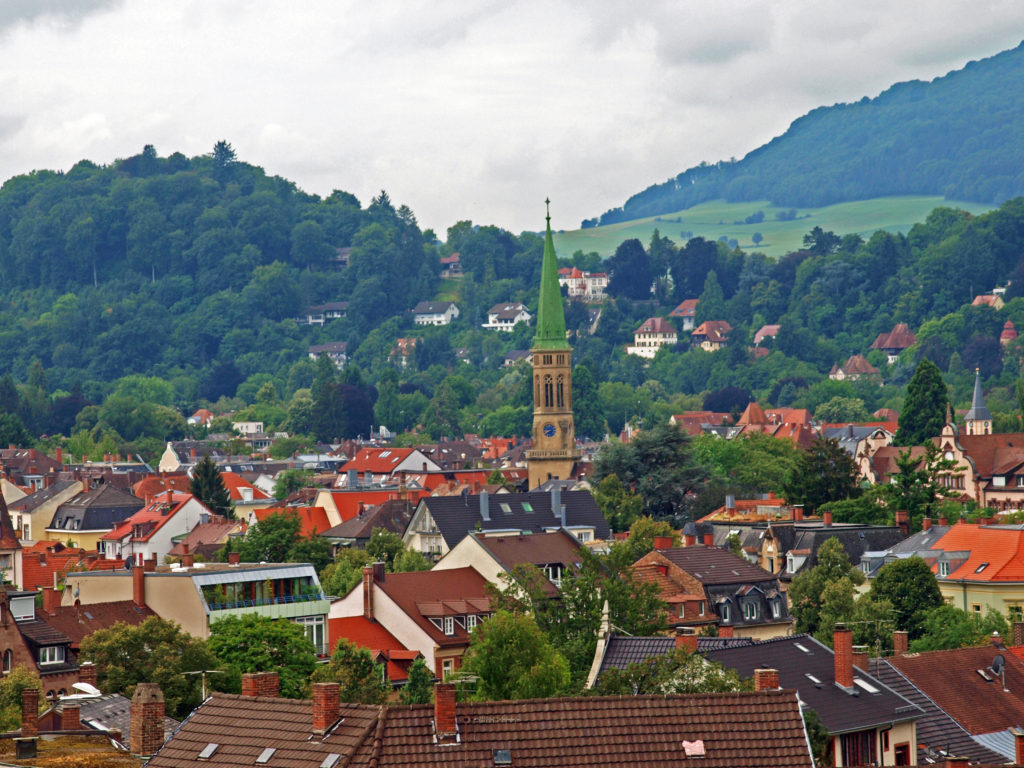
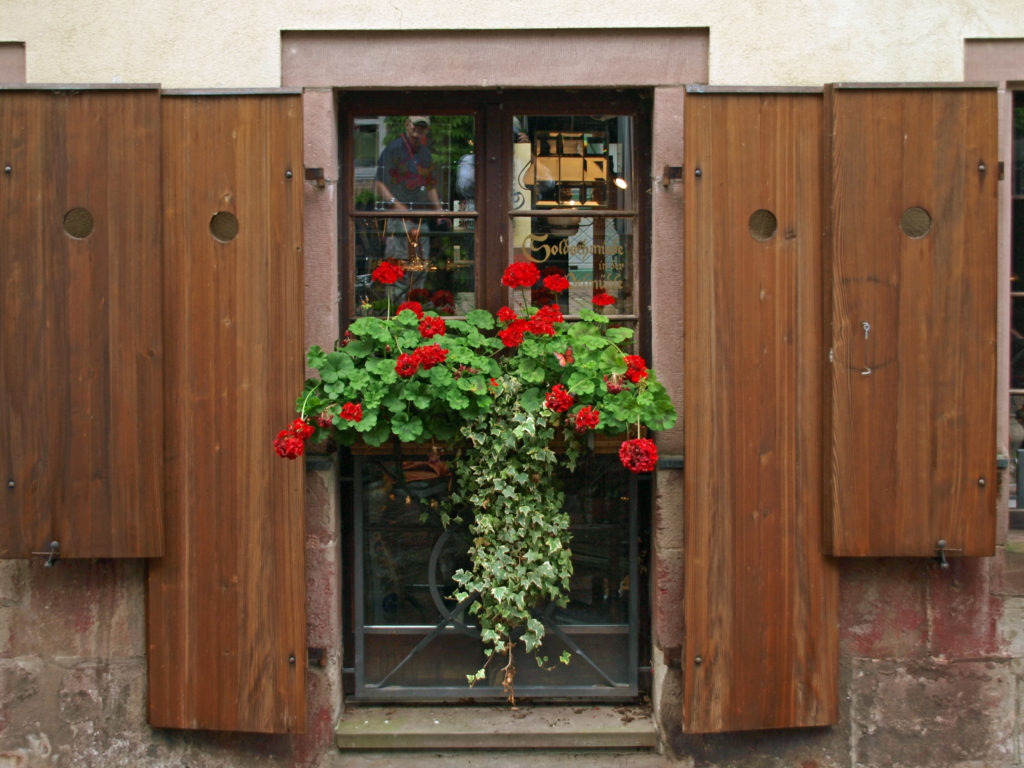
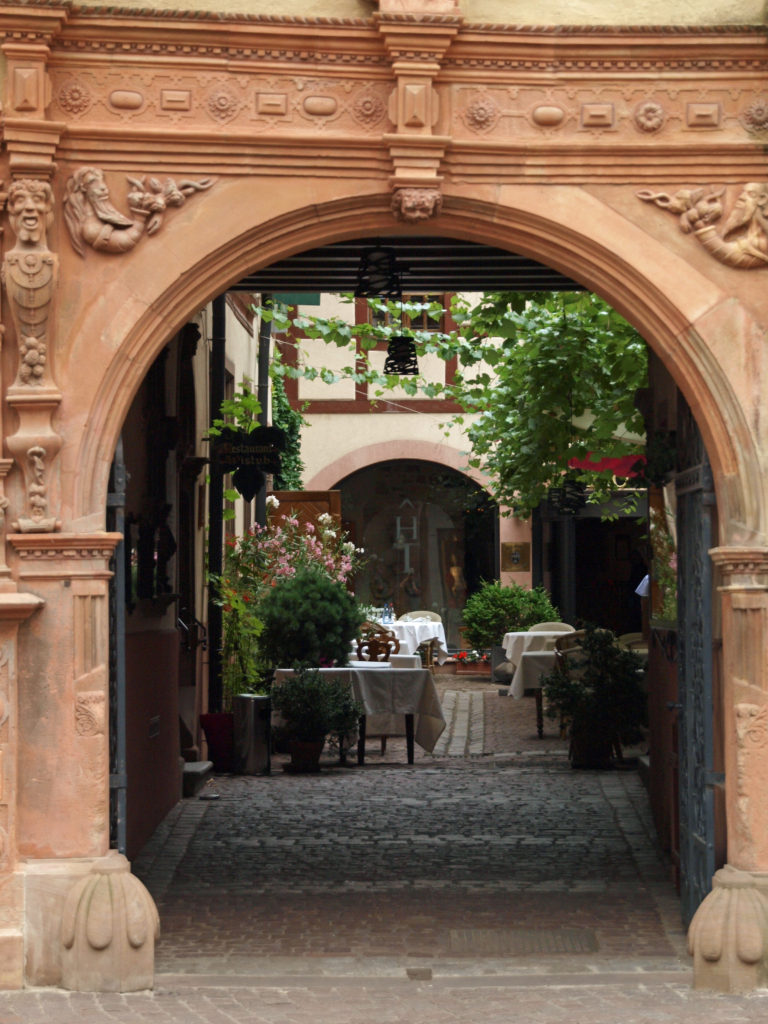
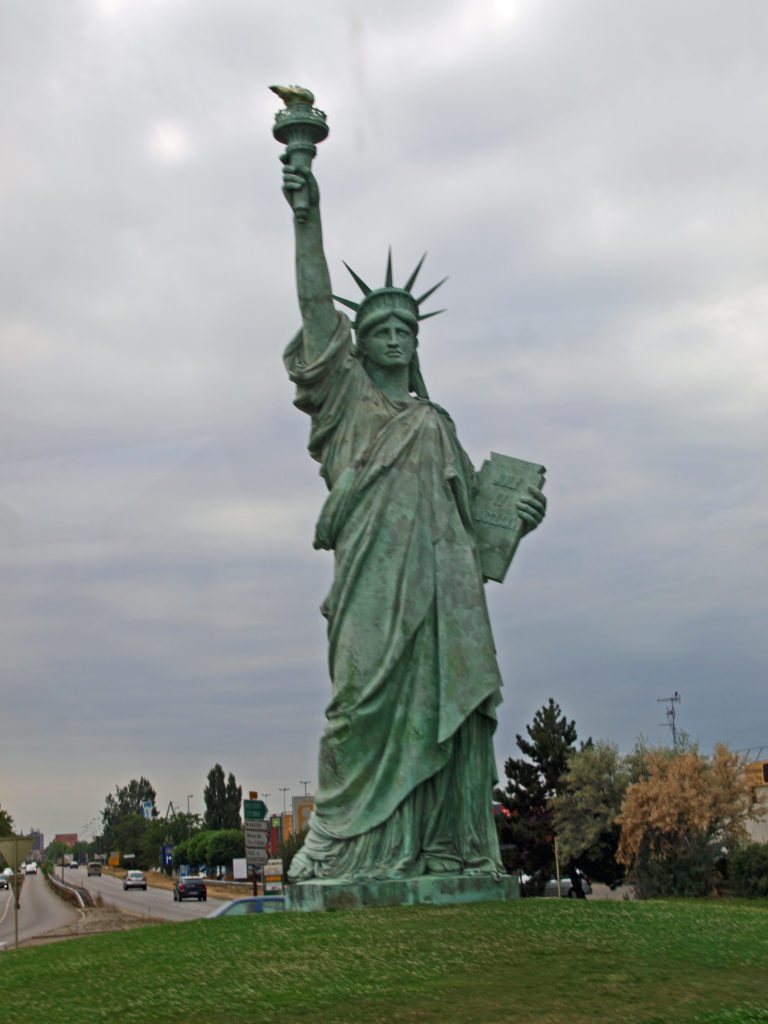
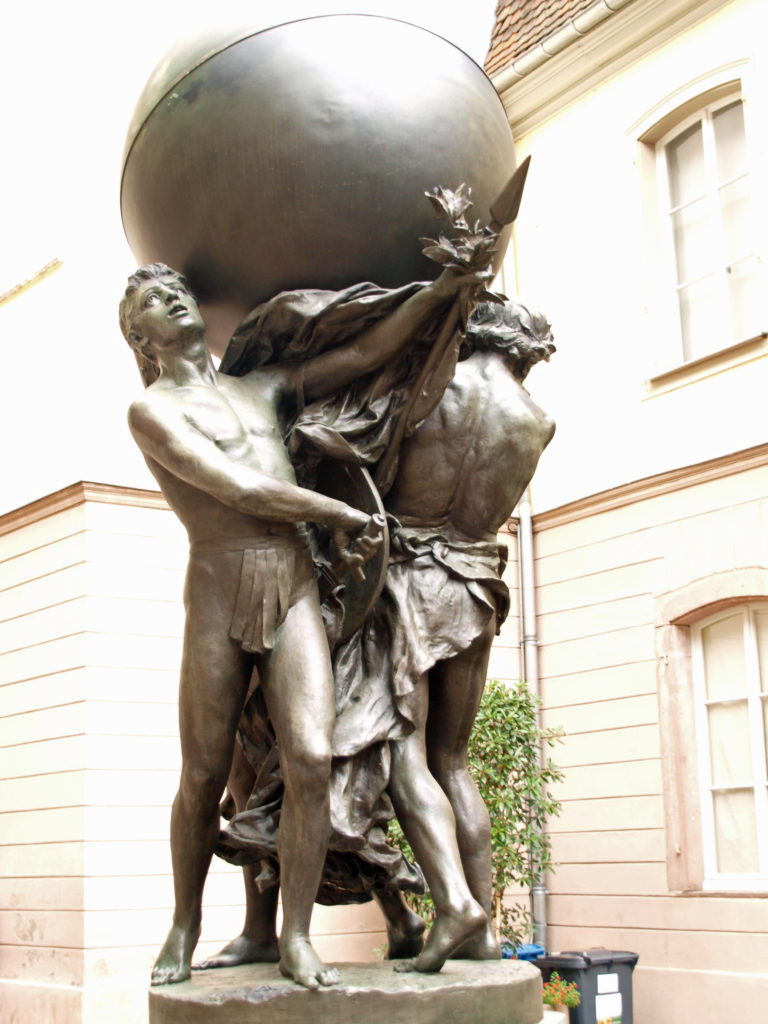

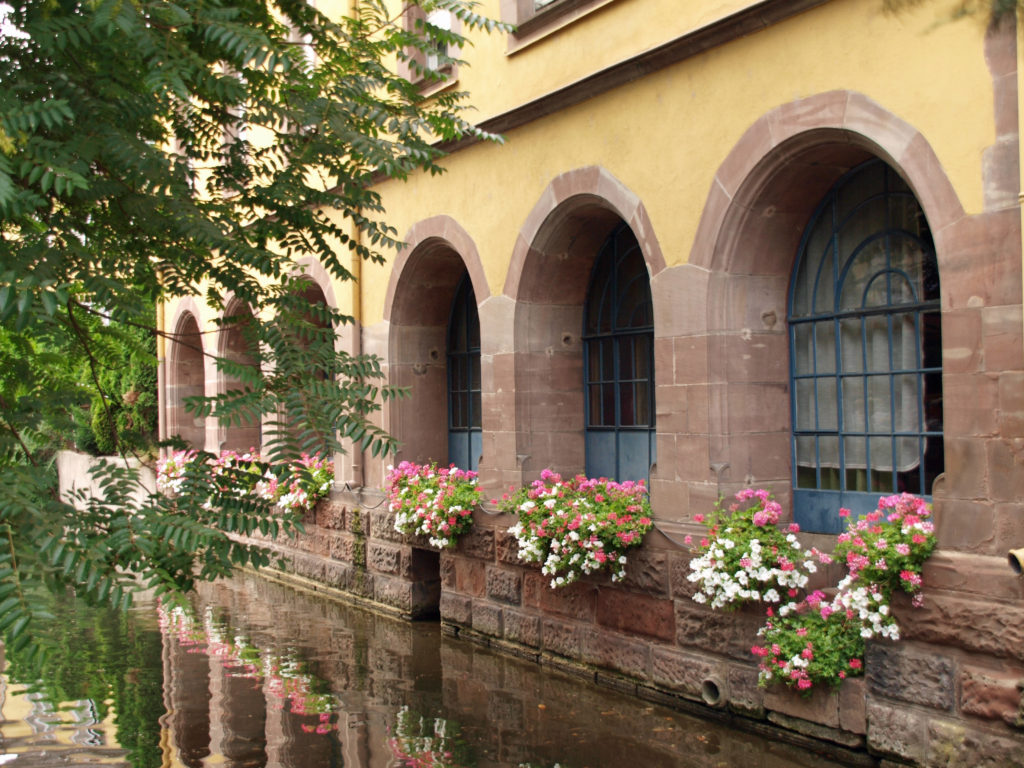
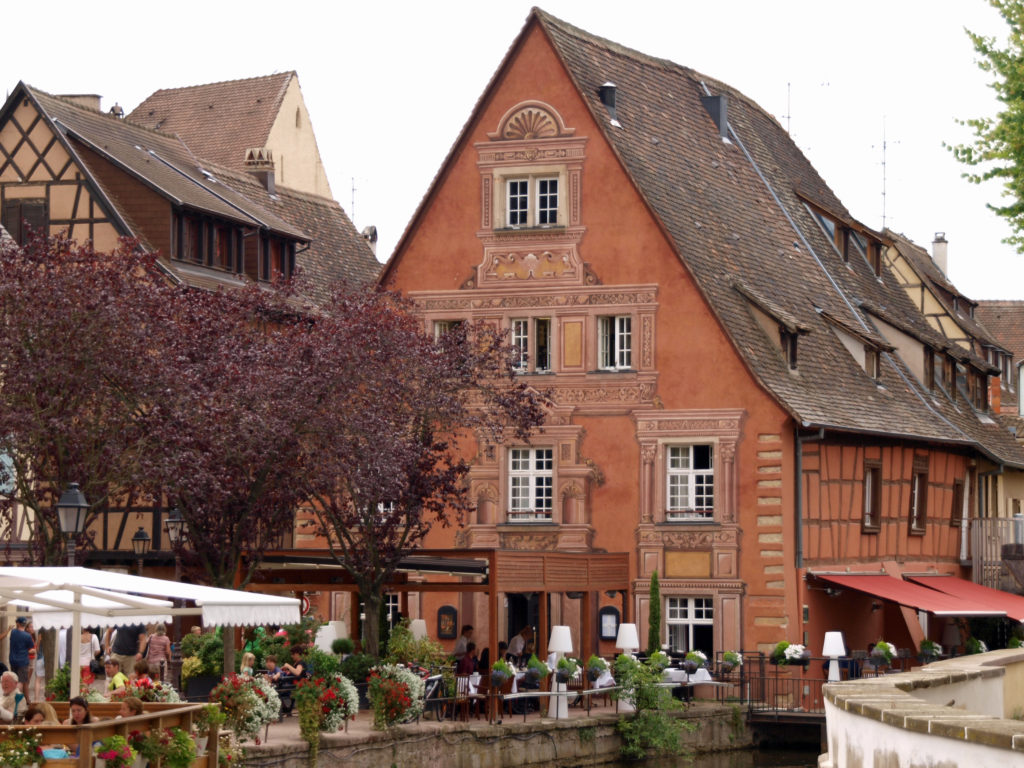
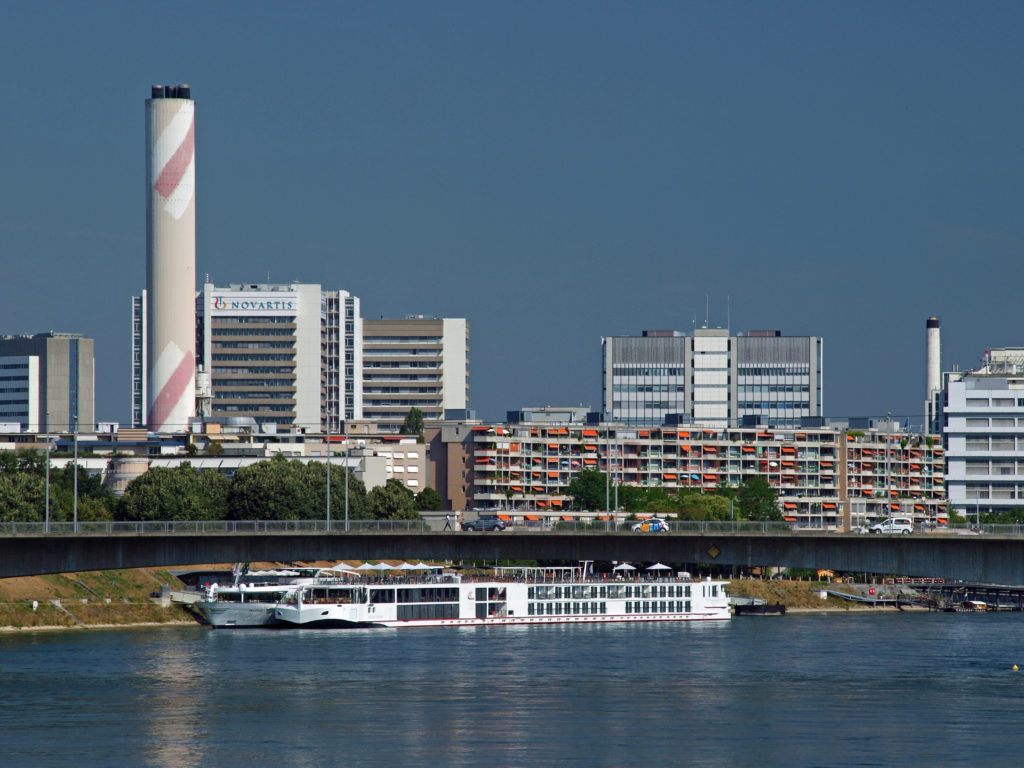
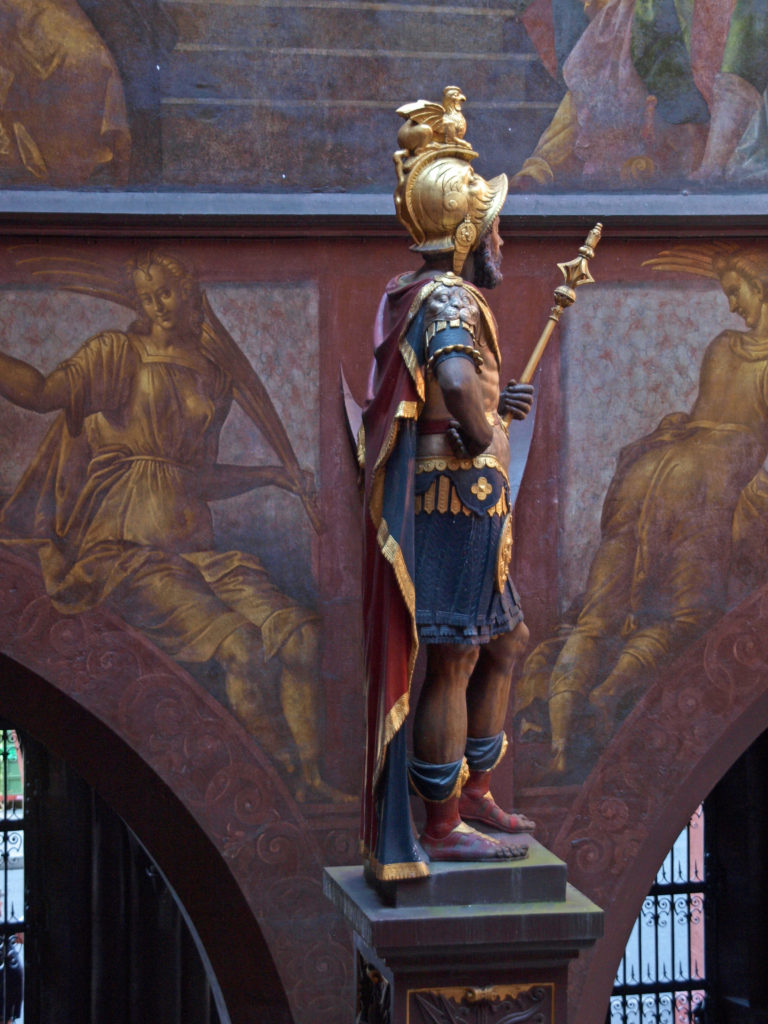
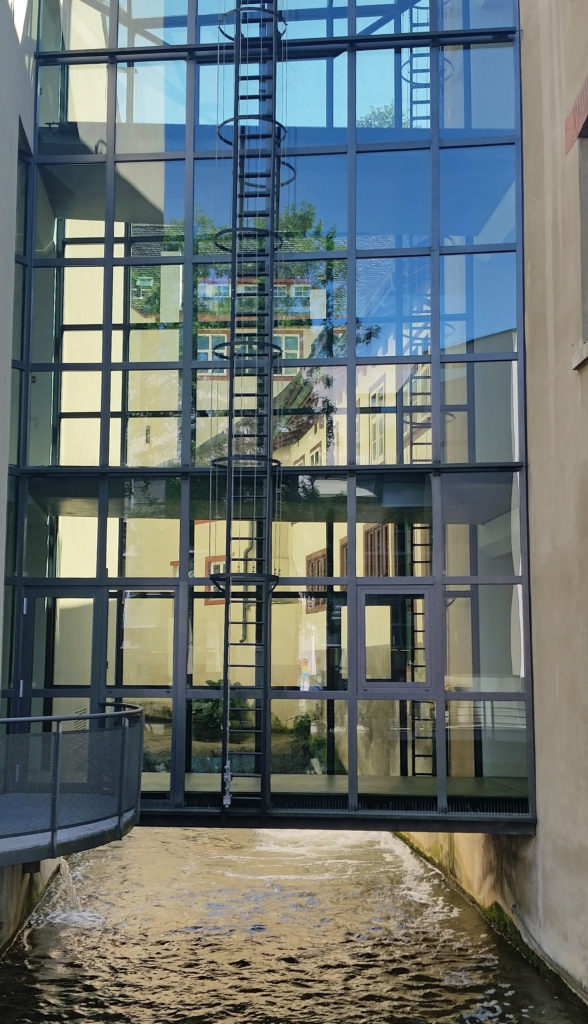
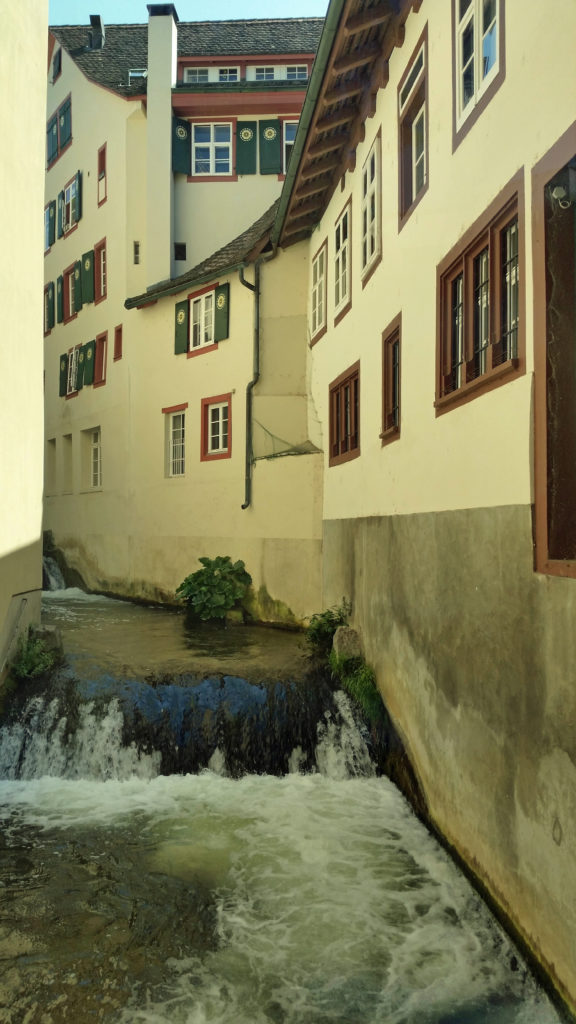
 We spent the rest of the day exploring the city center, including Basel Cathedral (Basel Munster), and the Basel Town Hall, and sampling Swiss cuisine. All in all, Basel was a delightful surprise, and a fitting end to our Rhine River cruise.
We spent the rest of the day exploring the city center, including Basel Cathedral (Basel Munster), and the Basel Town Hall, and sampling Swiss cuisine. All in all, Basel was a delightful surprise, and a fitting end to our Rhine River cruise.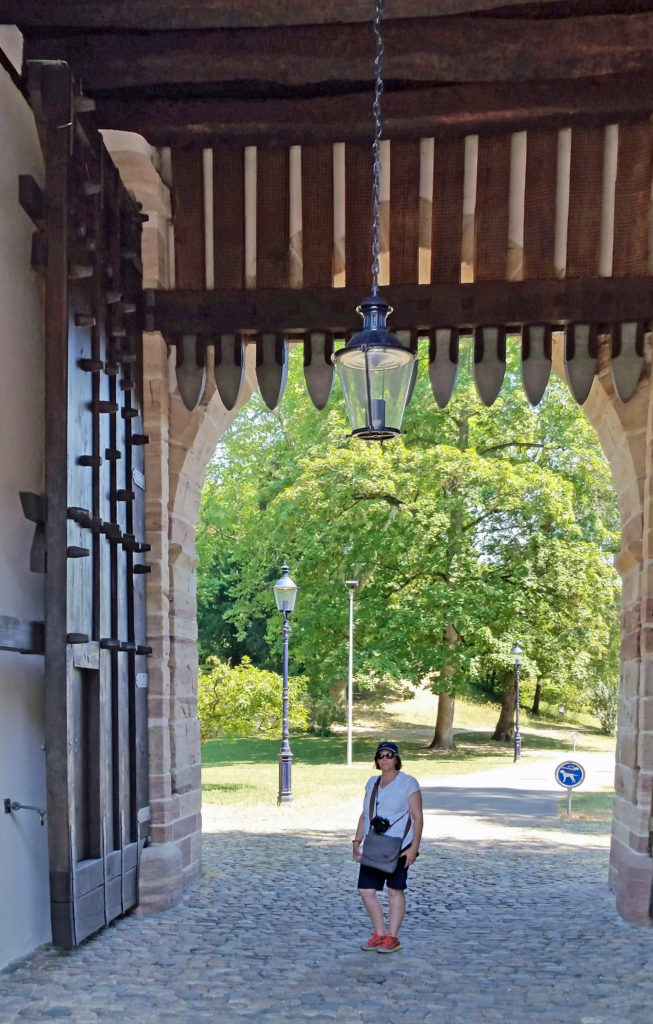
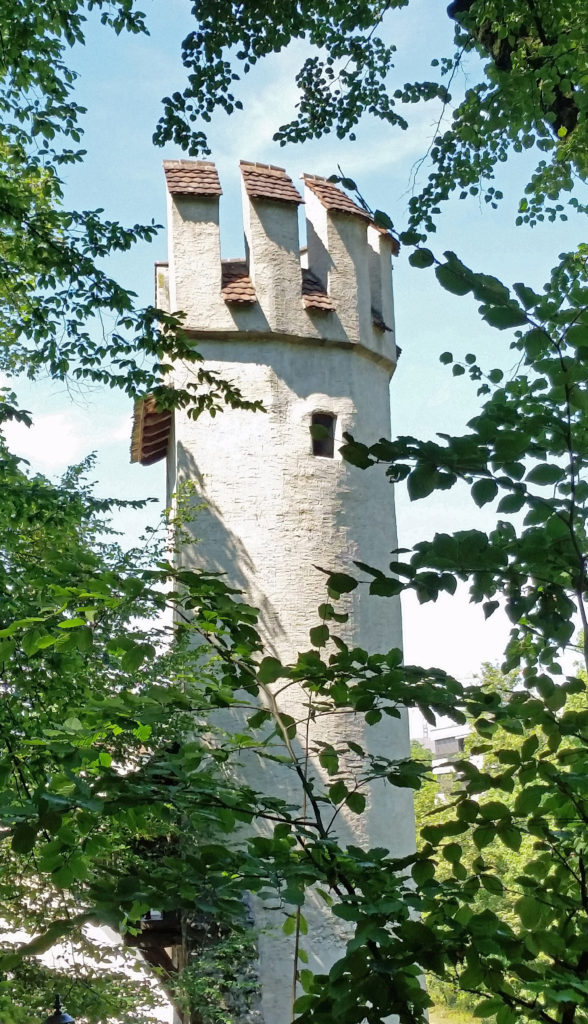
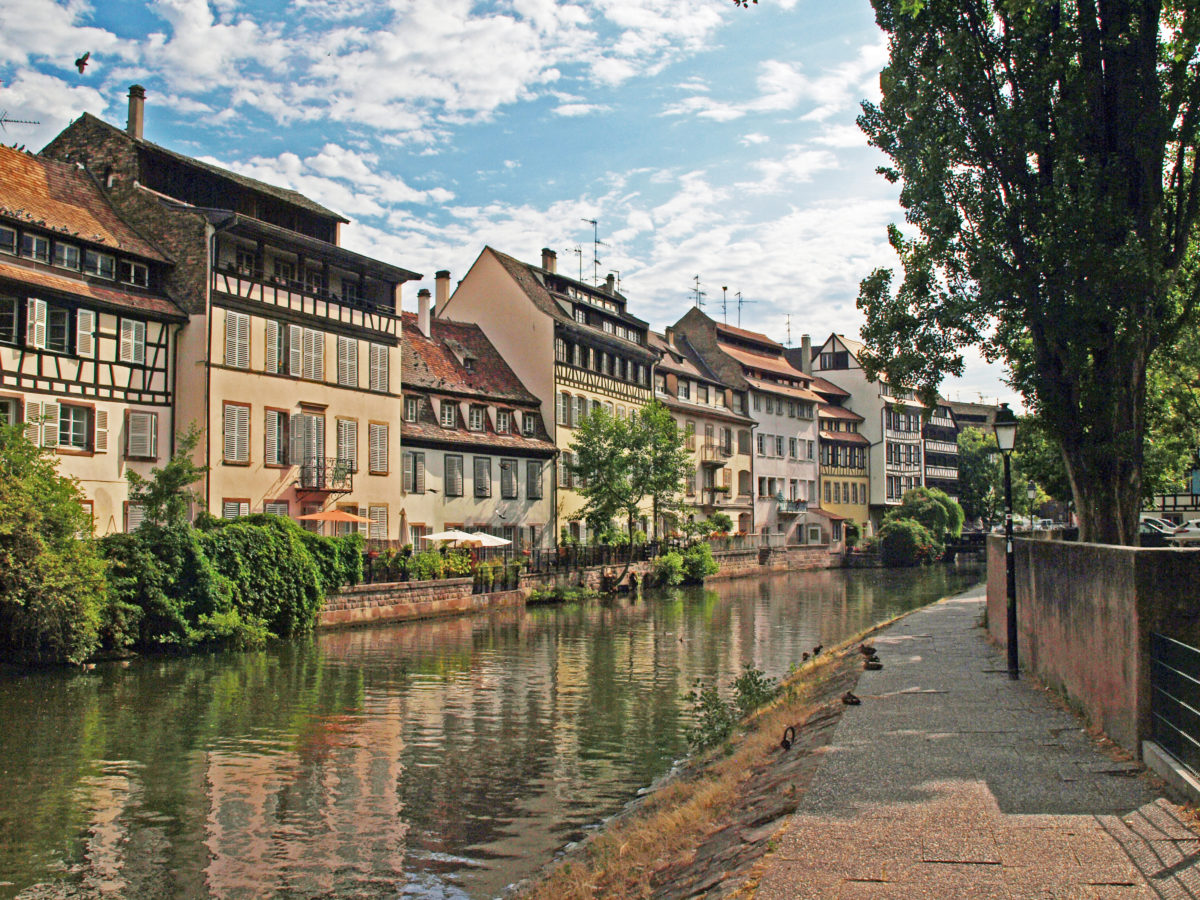
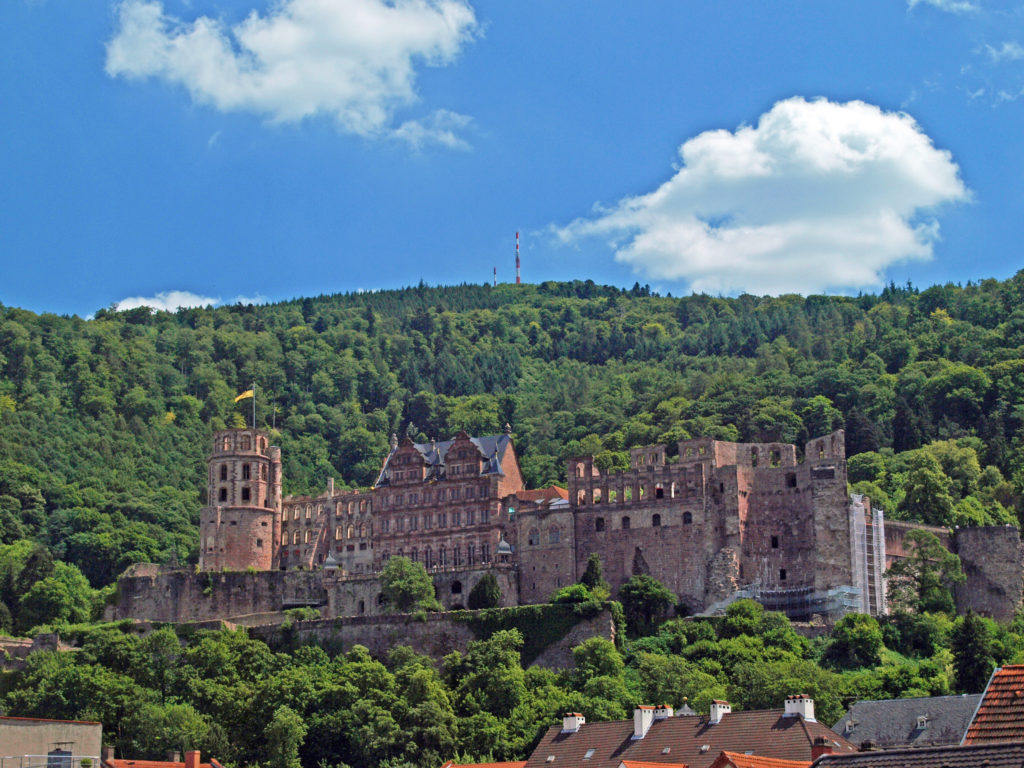
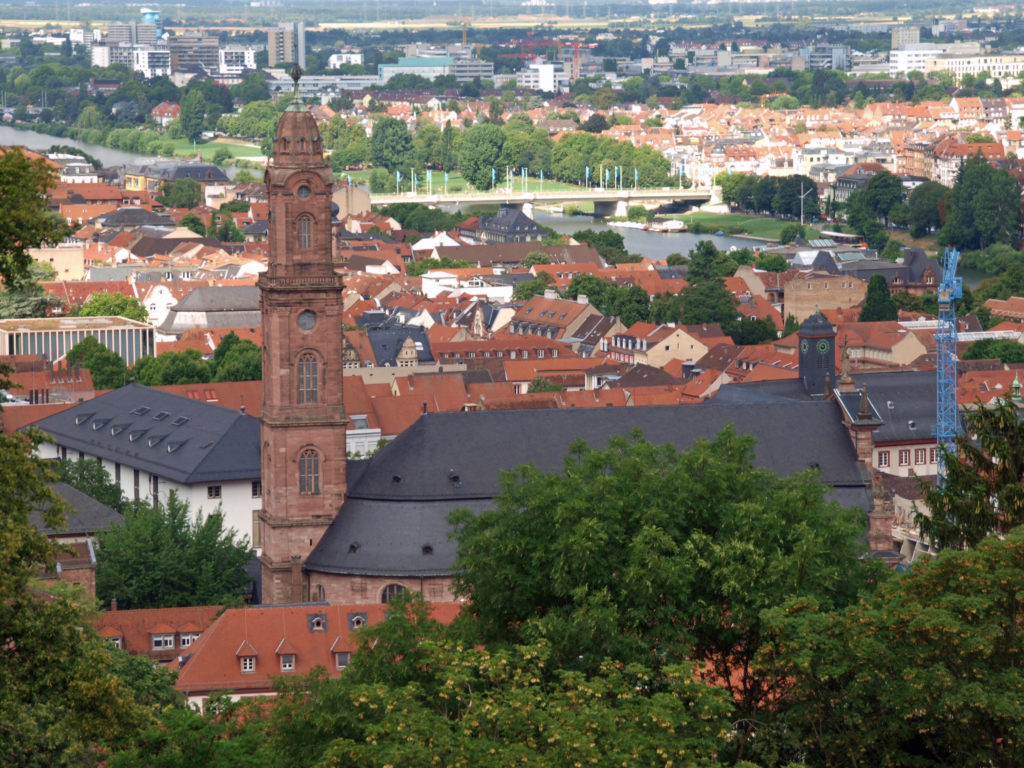
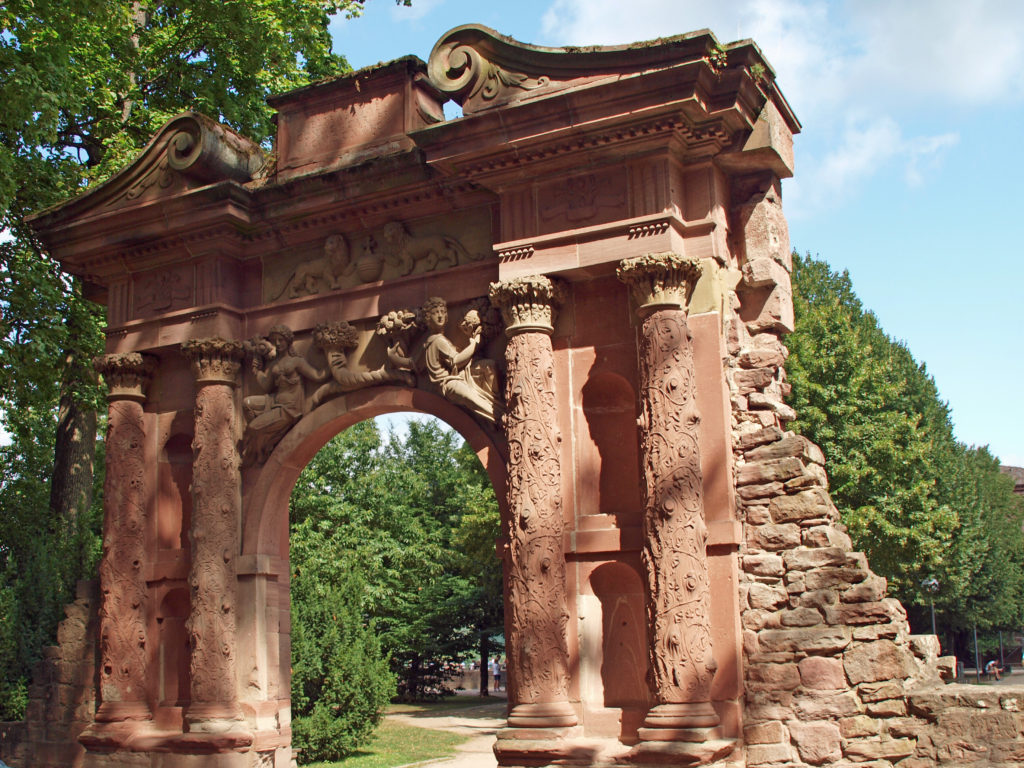
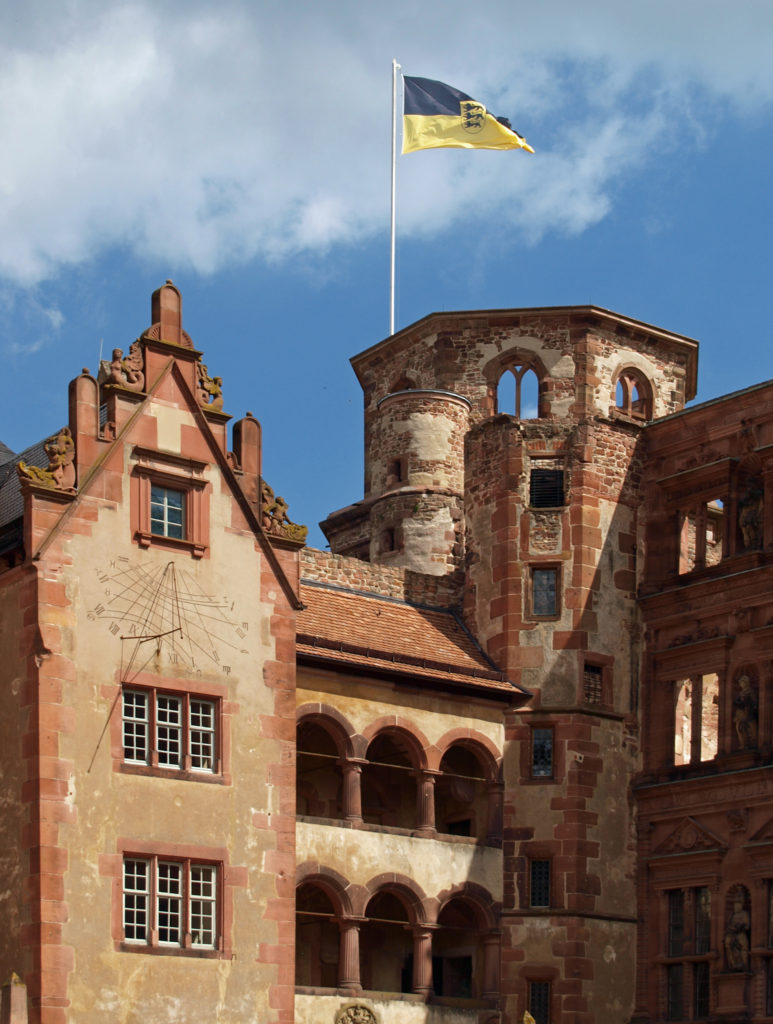
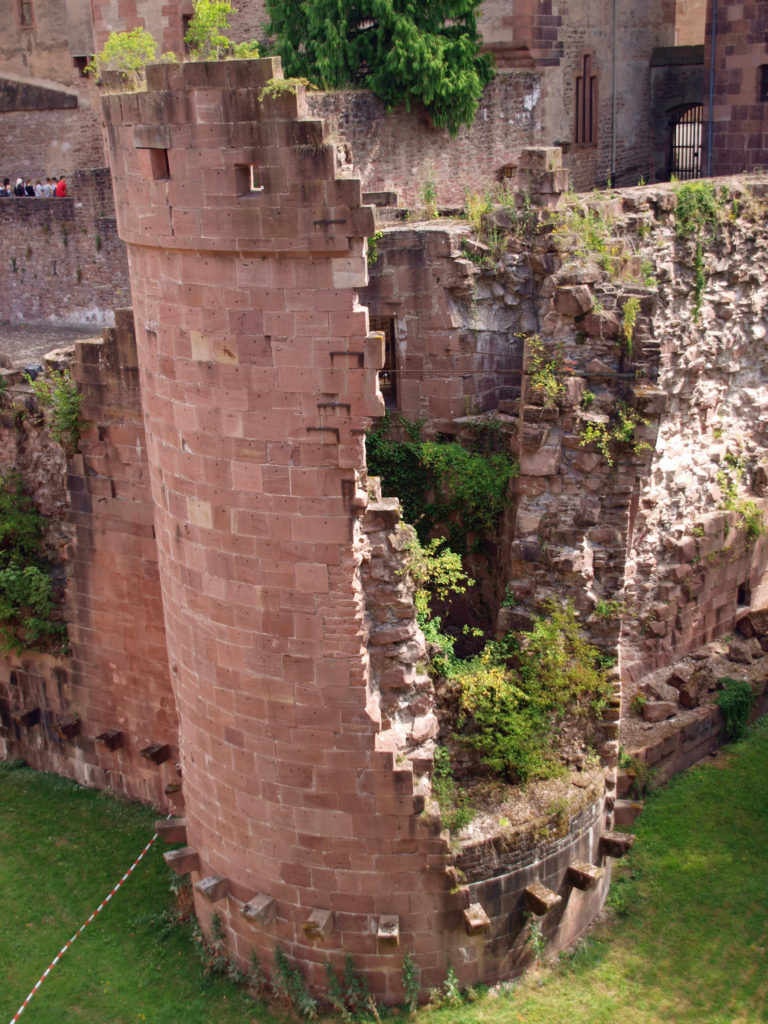 Our tour guide was a graduate student working on his doctorate in history at Heidelberg University, so we got a wealth of local history during our tour, told in an entertaining and often humorous manner. The castle ruins are a treasure trove of photo opportunities, as well. I could easily have spent a full day, or more, at the castle, but had to move on with the group.
Our tour guide was a graduate student working on his doctorate in history at Heidelberg University, so we got a wealth of local history during our tour, told in an entertaining and often humorous manner. The castle ruins are a treasure trove of photo opportunities, as well. I could easily have spent a full day, or more, at the castle, but had to move on with the group.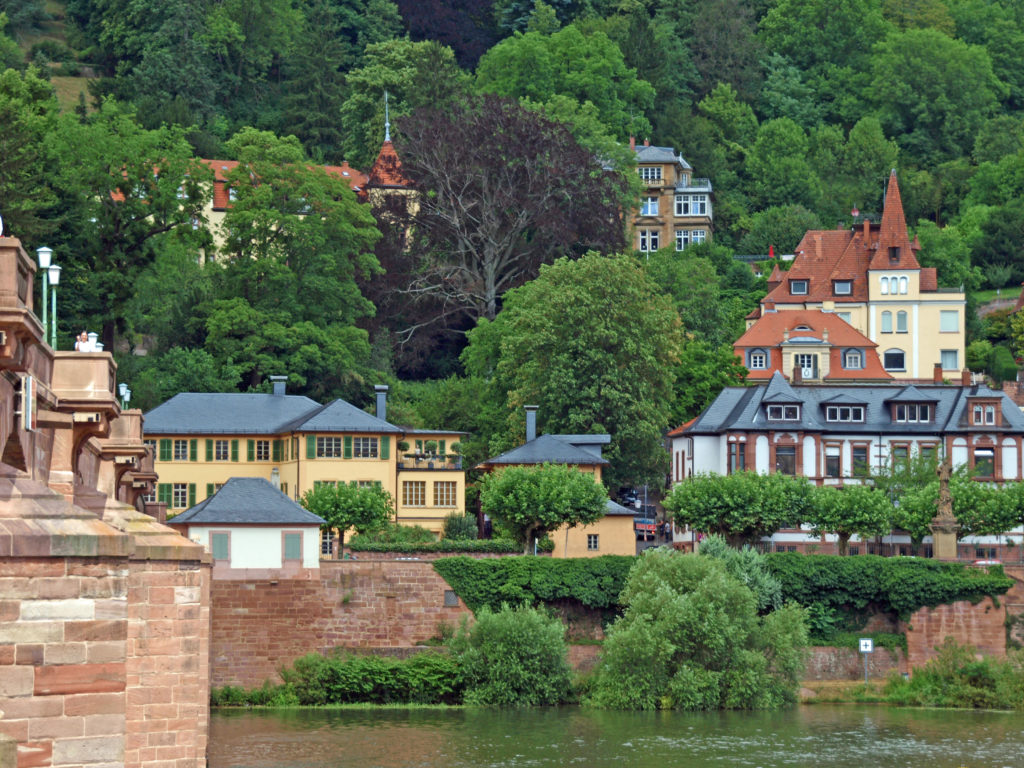
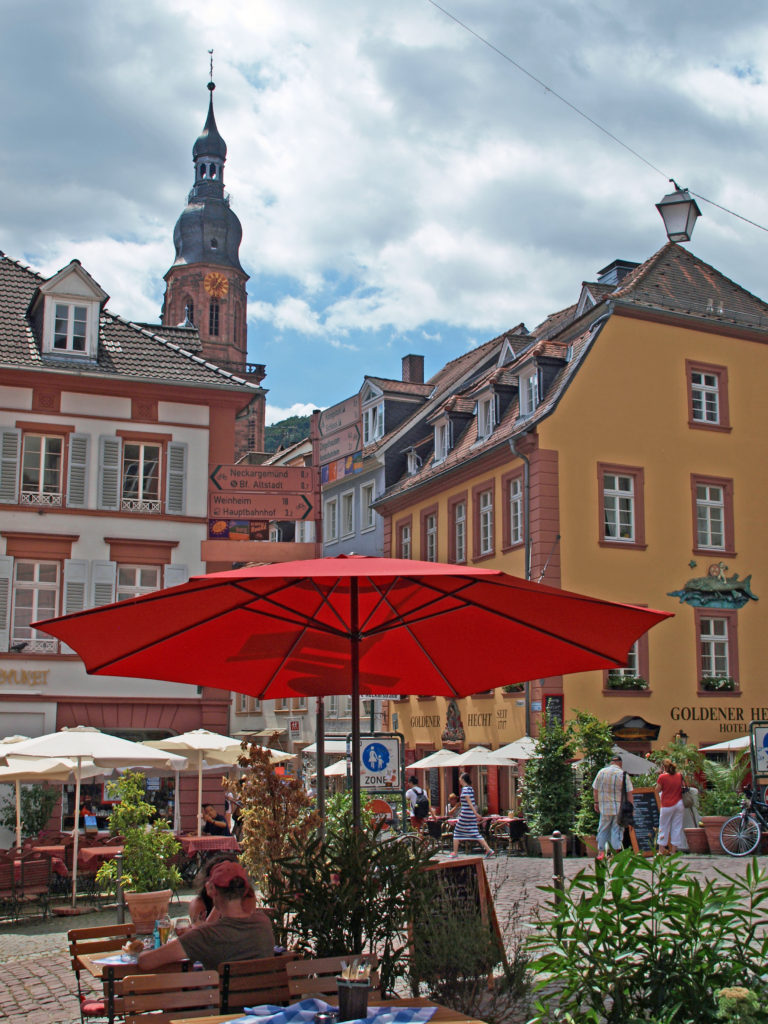
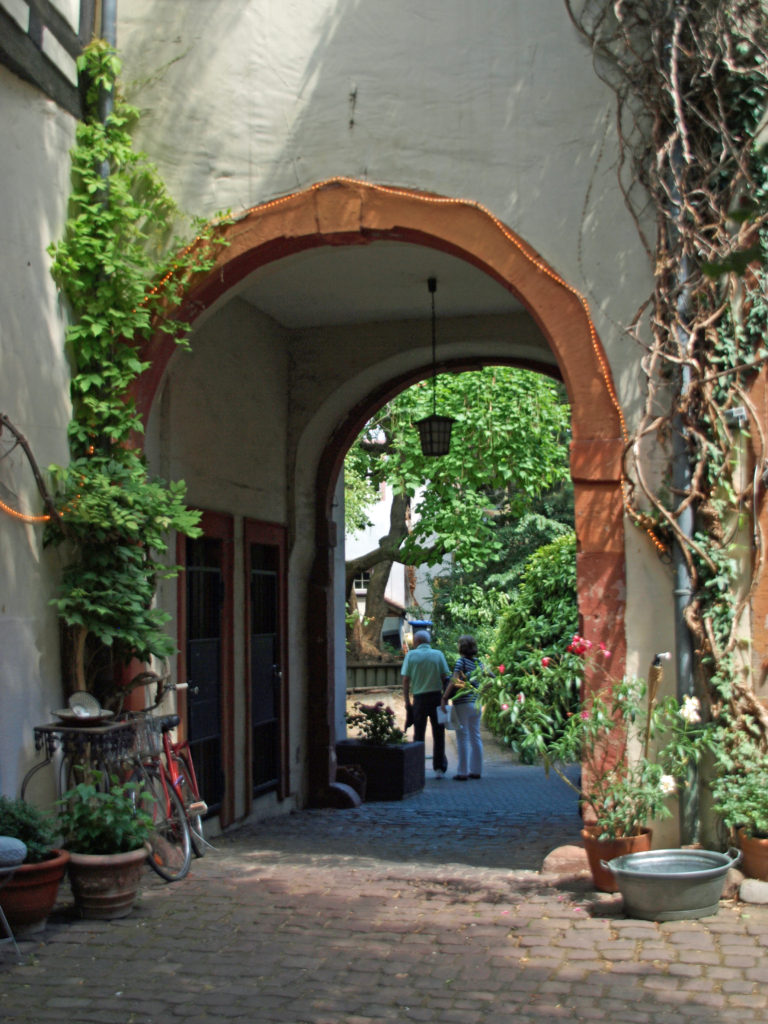 We spent an hour or so exploring the old city, then stopped at a sidewalk cafe at one of the hotels for lunch. While there, another of the couples on the cruise joined us. Fran and Victor, from Santiago, Chile, were one of the few non-American couples on the cruise. Coincidentally, Victor, who is a surgeon, had been sent to Heidelberg some time previously by the university hospital where he practiced (they had some sort of reciprocal relationship with Heidelberg University), and had stayed in the same hotel at which we were dining.
We spent an hour or so exploring the old city, then stopped at a sidewalk cafe at one of the hotels for lunch. While there, another of the couples on the cruise joined us. Fran and Victor, from Santiago, Chile, were one of the few non-American couples on the cruise. Coincidentally, Victor, who is a surgeon, had been sent to Heidelberg some time previously by the university hospital where he practiced (they had some sort of reciprocal relationship with Heidelberg University), and had stayed in the same hotel at which we were dining.
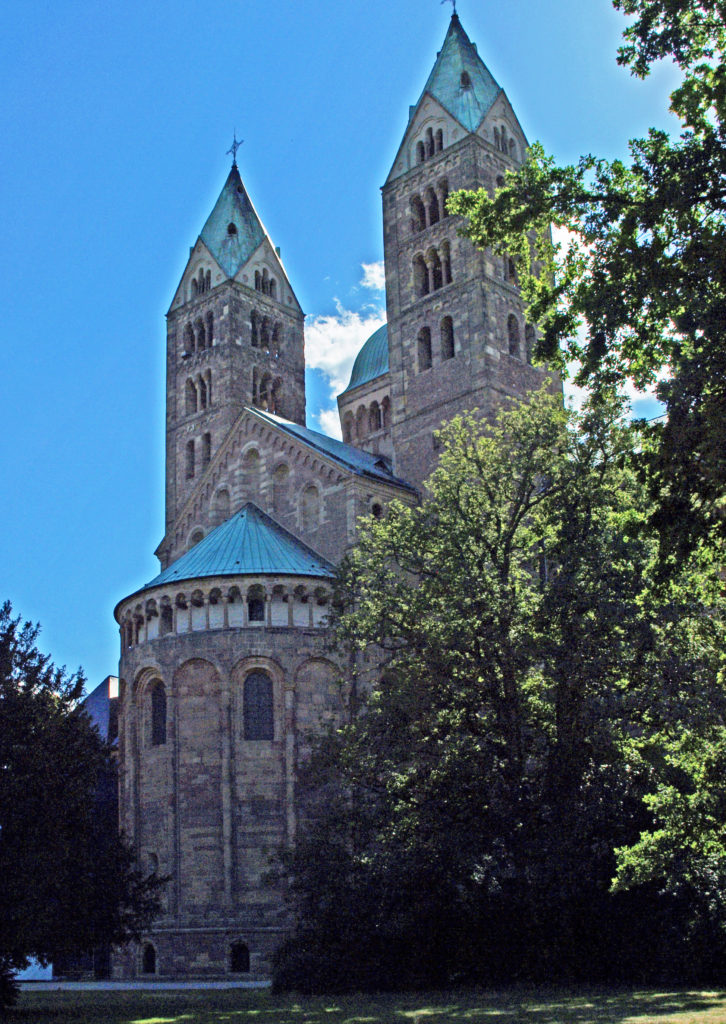
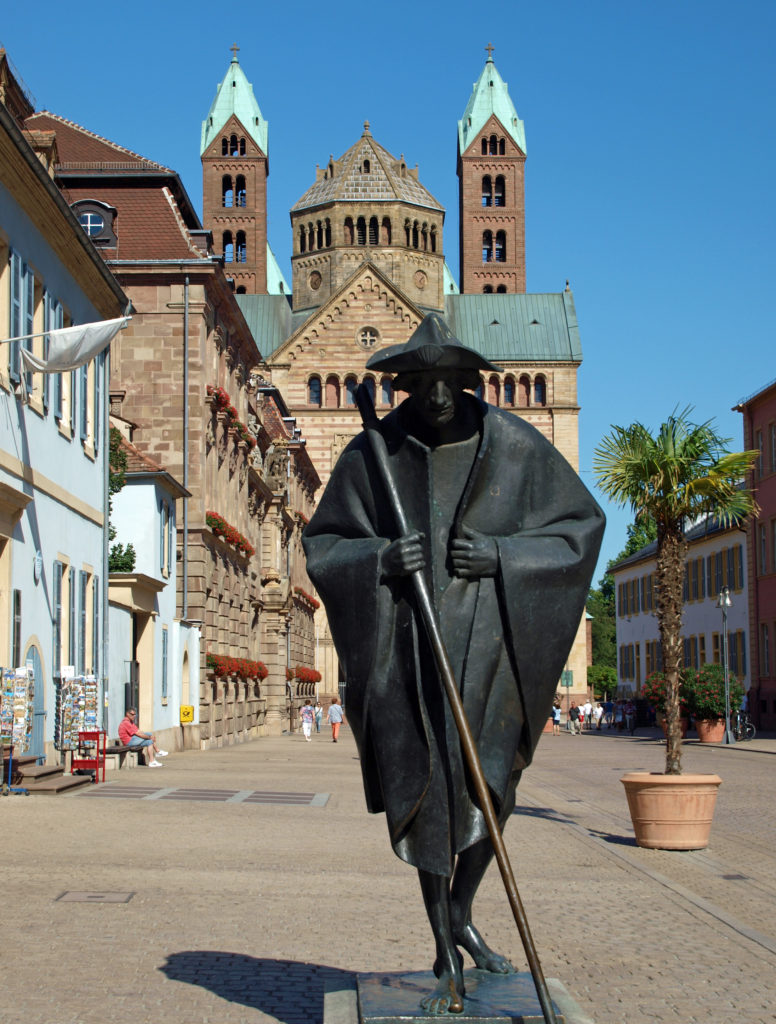
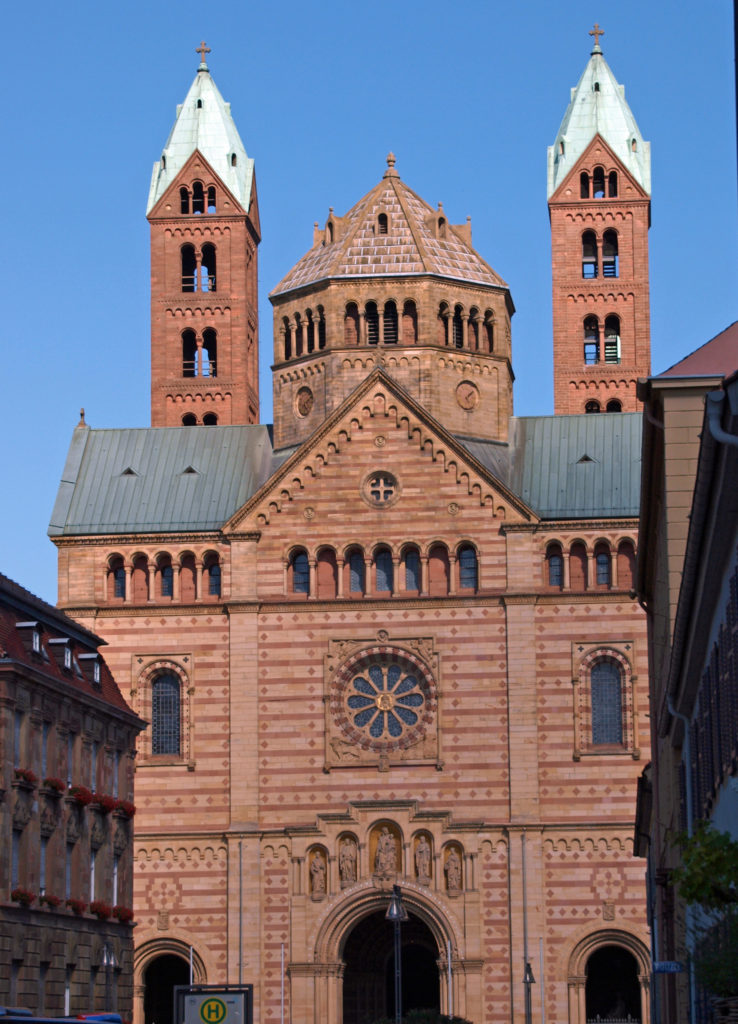
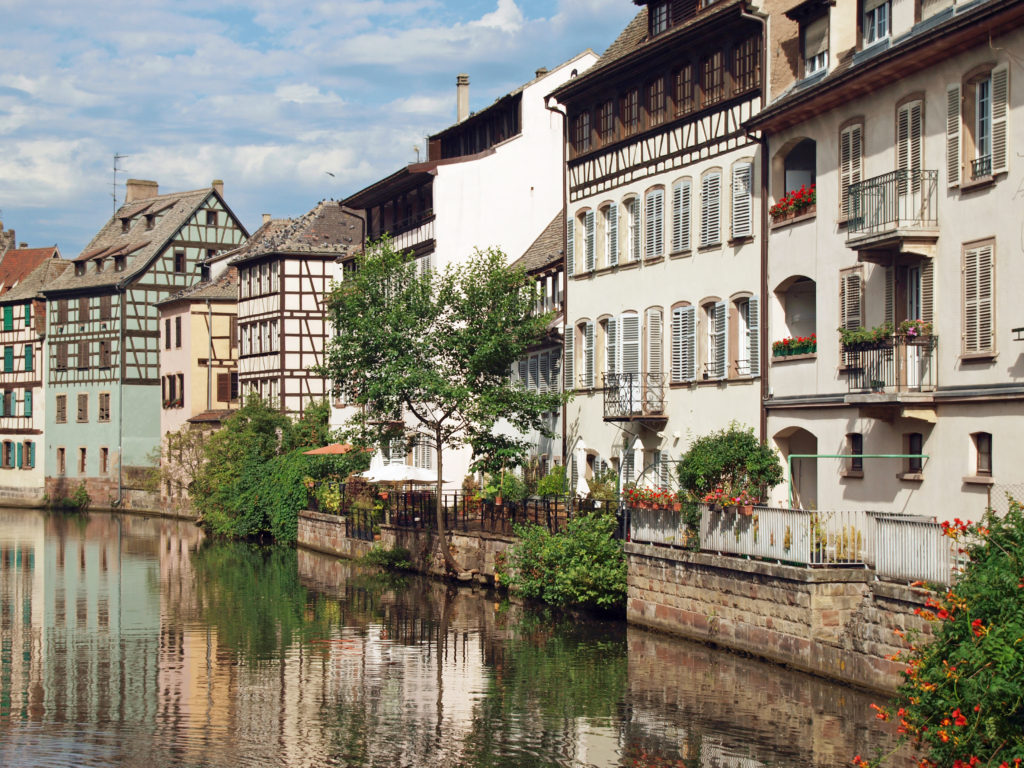
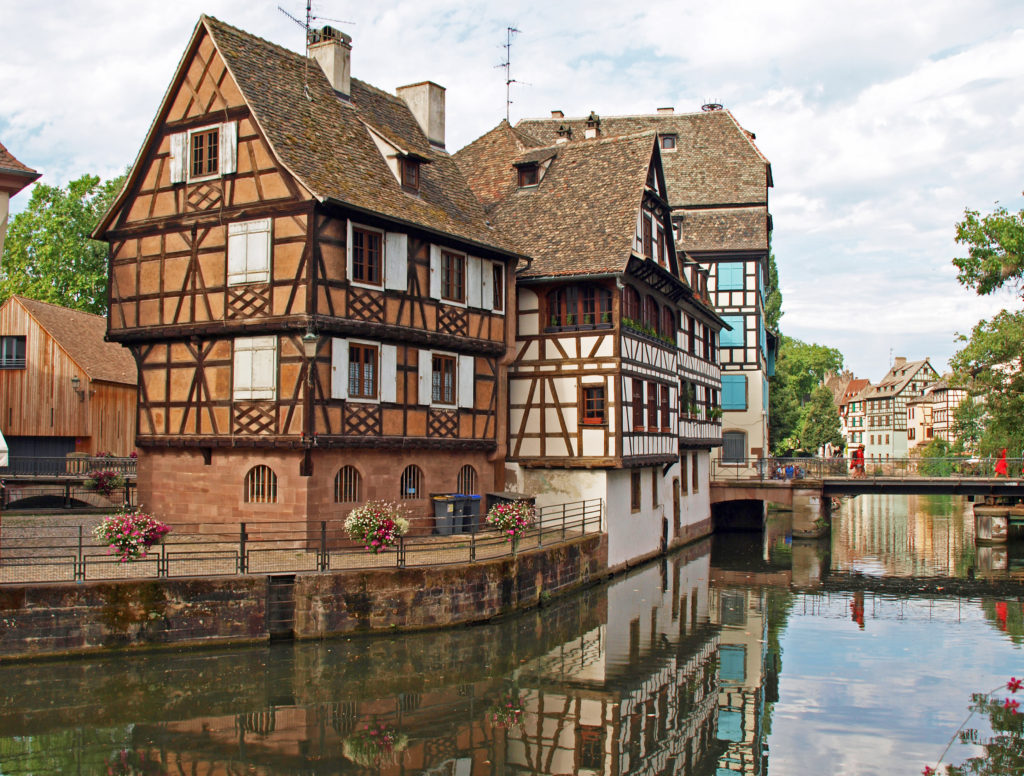
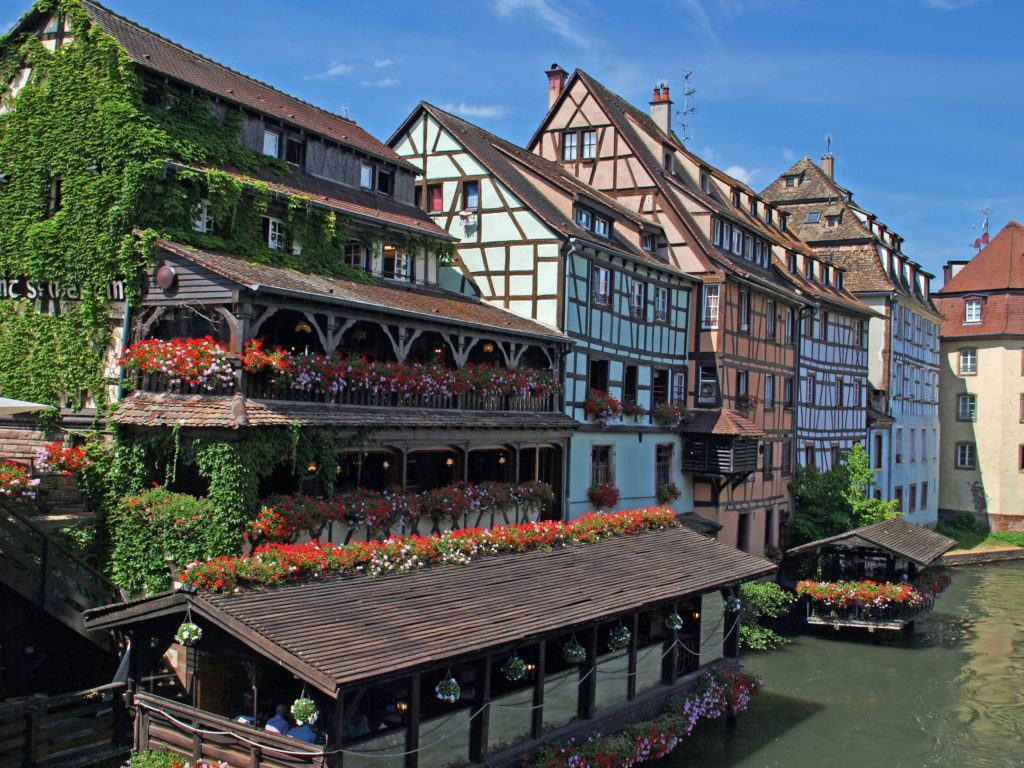
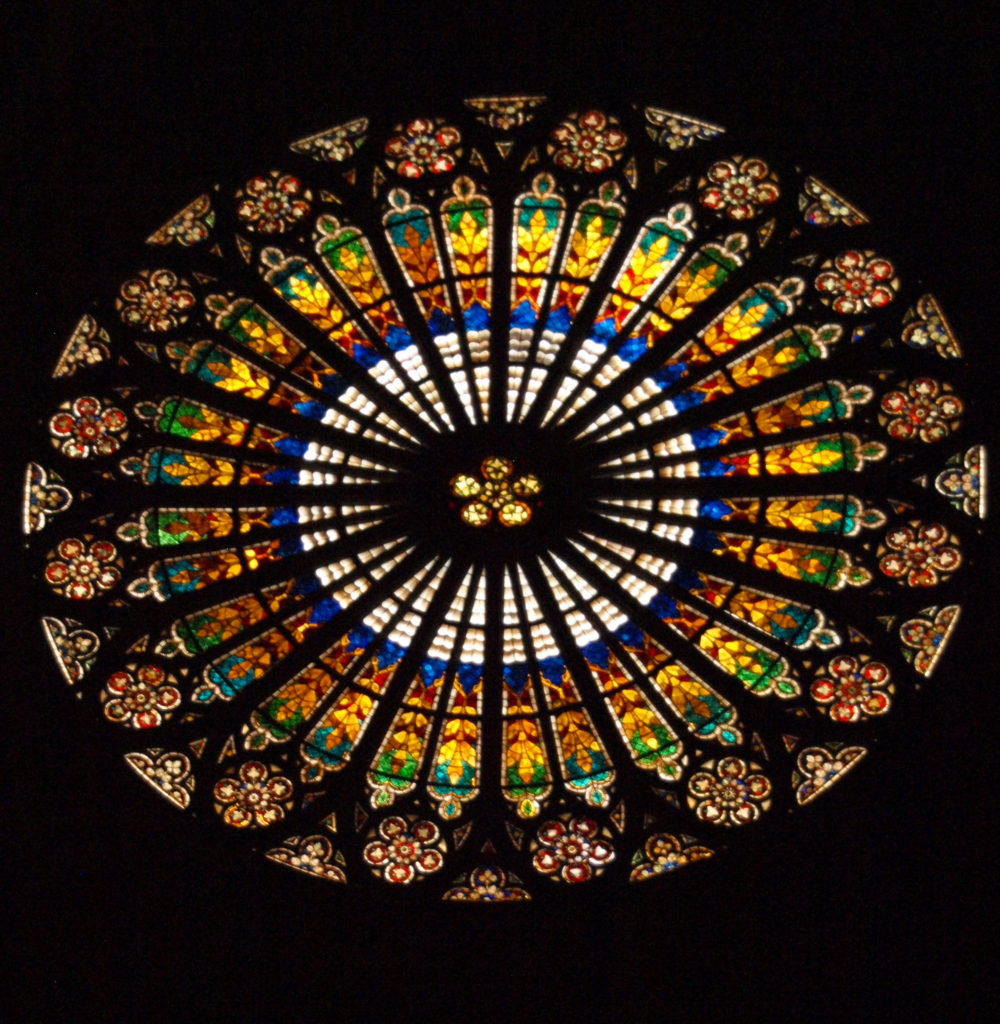
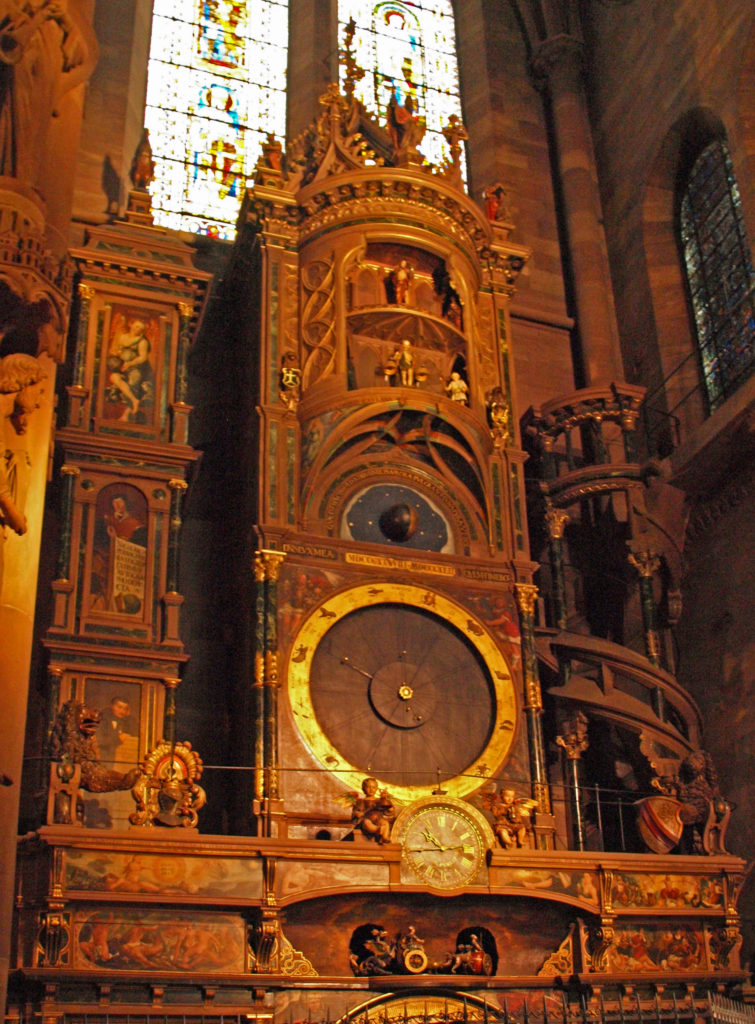
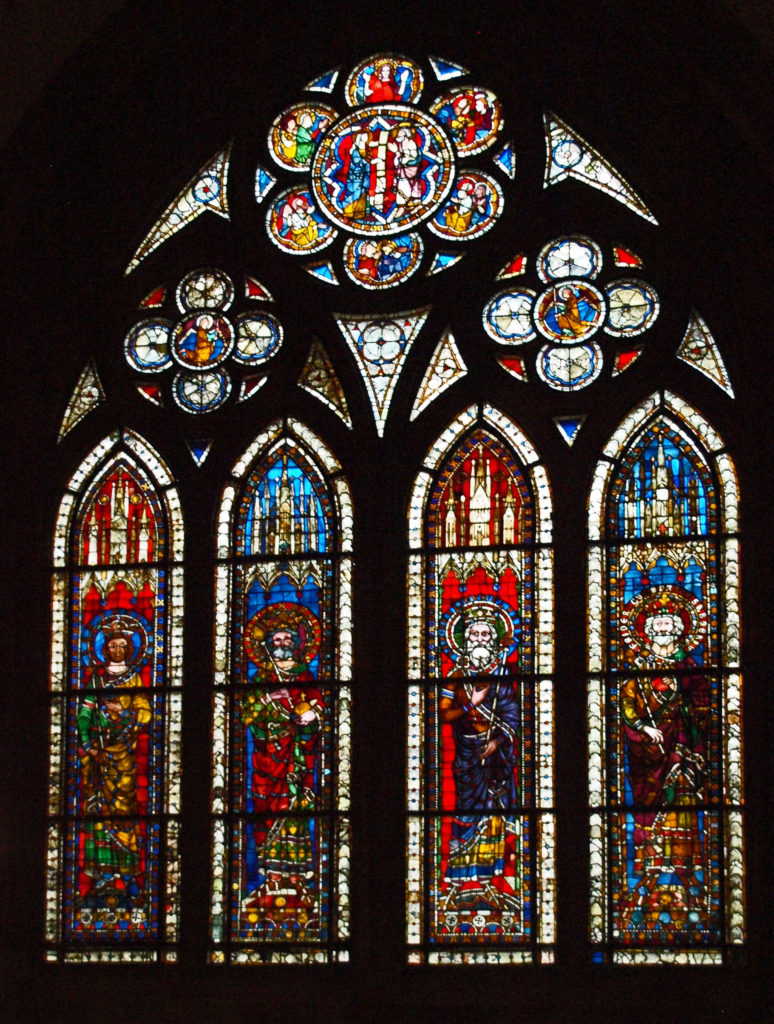
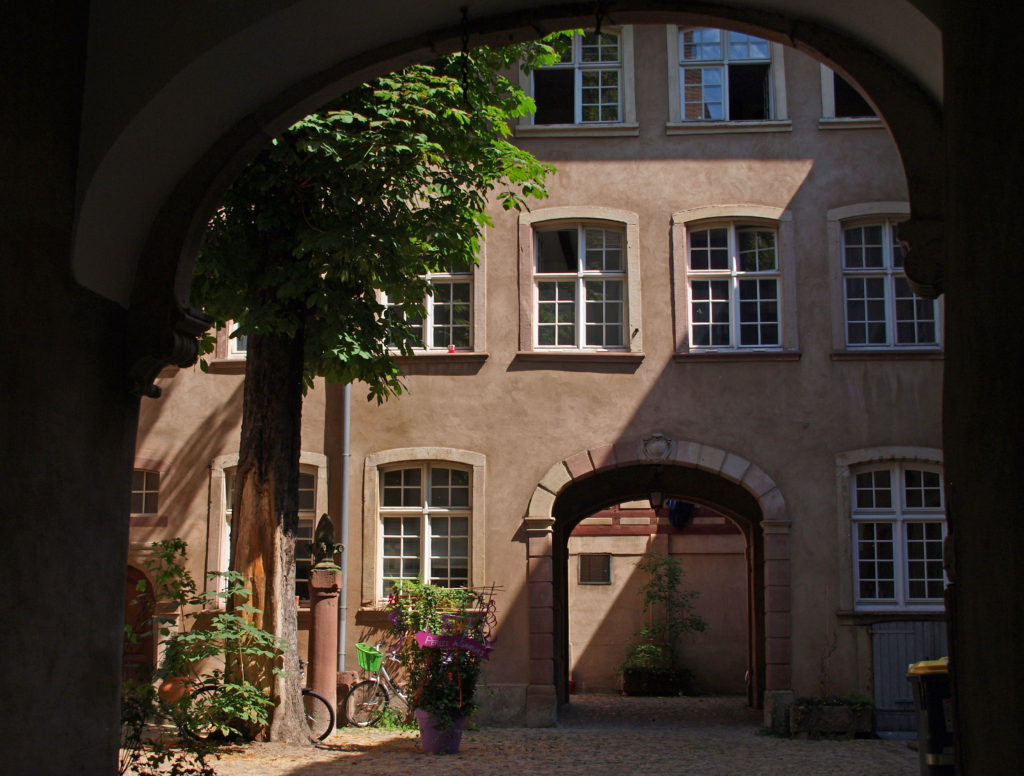
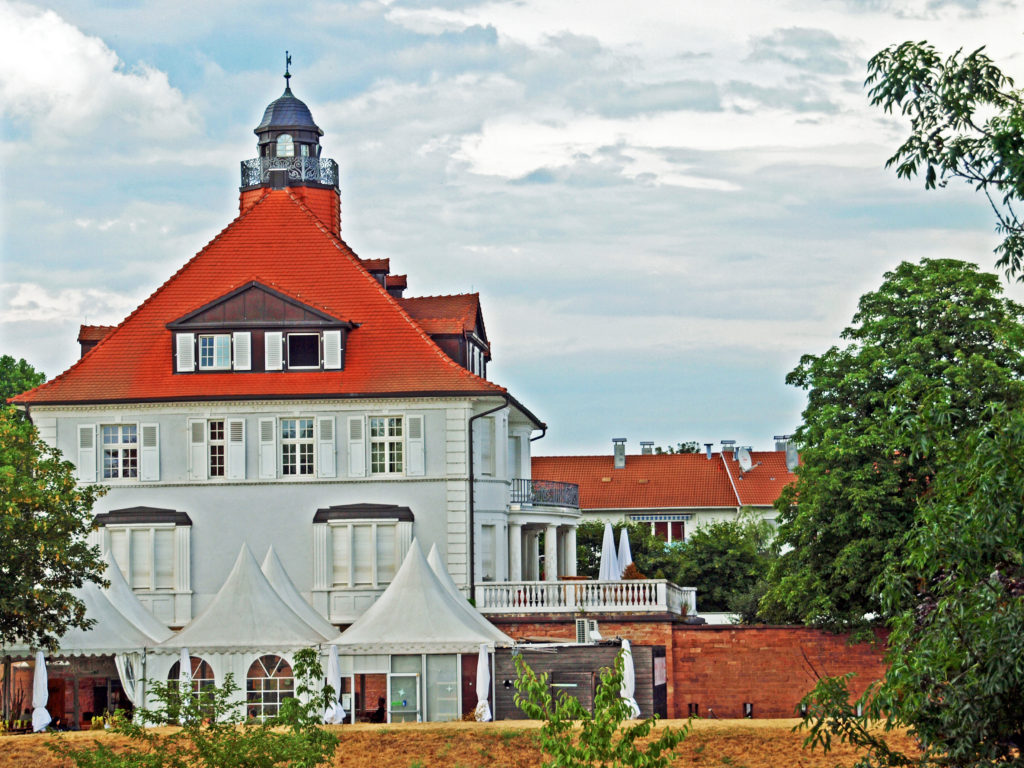 From Kehl, the ship sailed that evening to Breisach, Germany. Our excursions on the following day took us to Freiburg, Germany and Colmar, France. Look for an upcoming post on those outings.
From Kehl, the ship sailed that evening to Breisach, Germany. Our excursions on the following day took us to Freiburg, Germany and Colmar, France. Look for an upcoming post on those outings.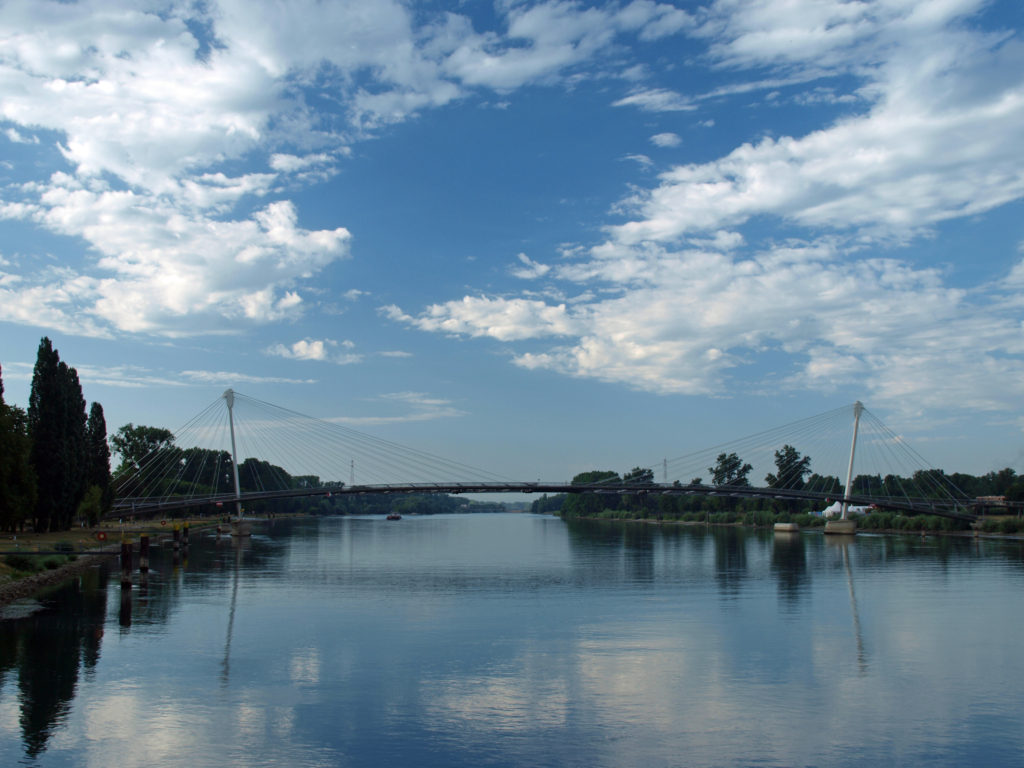
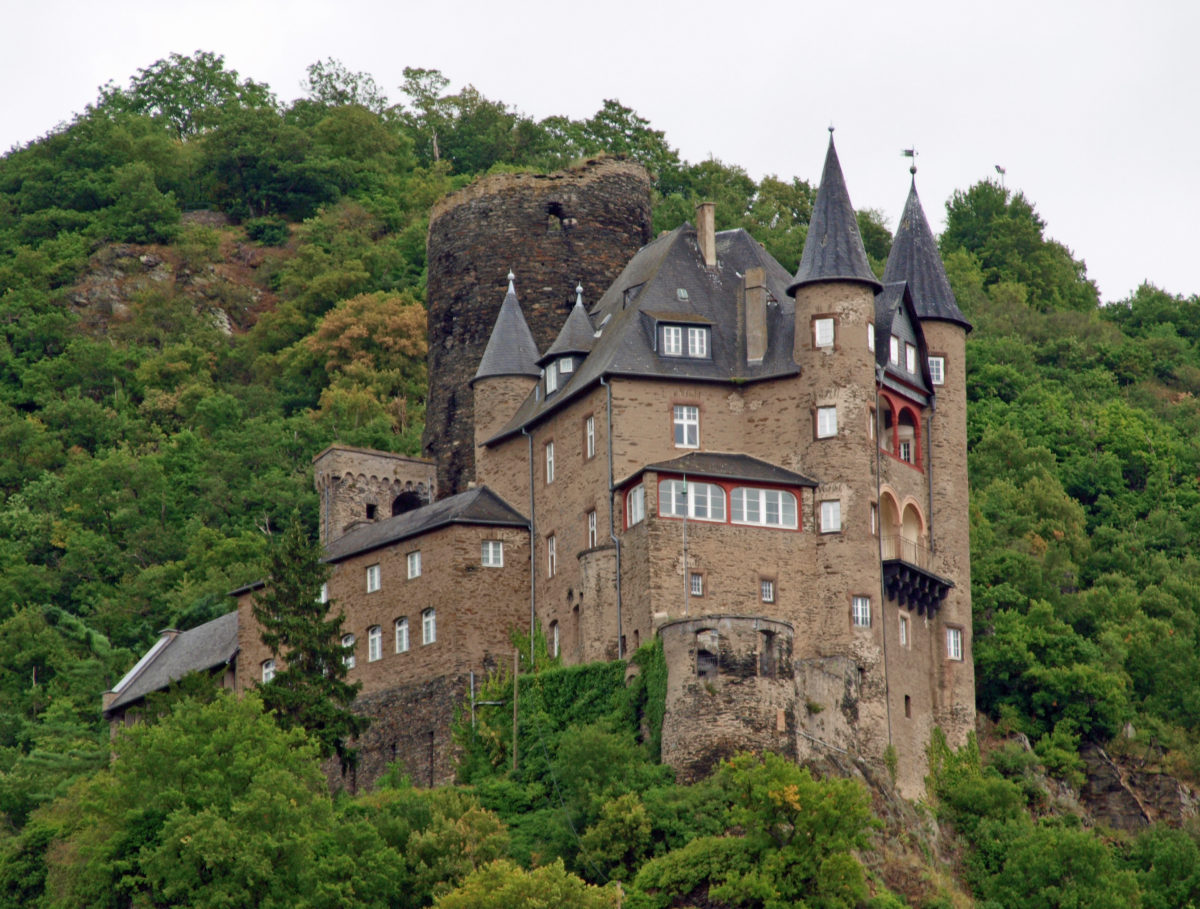
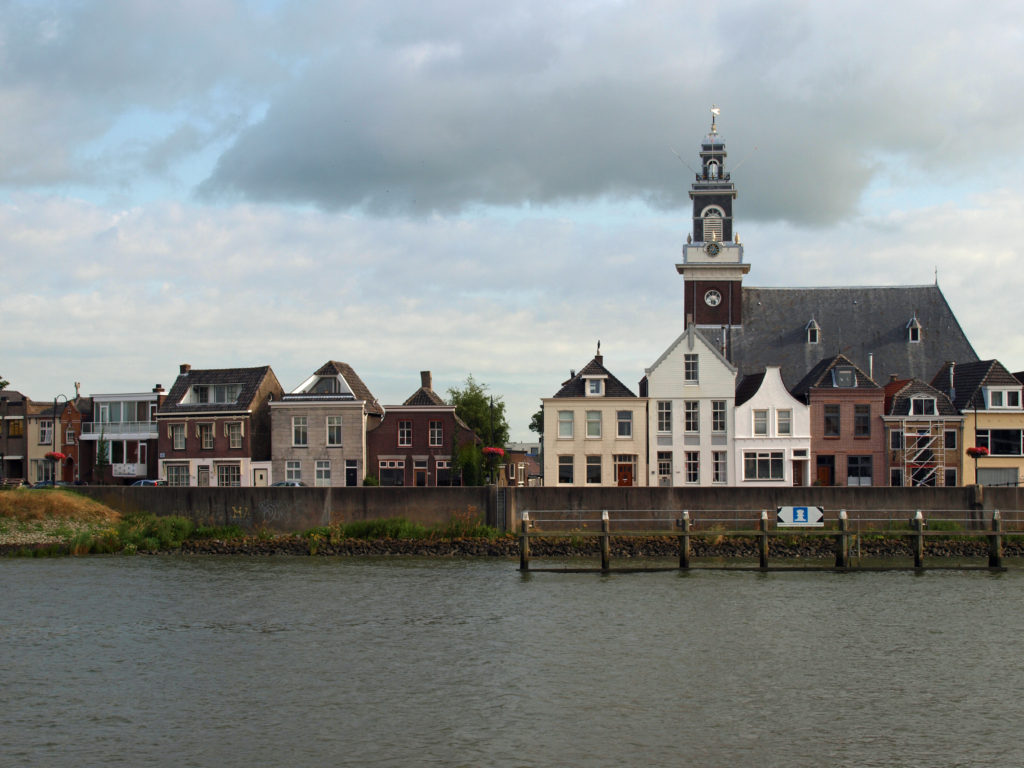
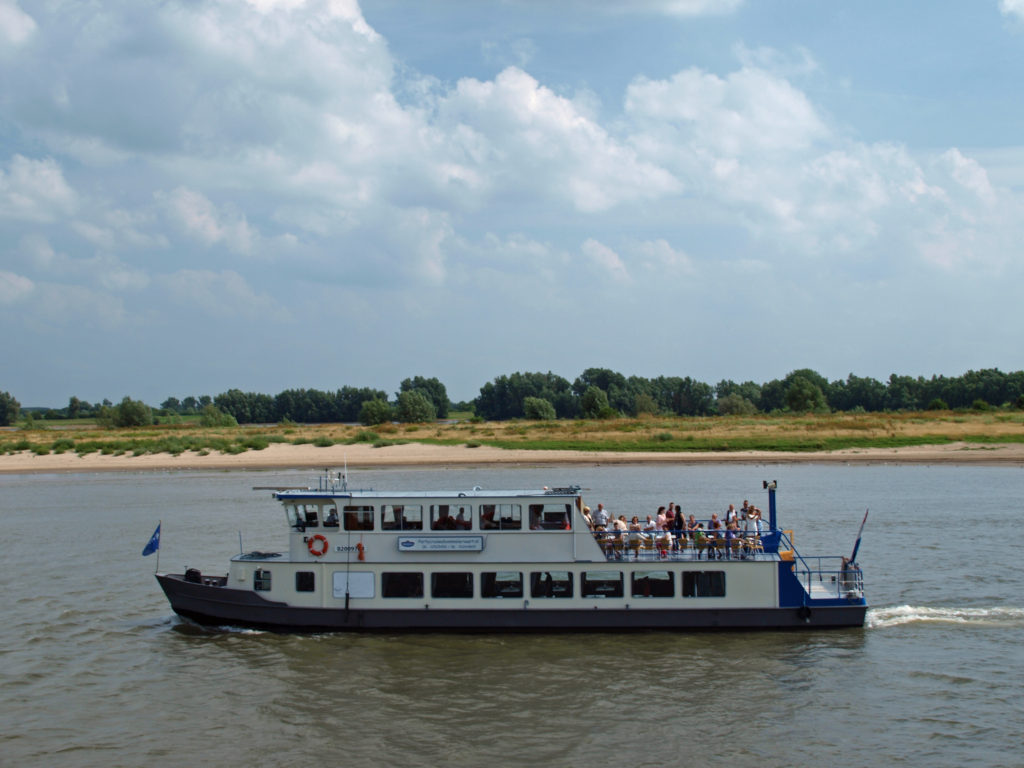
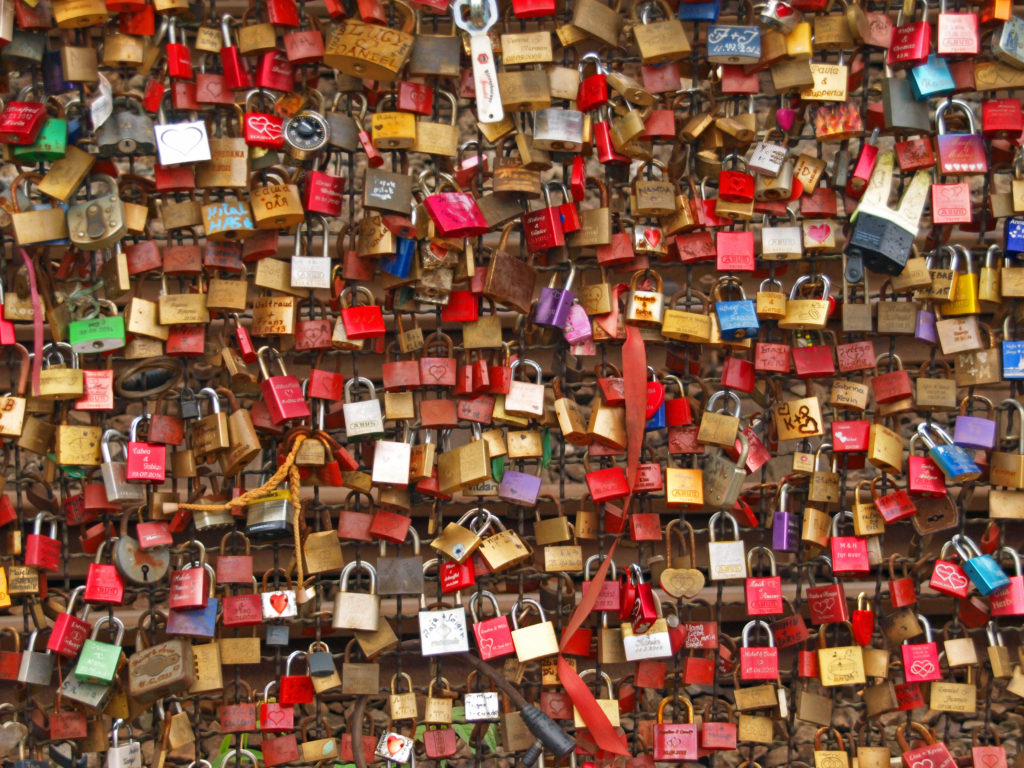
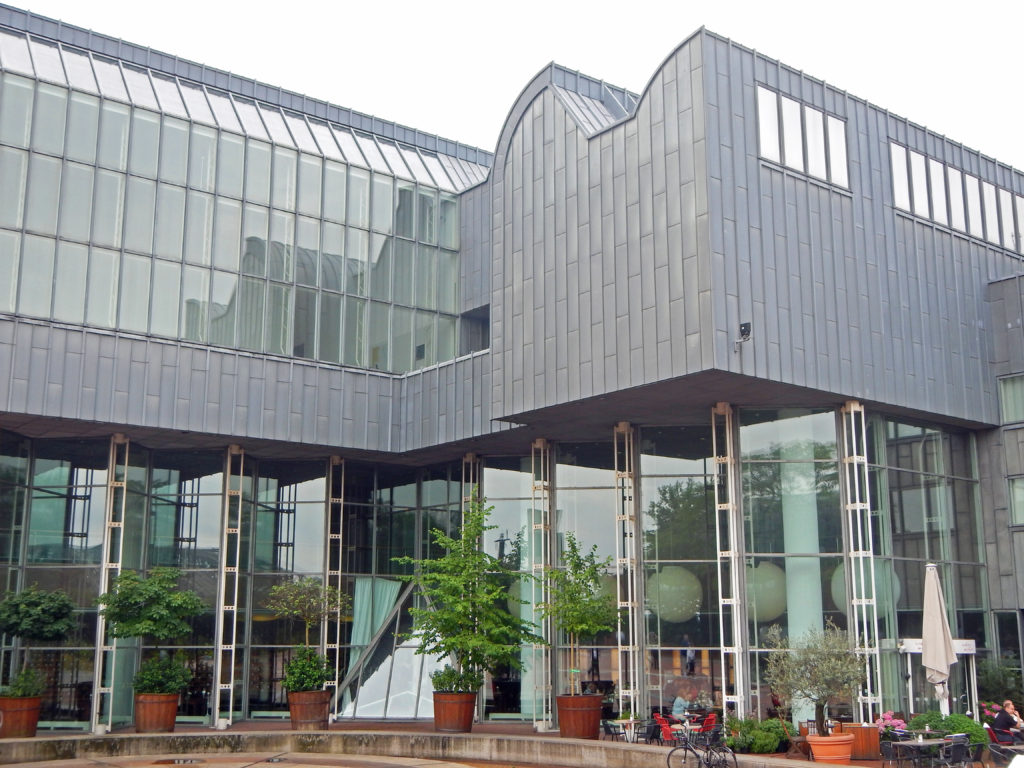
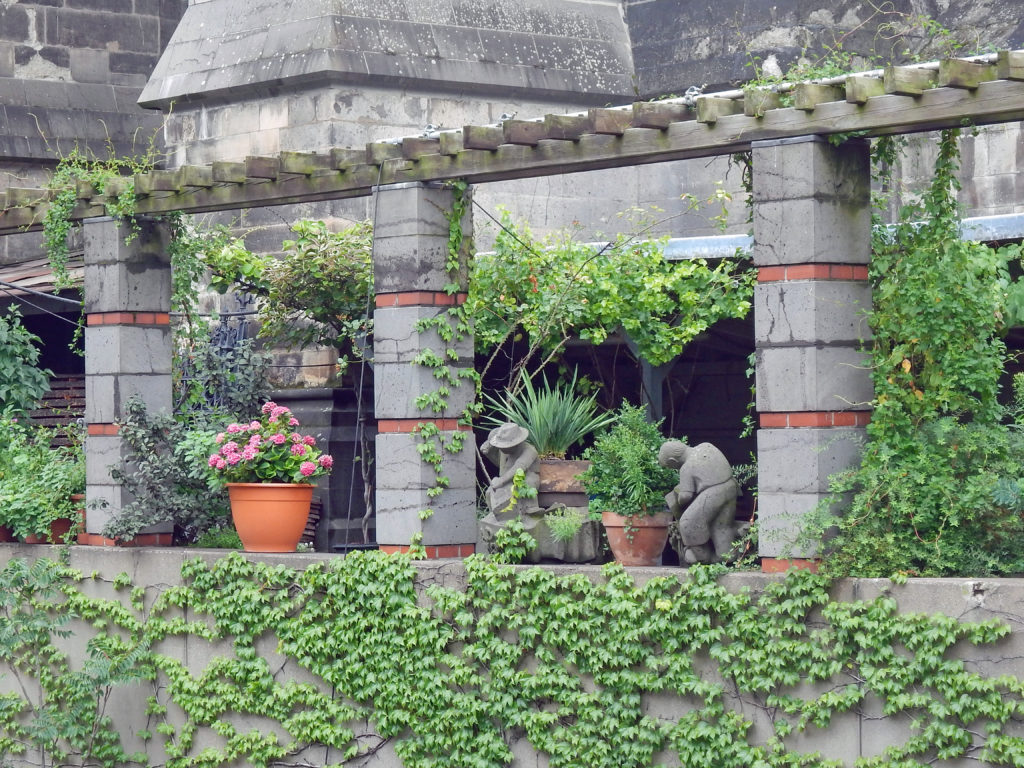
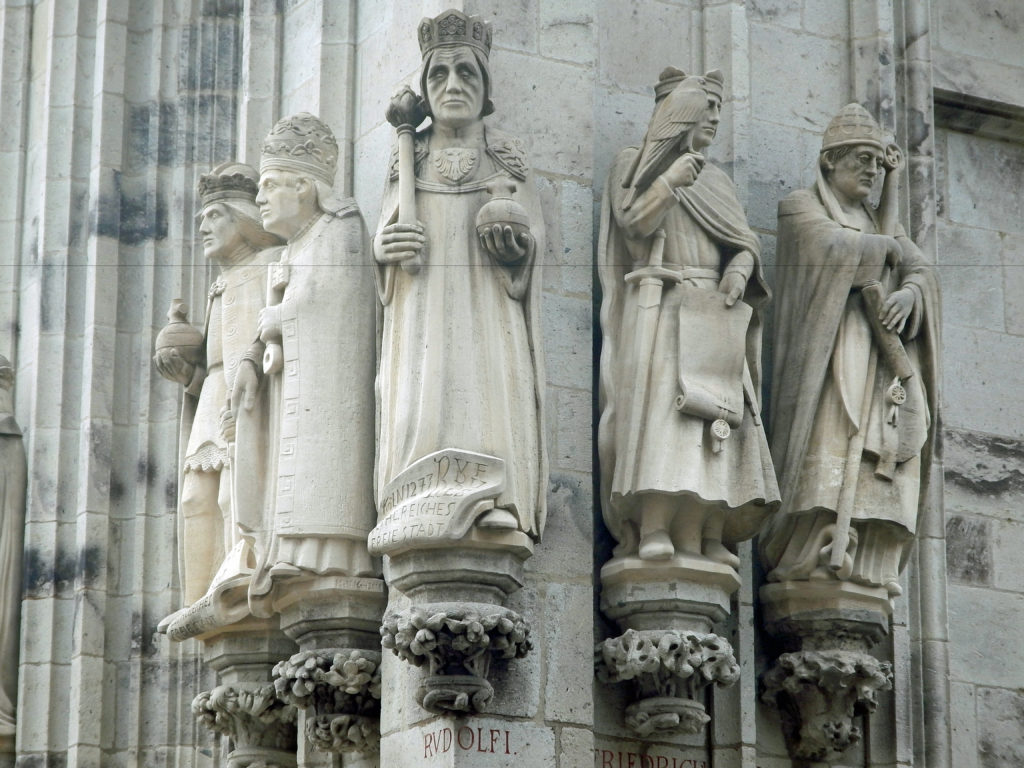
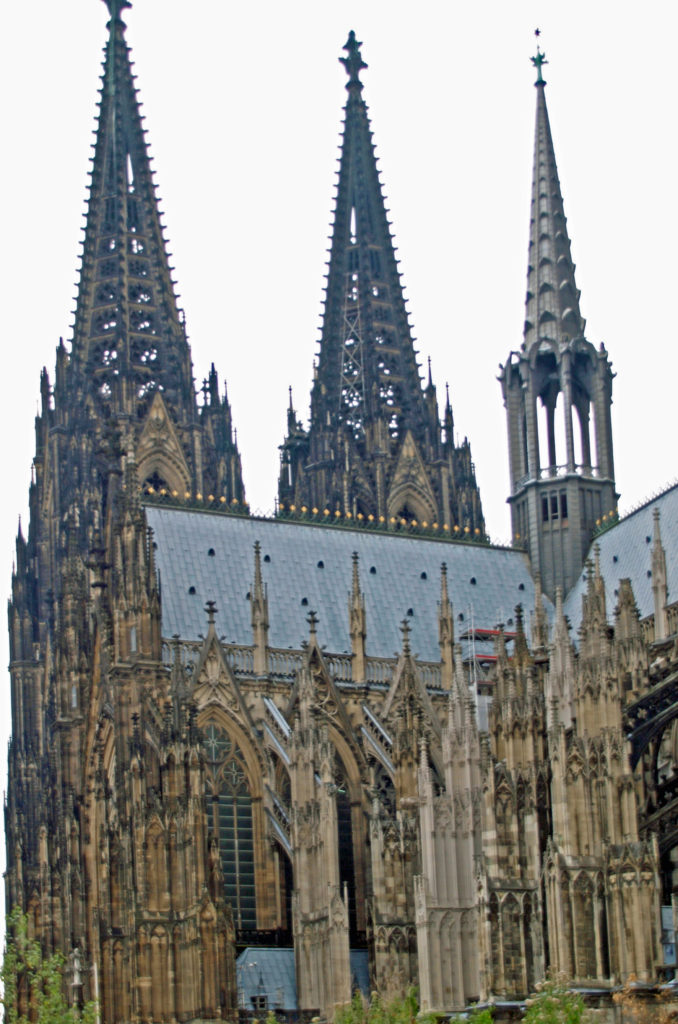
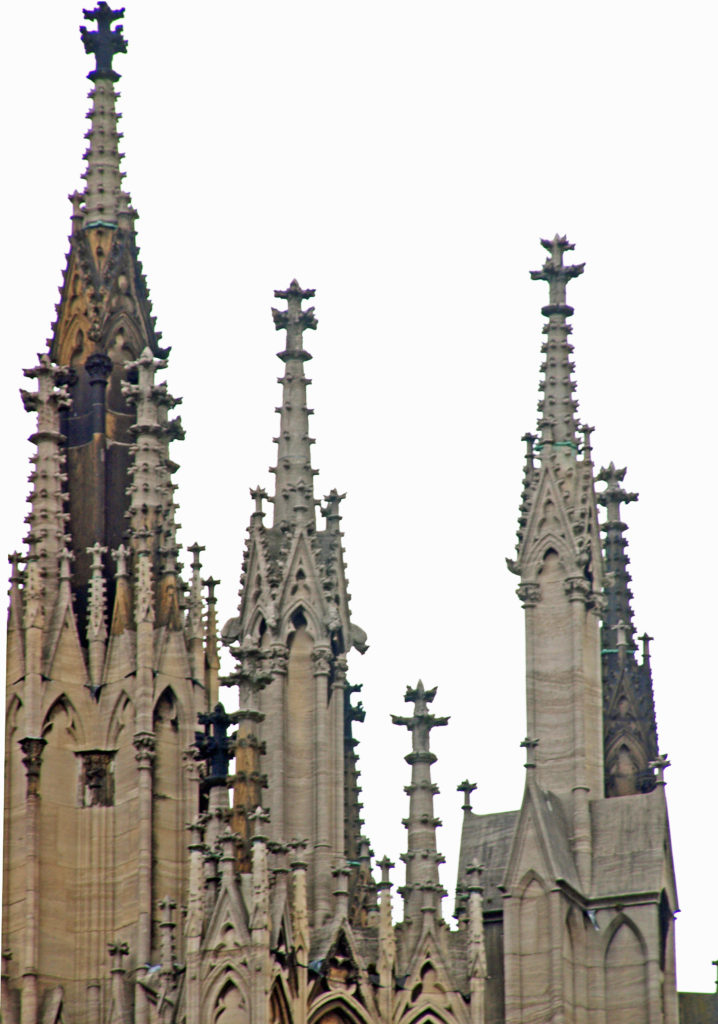
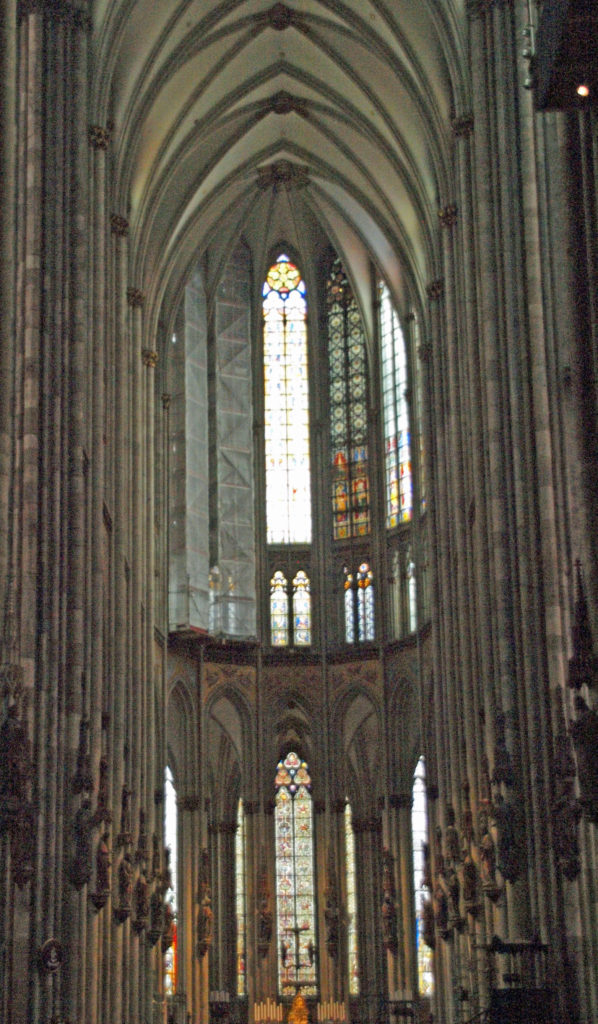 Construction of the Cologne Cathedral began in 1248. In 1478 construction was halted and the cathedral remained unfinished for another 400 years. It wasn’t until 1880 that it was completed to the original medieval plan. The cathedral was damaged by a number of bombing raids in WWII, but remained standing, and repairs were completed in 1956.
Construction of the Cologne Cathedral began in 1248. In 1478 construction was halted and the cathedral remained unfinished for another 400 years. It wasn’t until 1880 that it was completed to the original medieval plan. The cathedral was damaged by a number of bombing raids in WWII, but remained standing, and repairs were completed in 1956.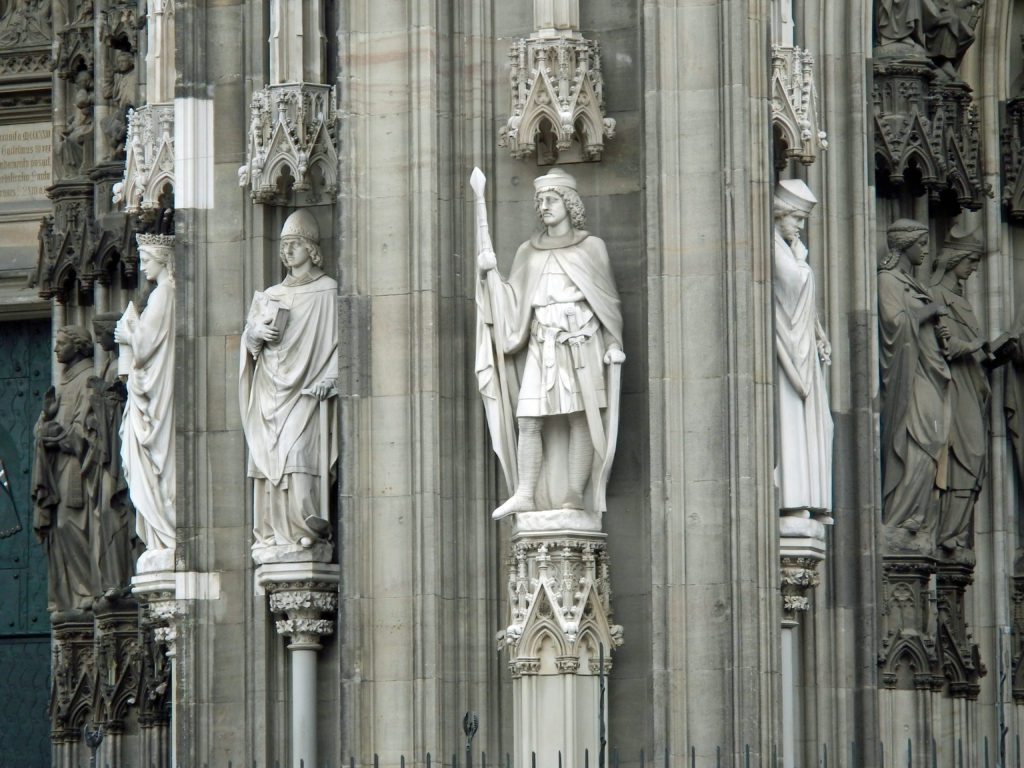
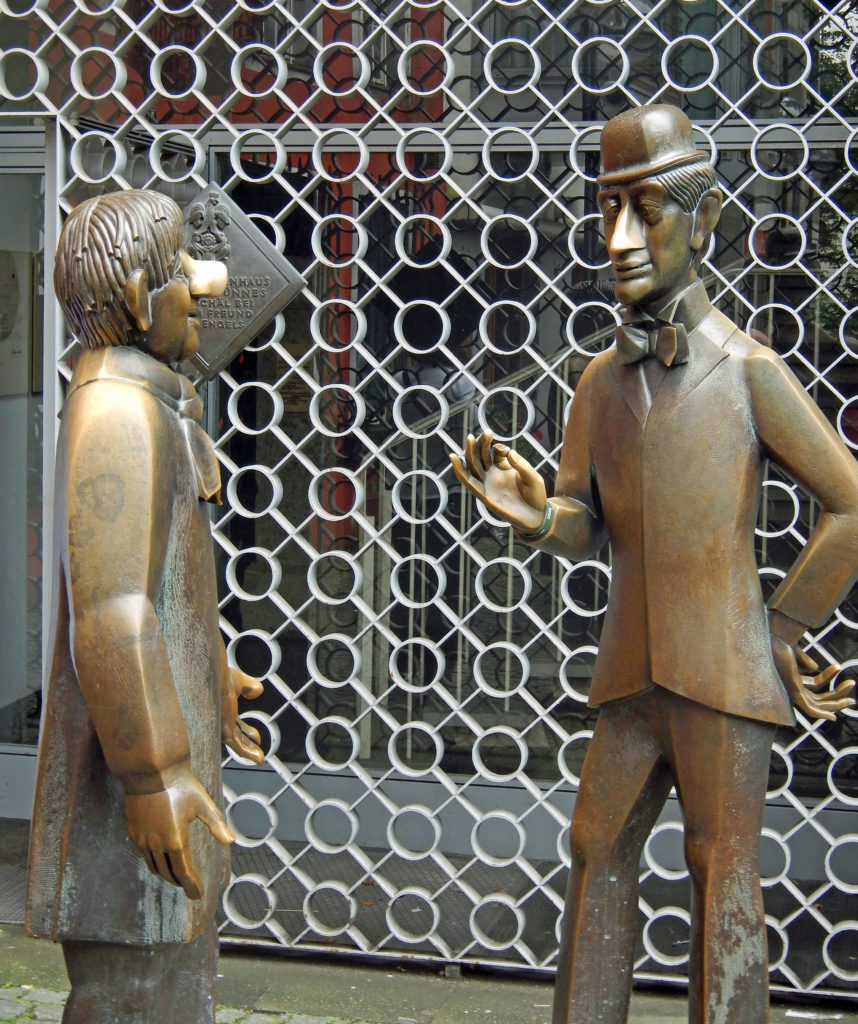 Our second tour in Cologne was an optional pub crawl that evening, led by a local guide. In Cologne each pub has a working agreement with one of the local breweries that produce the local brew, called
Our second tour in Cologne was an optional pub crawl that evening, led by a local guide. In Cologne each pub has a working agreement with one of the local breweries that produce the local brew, called 